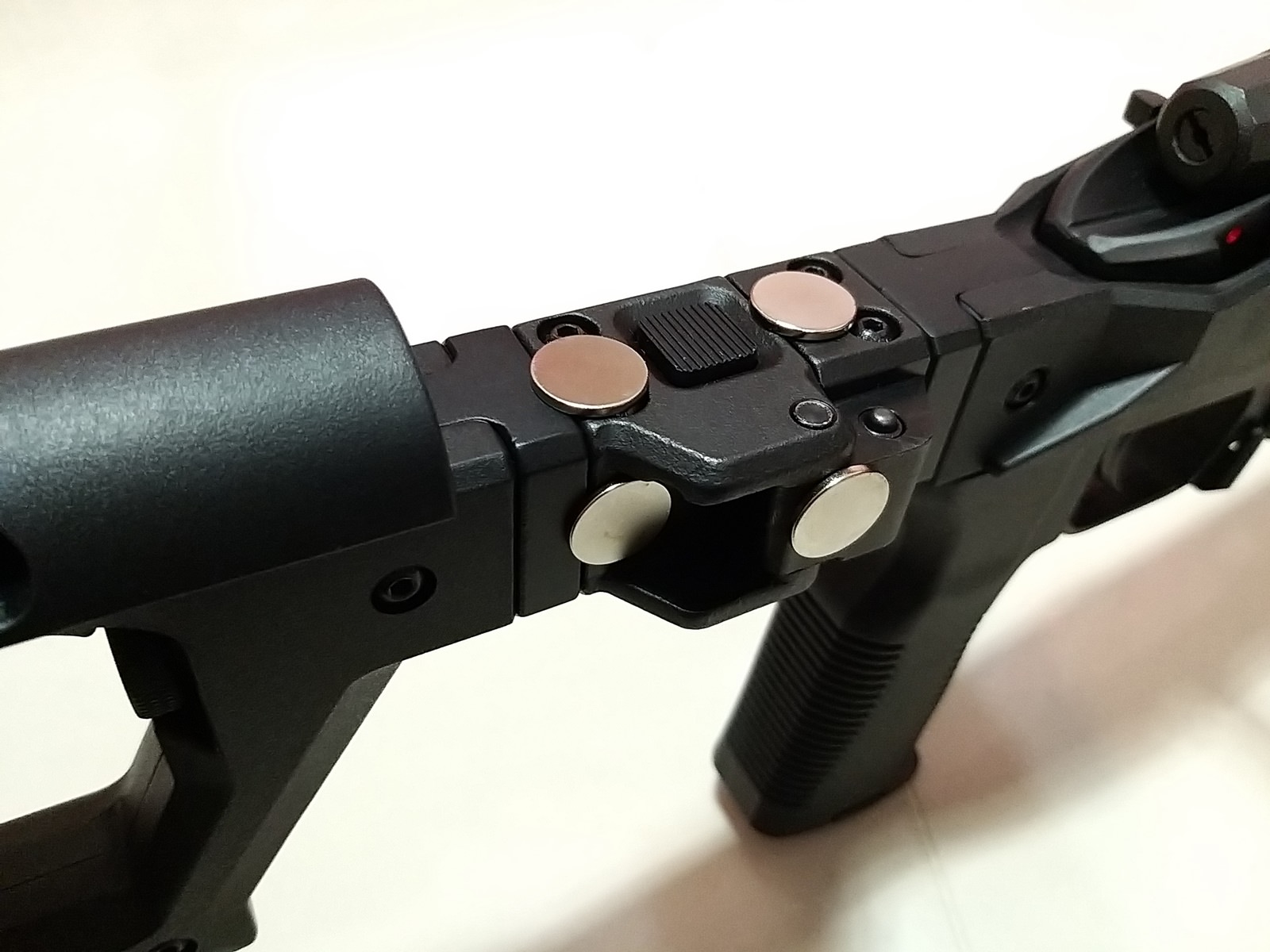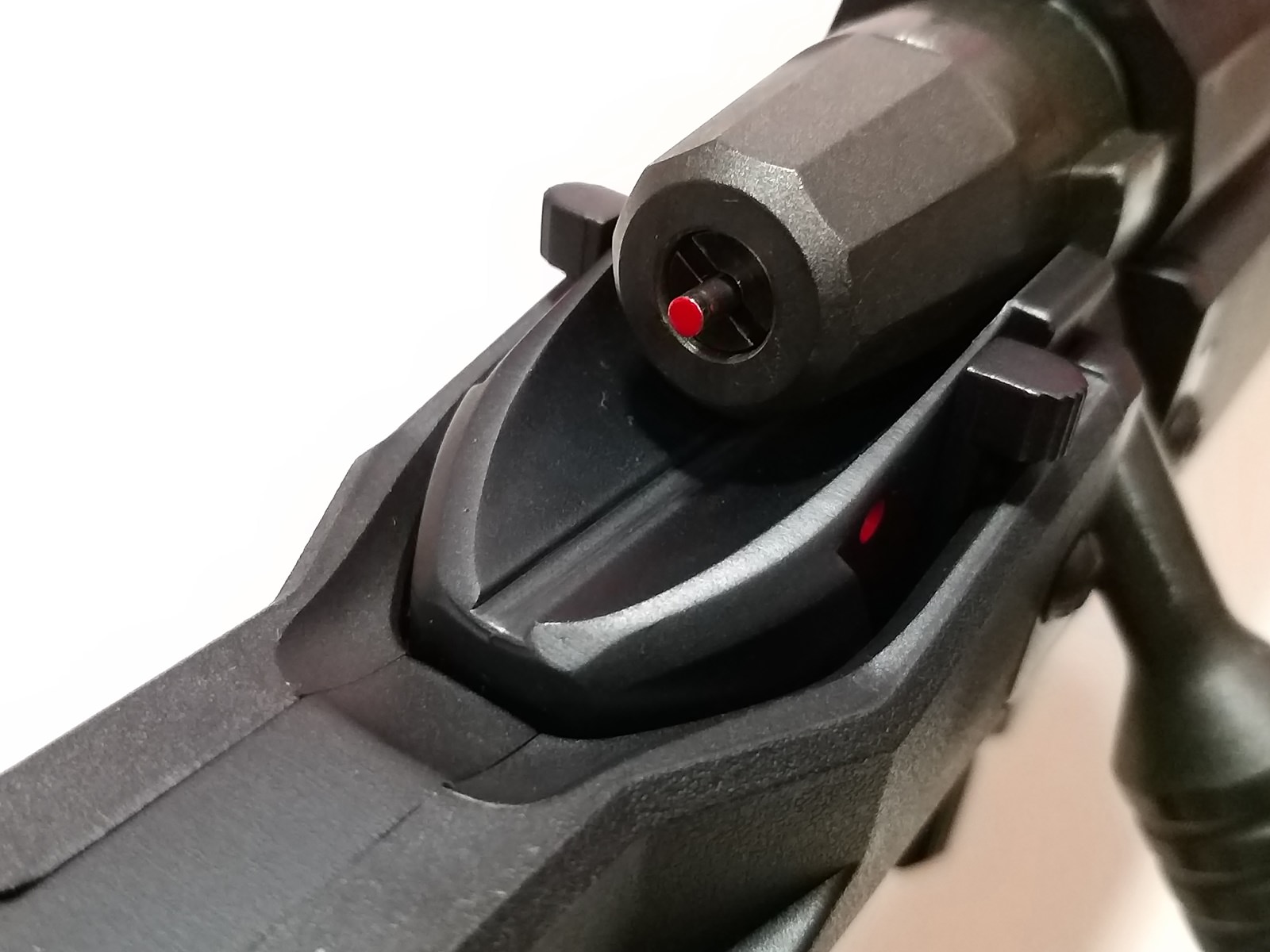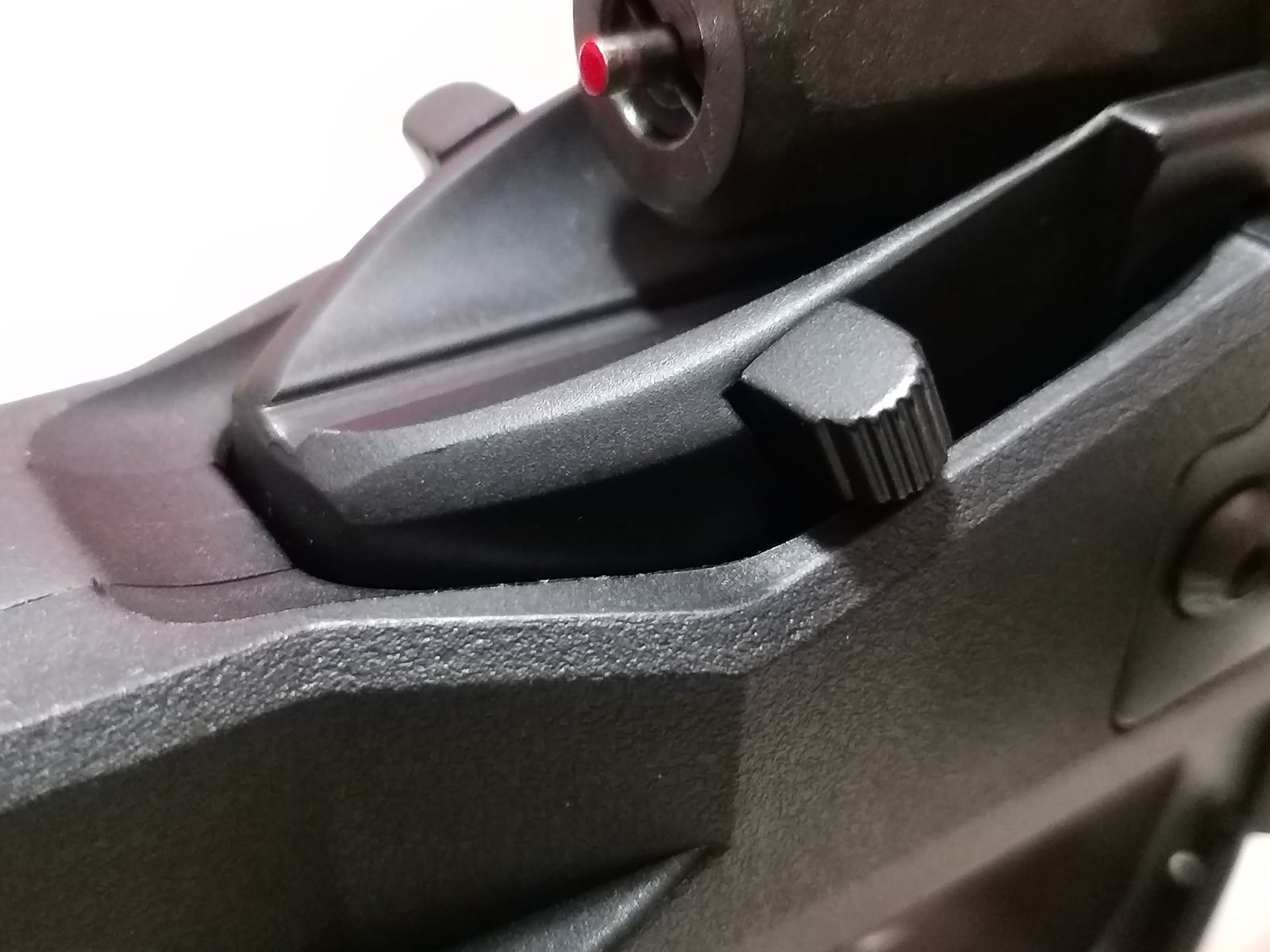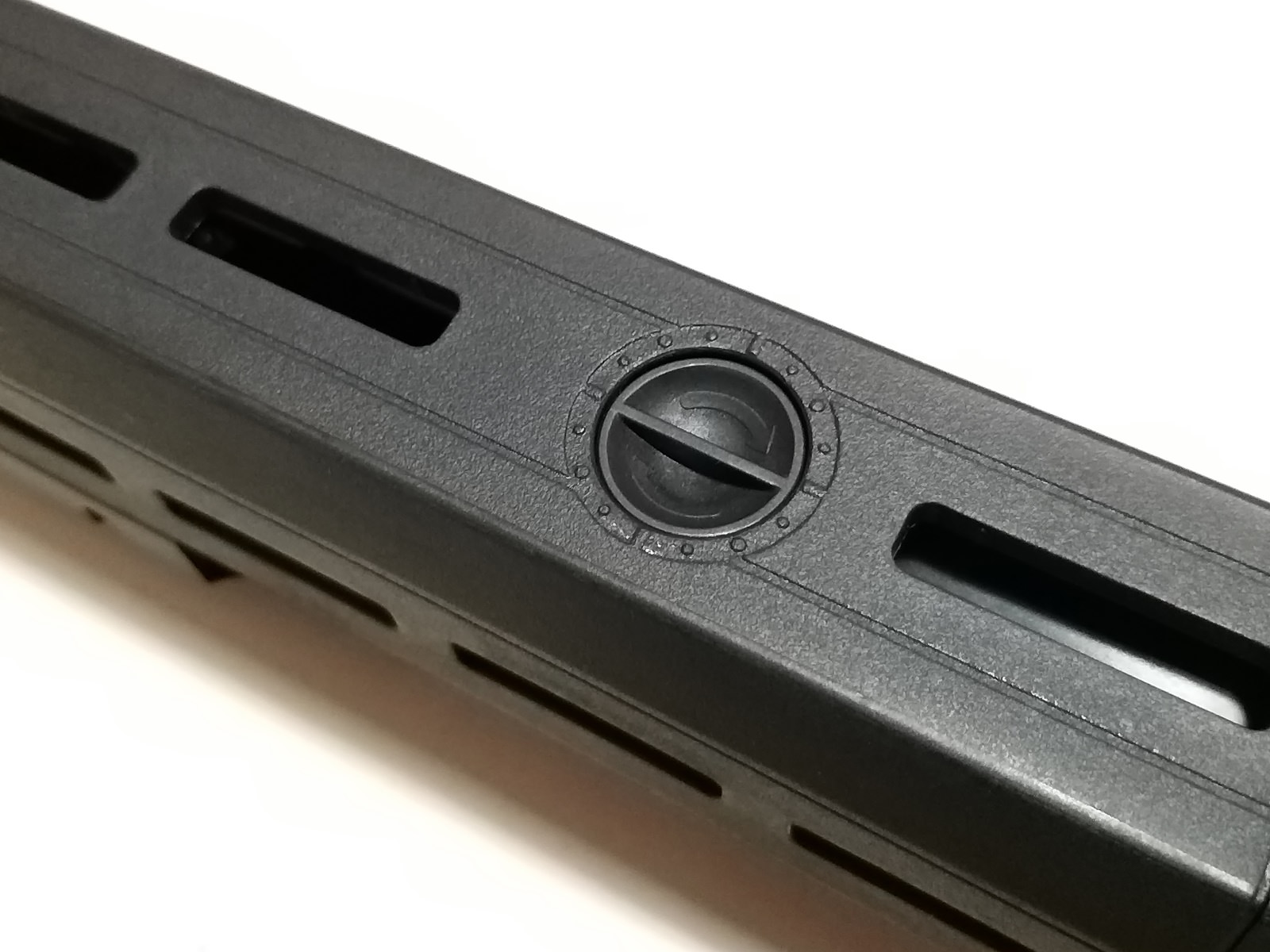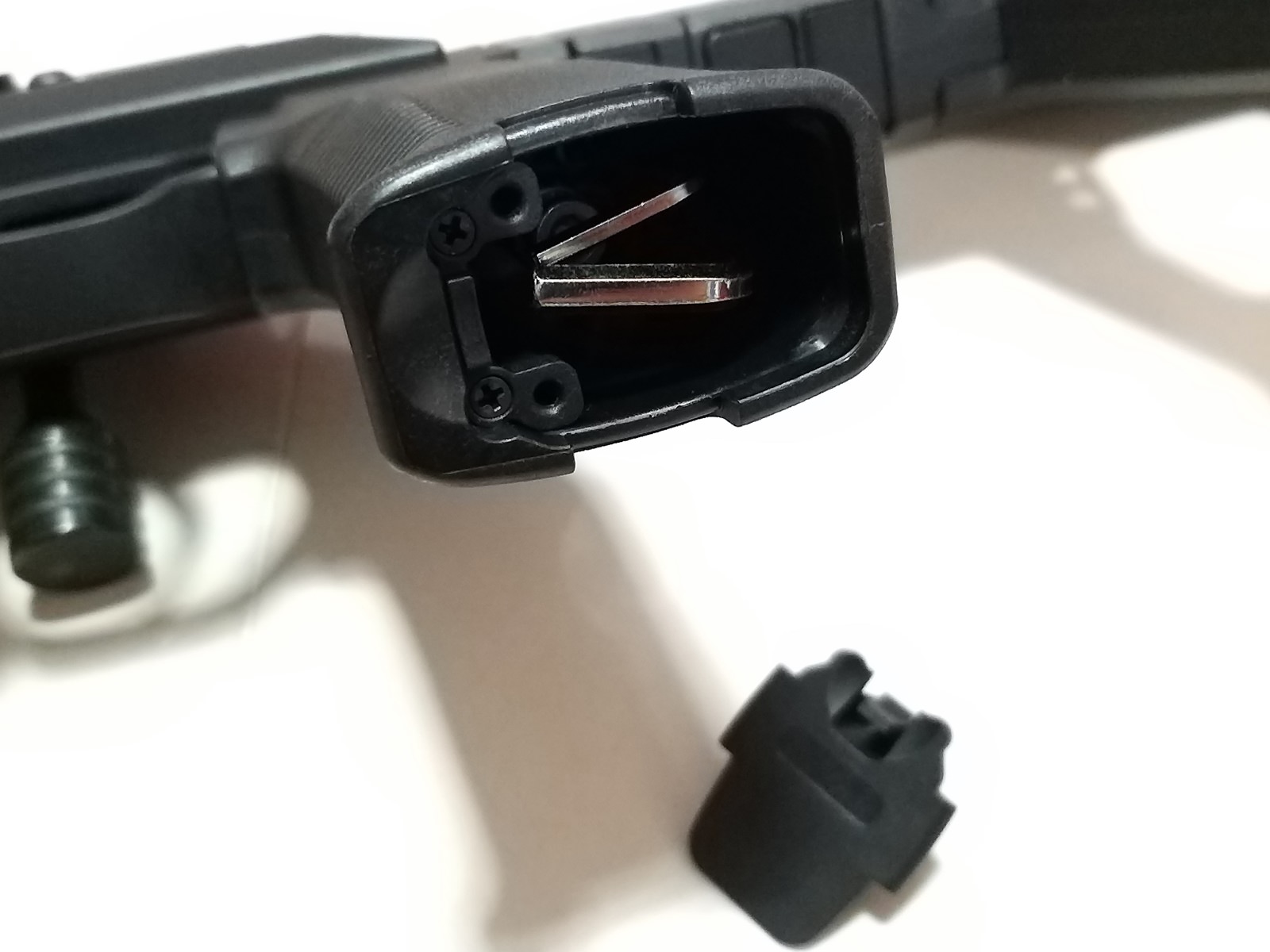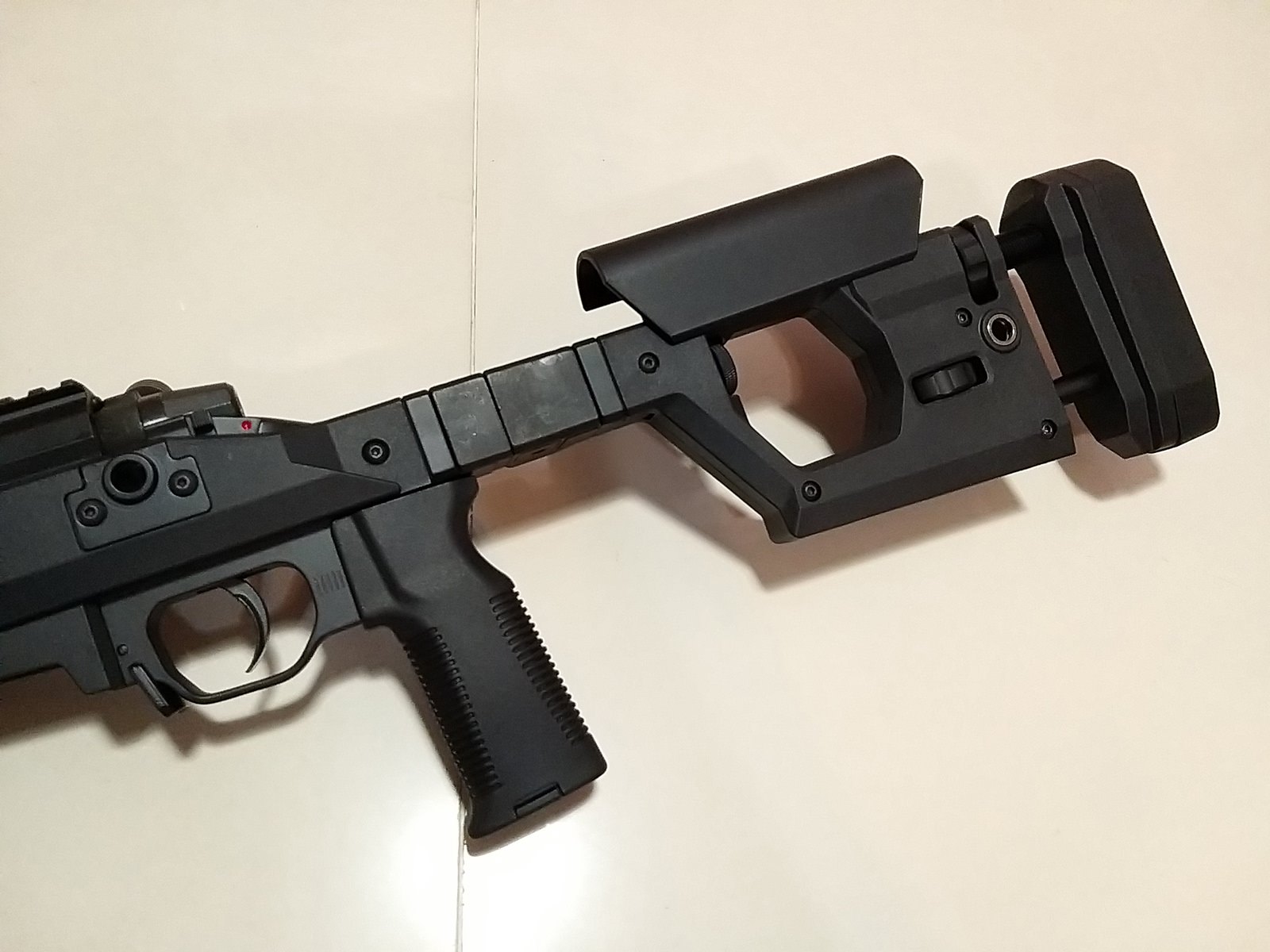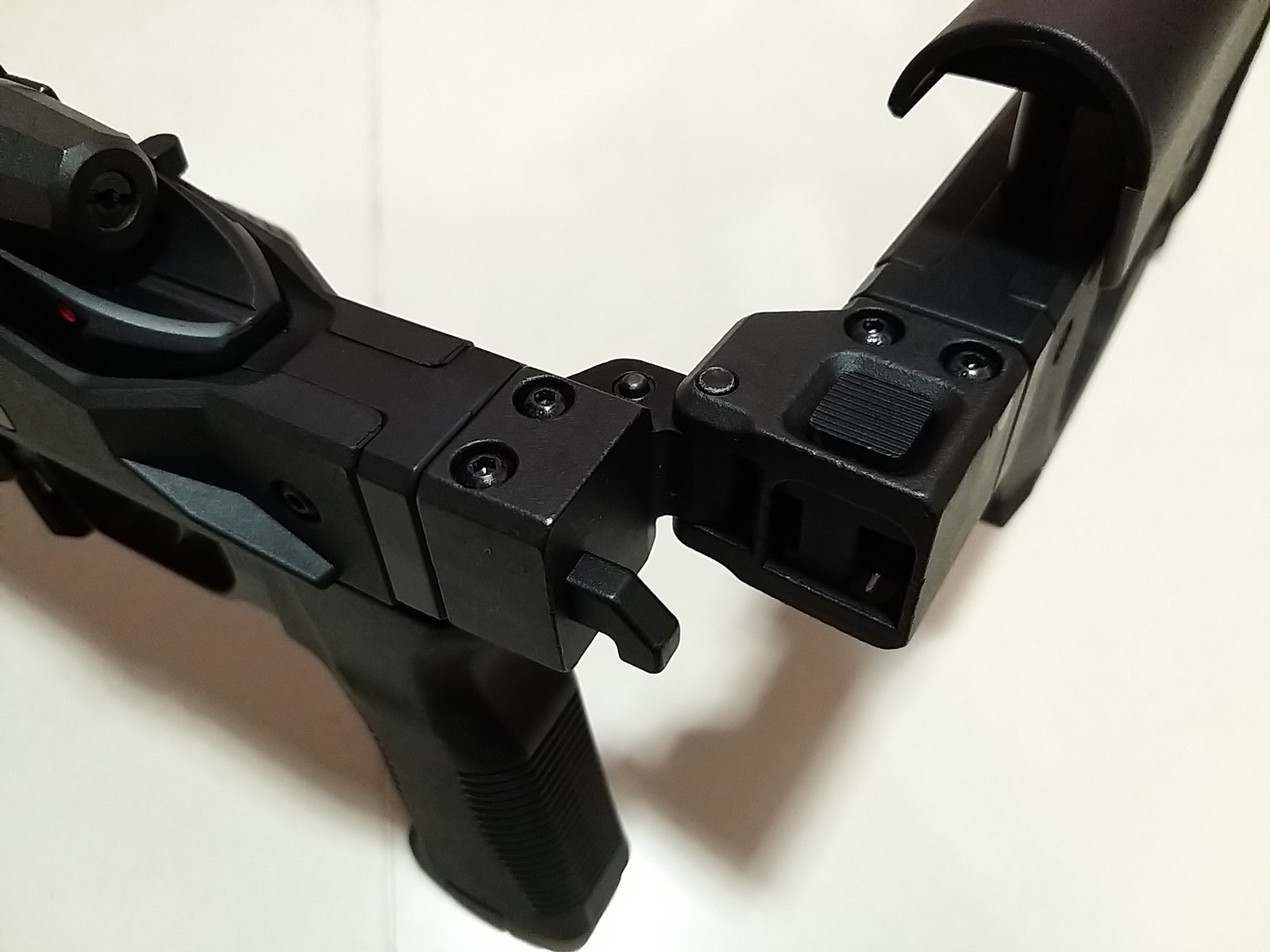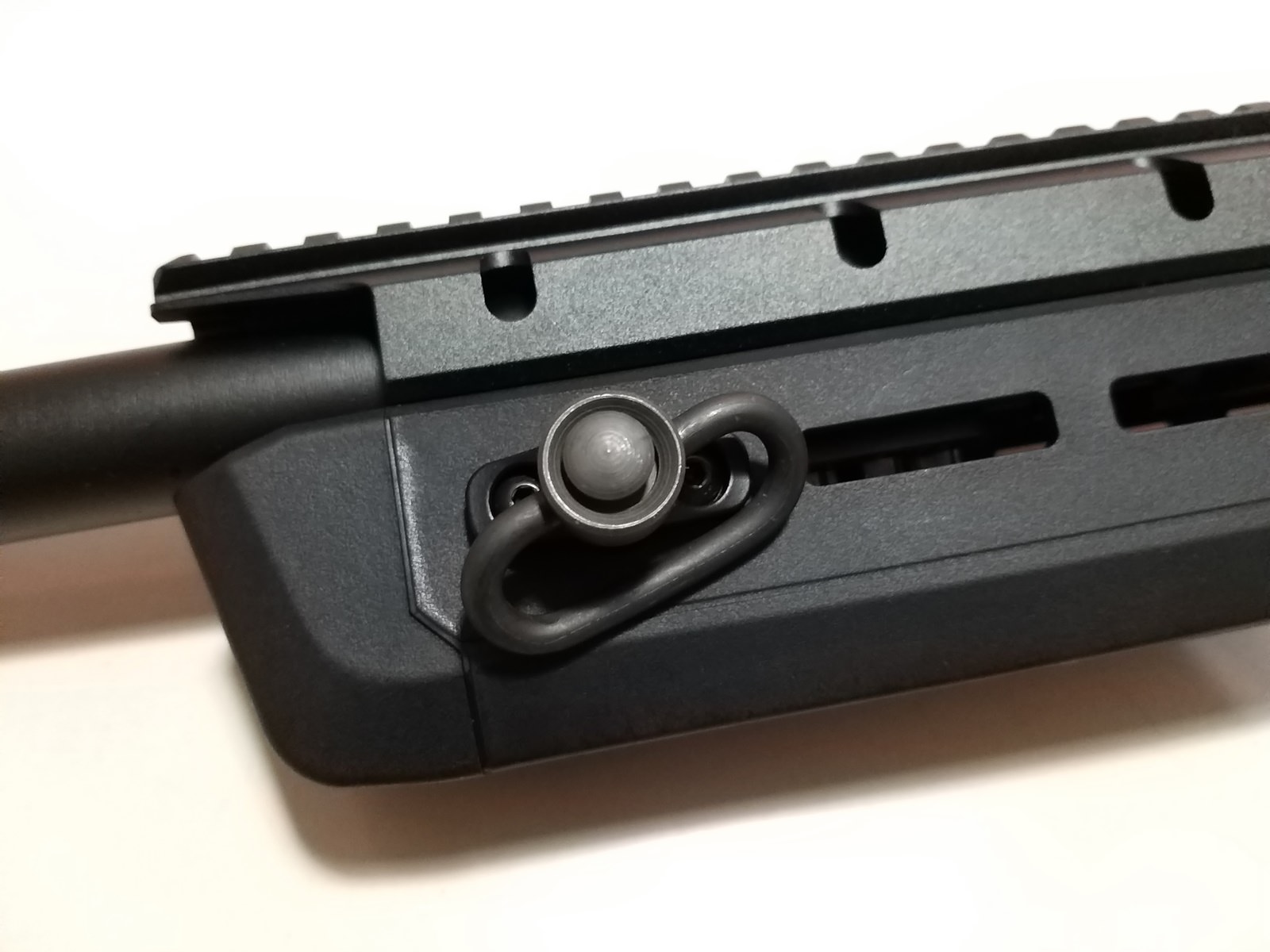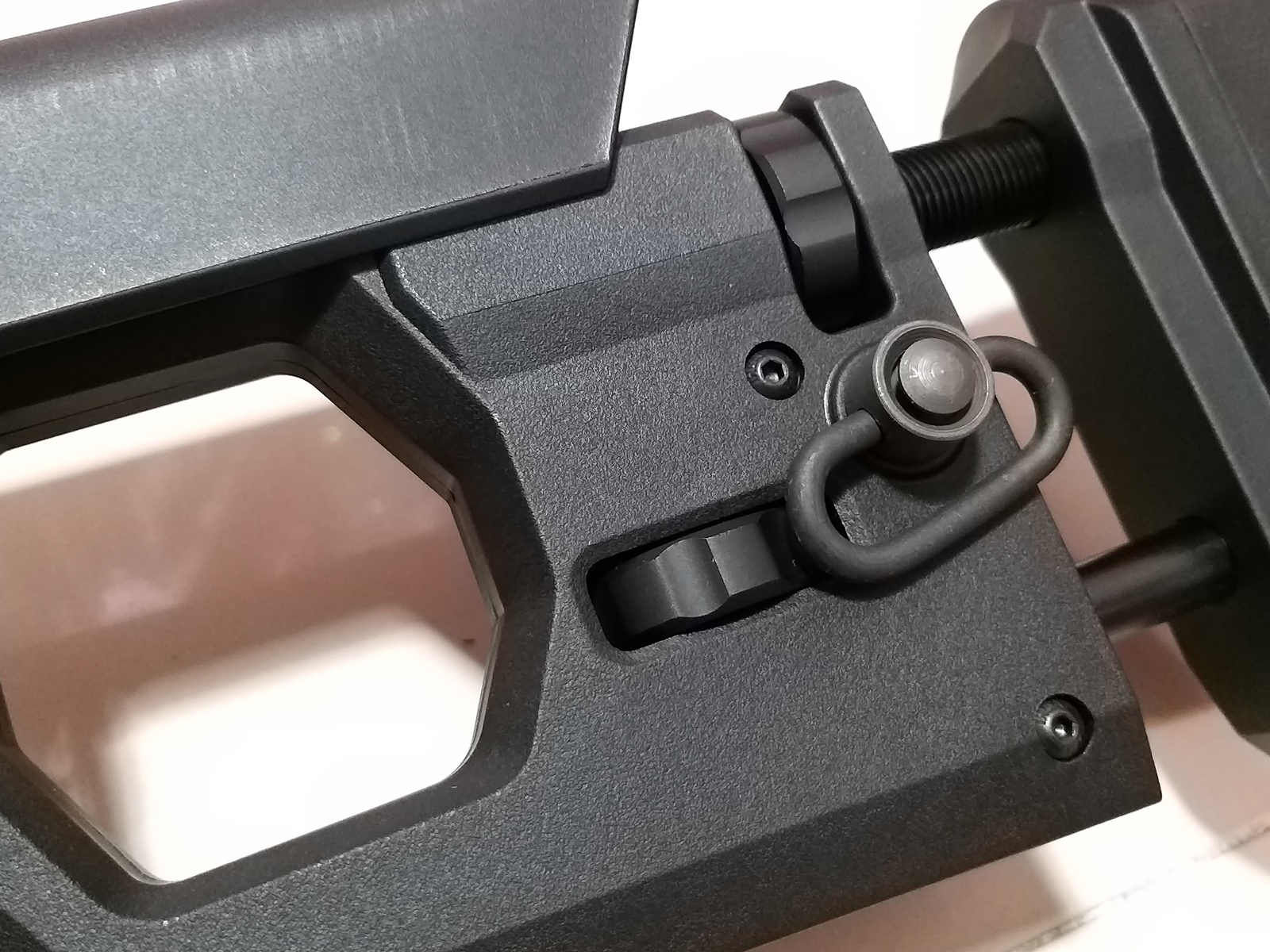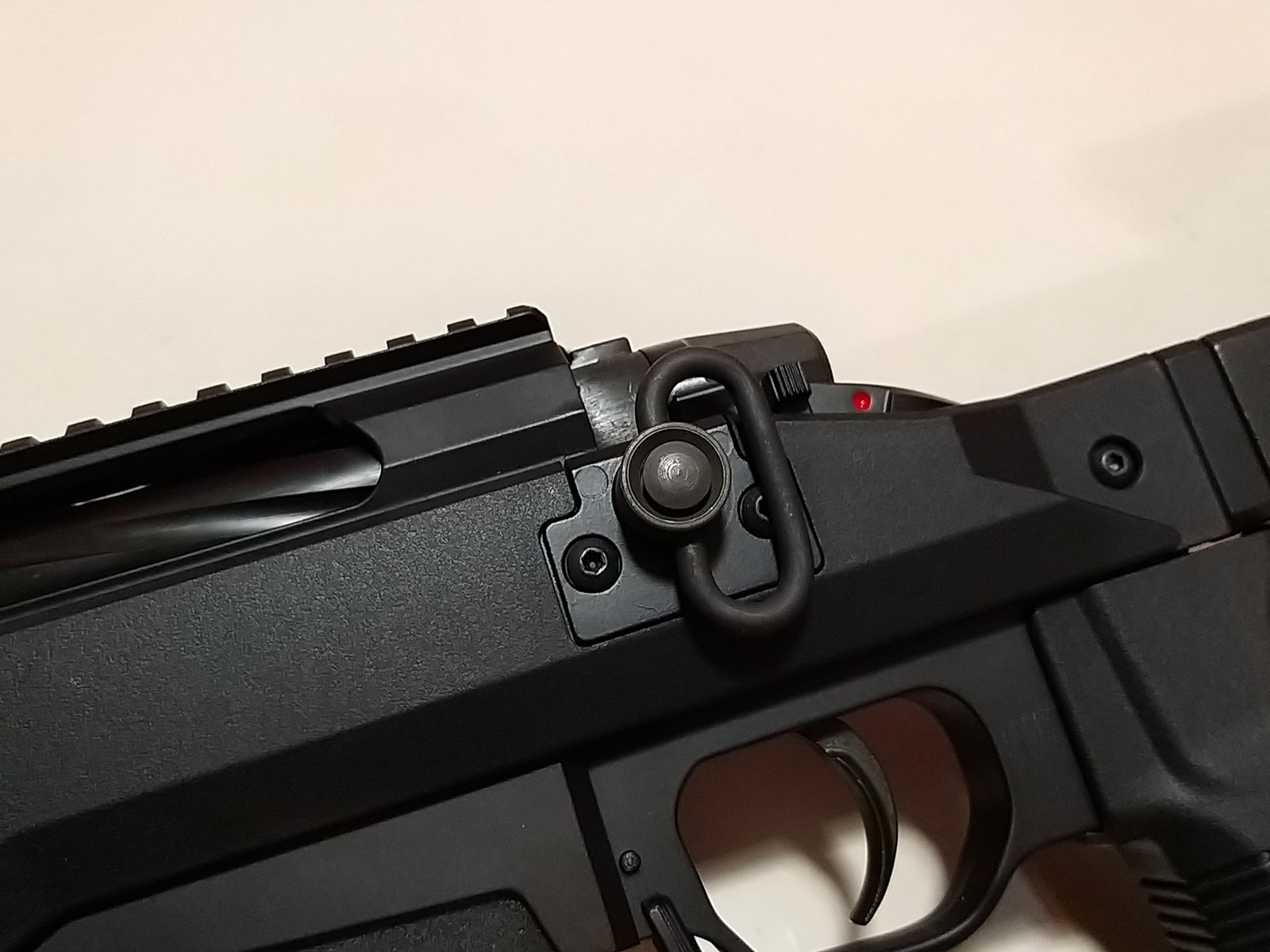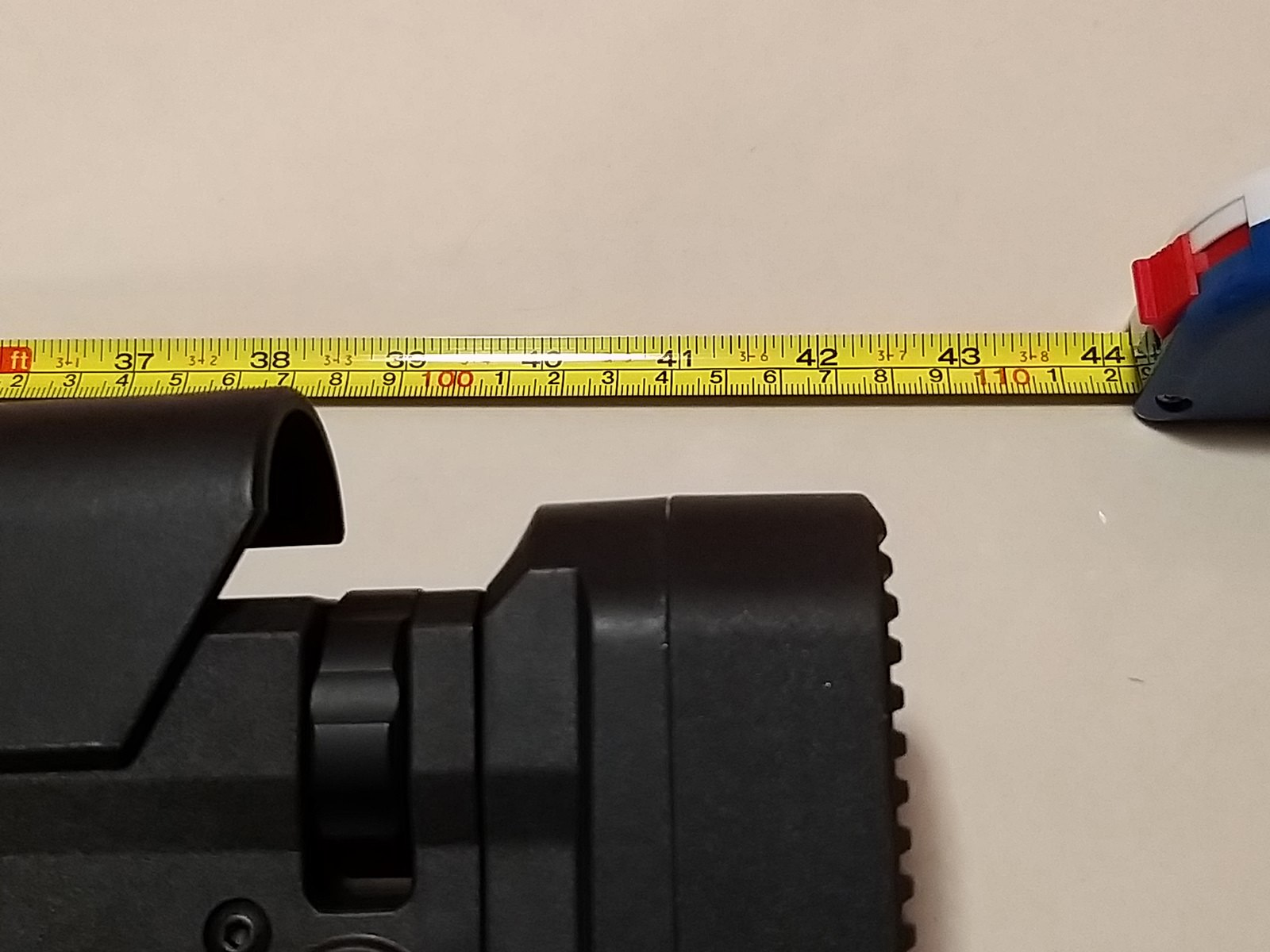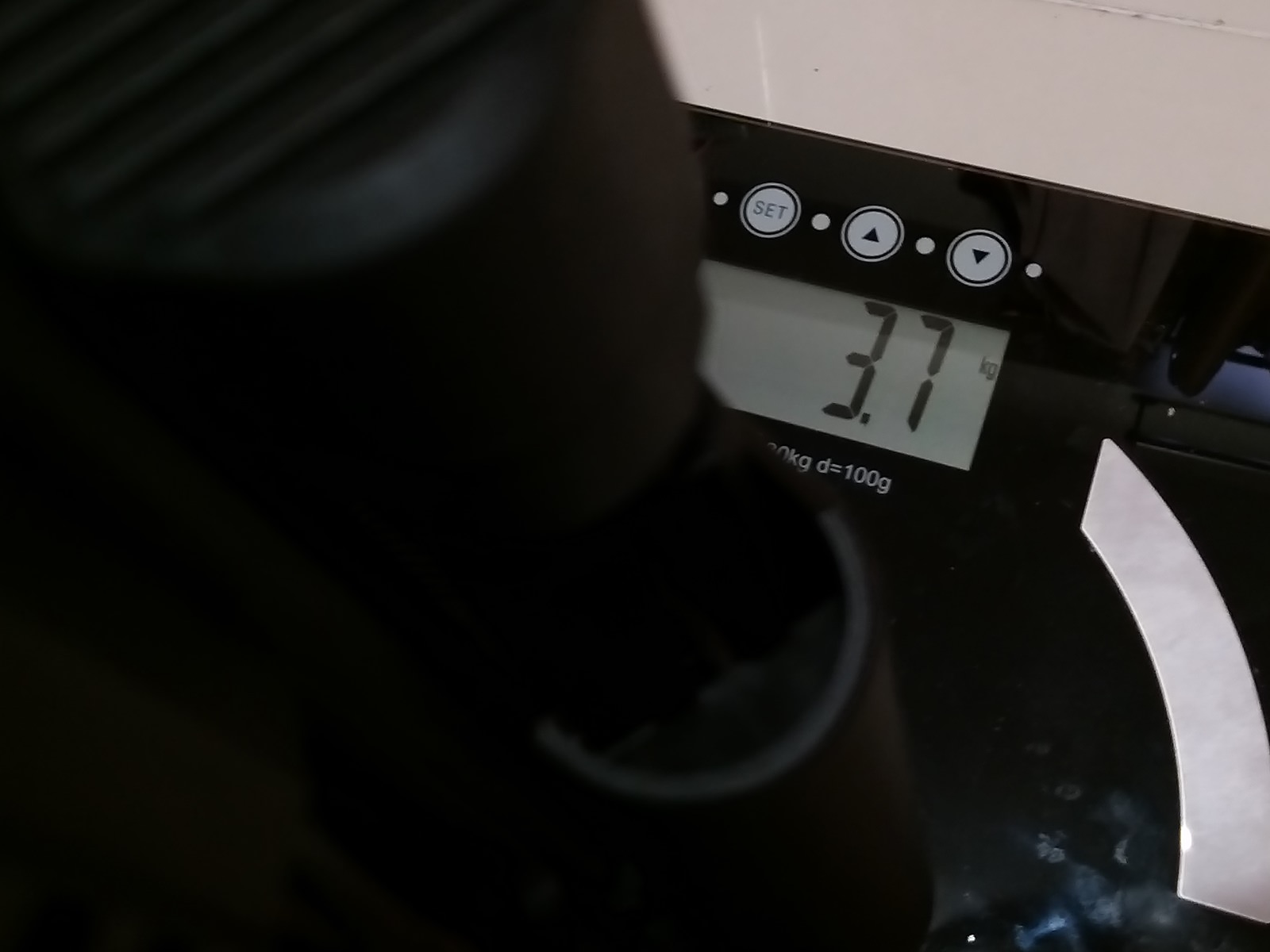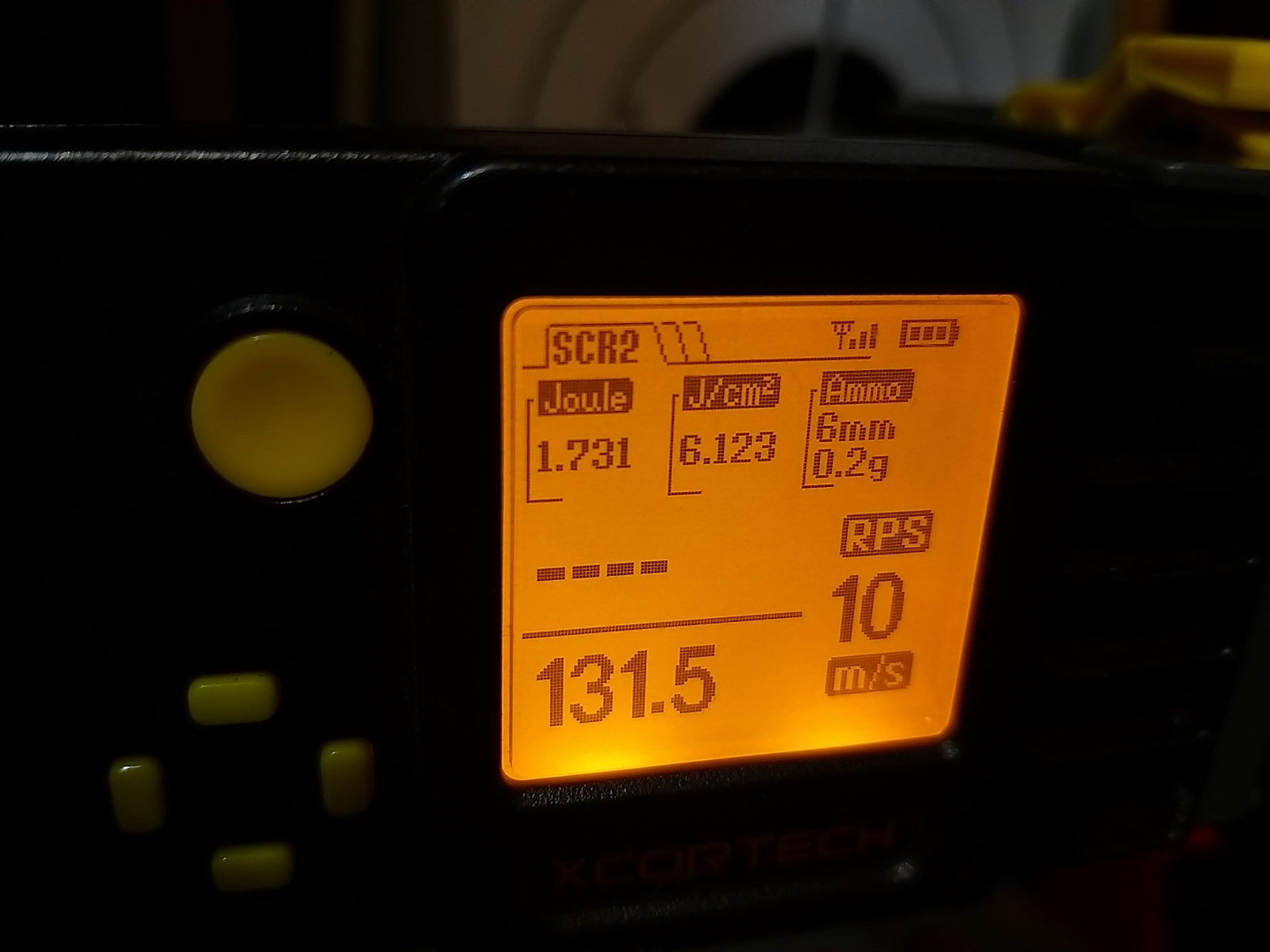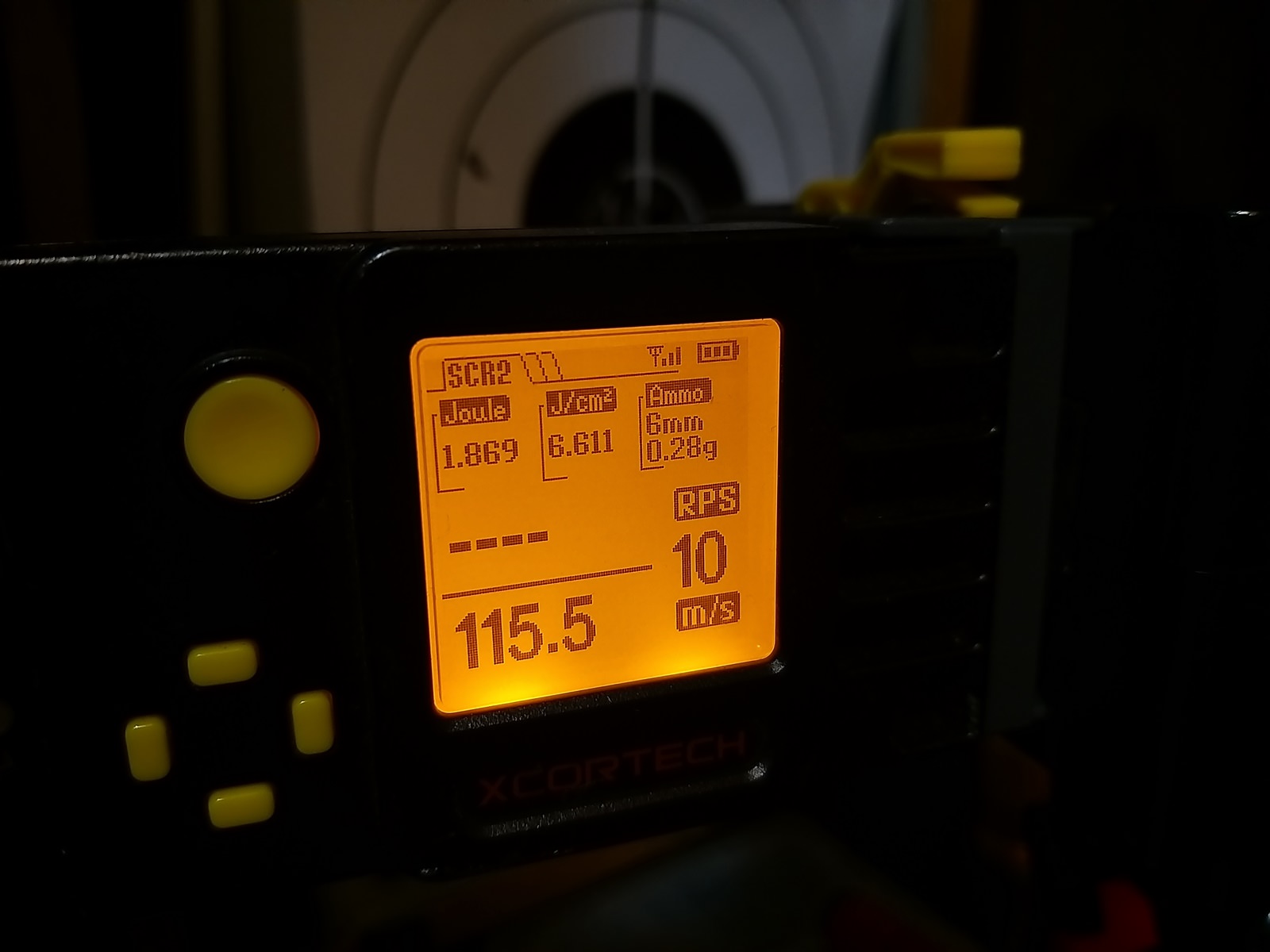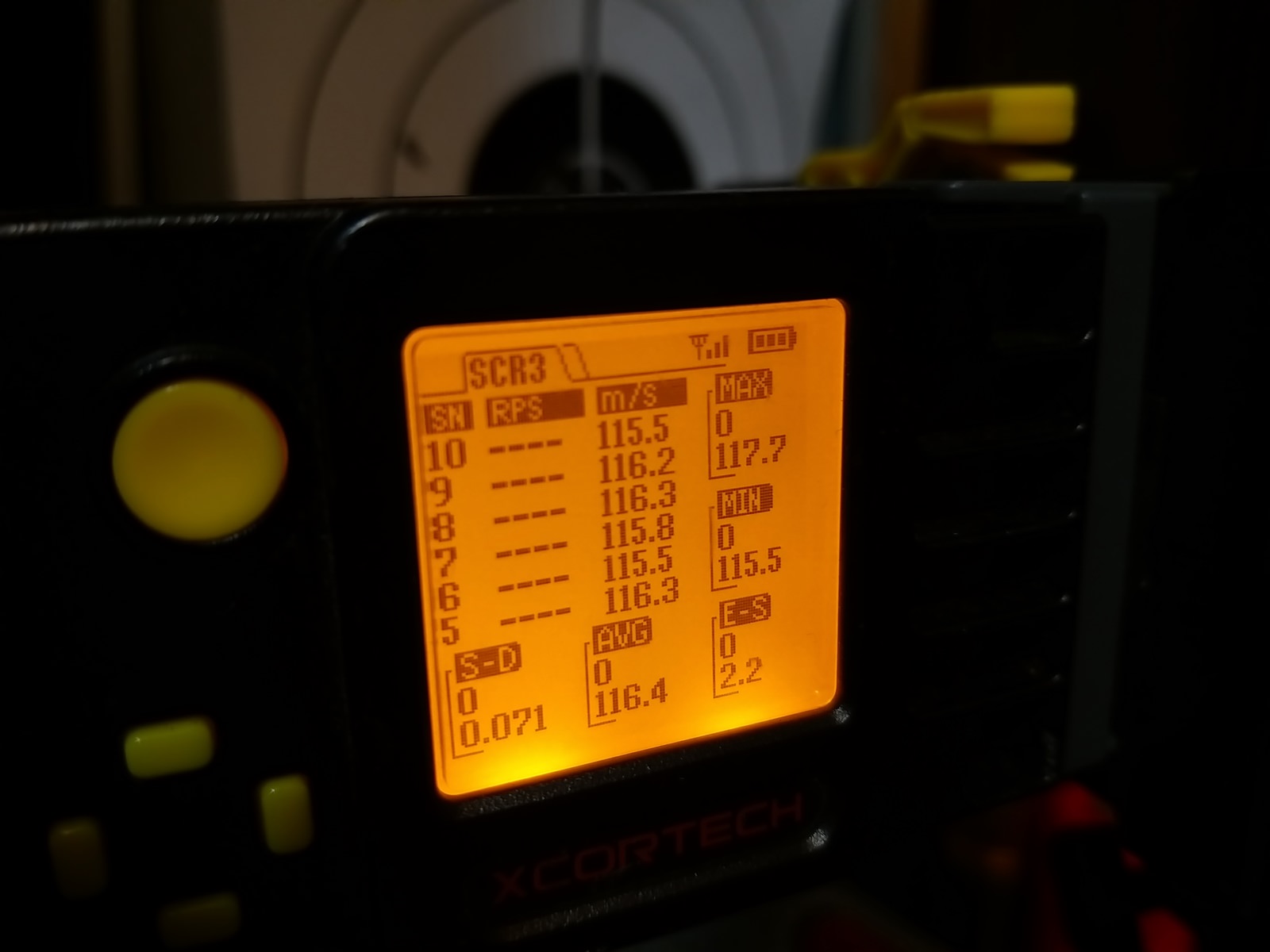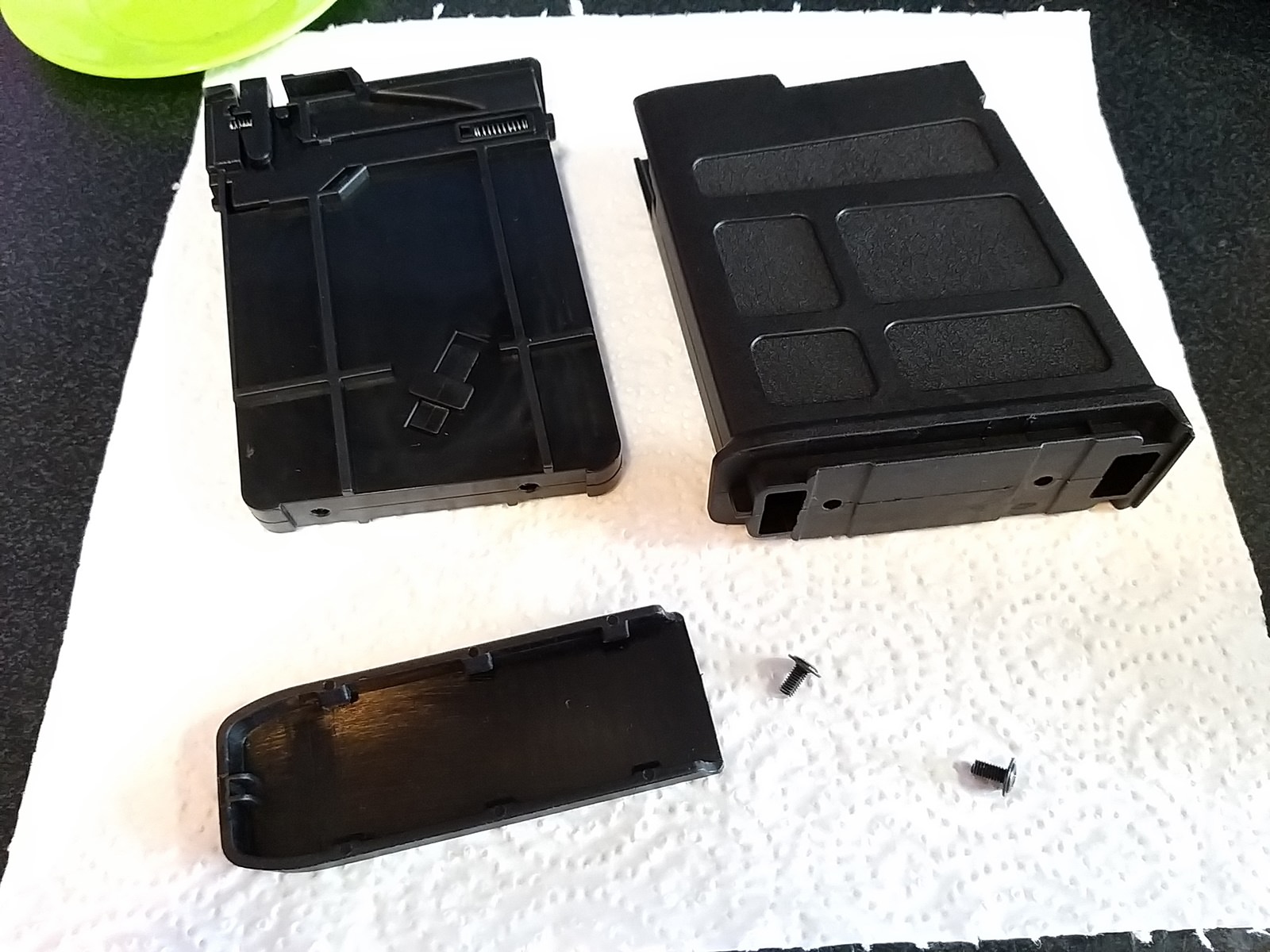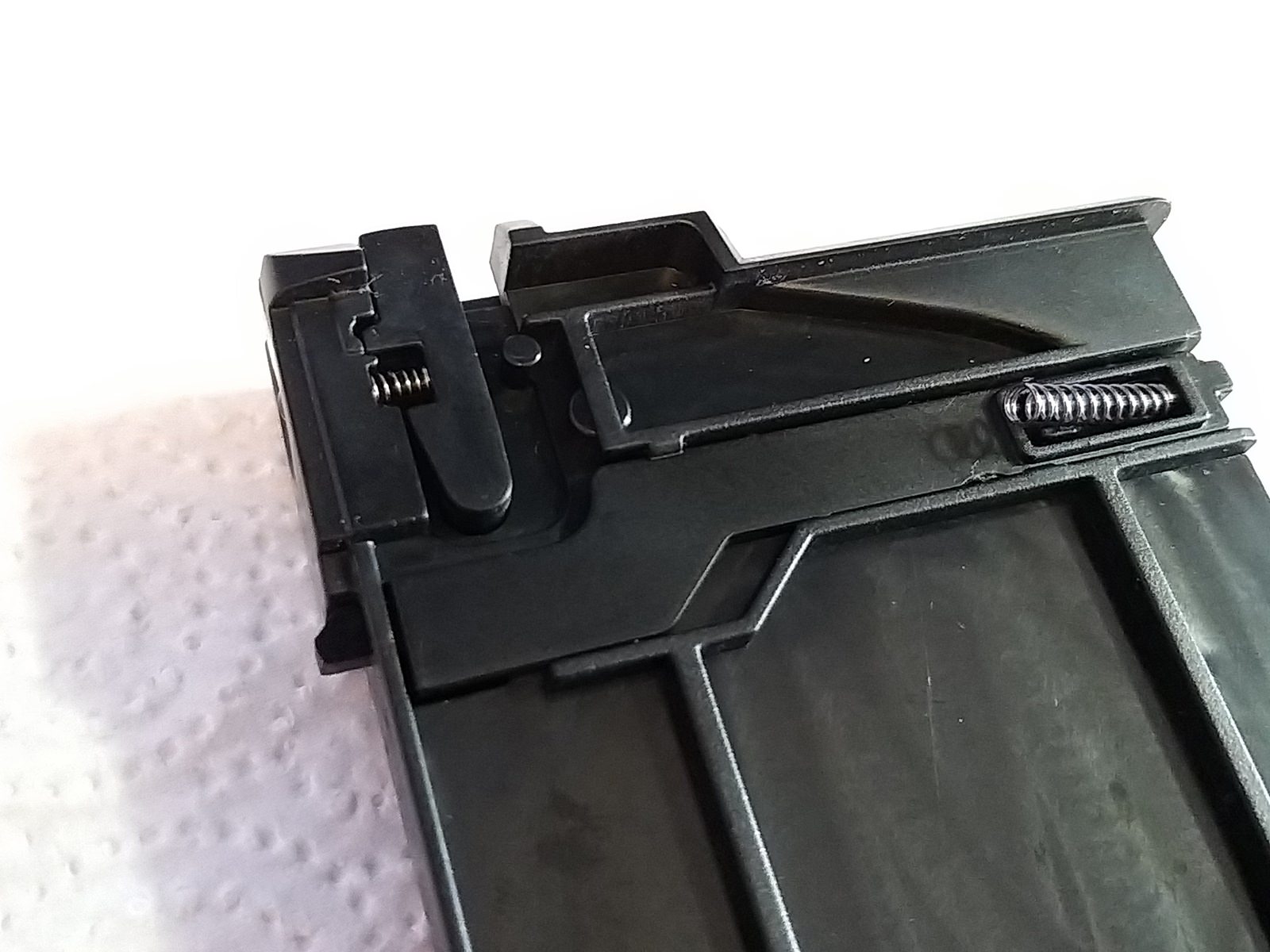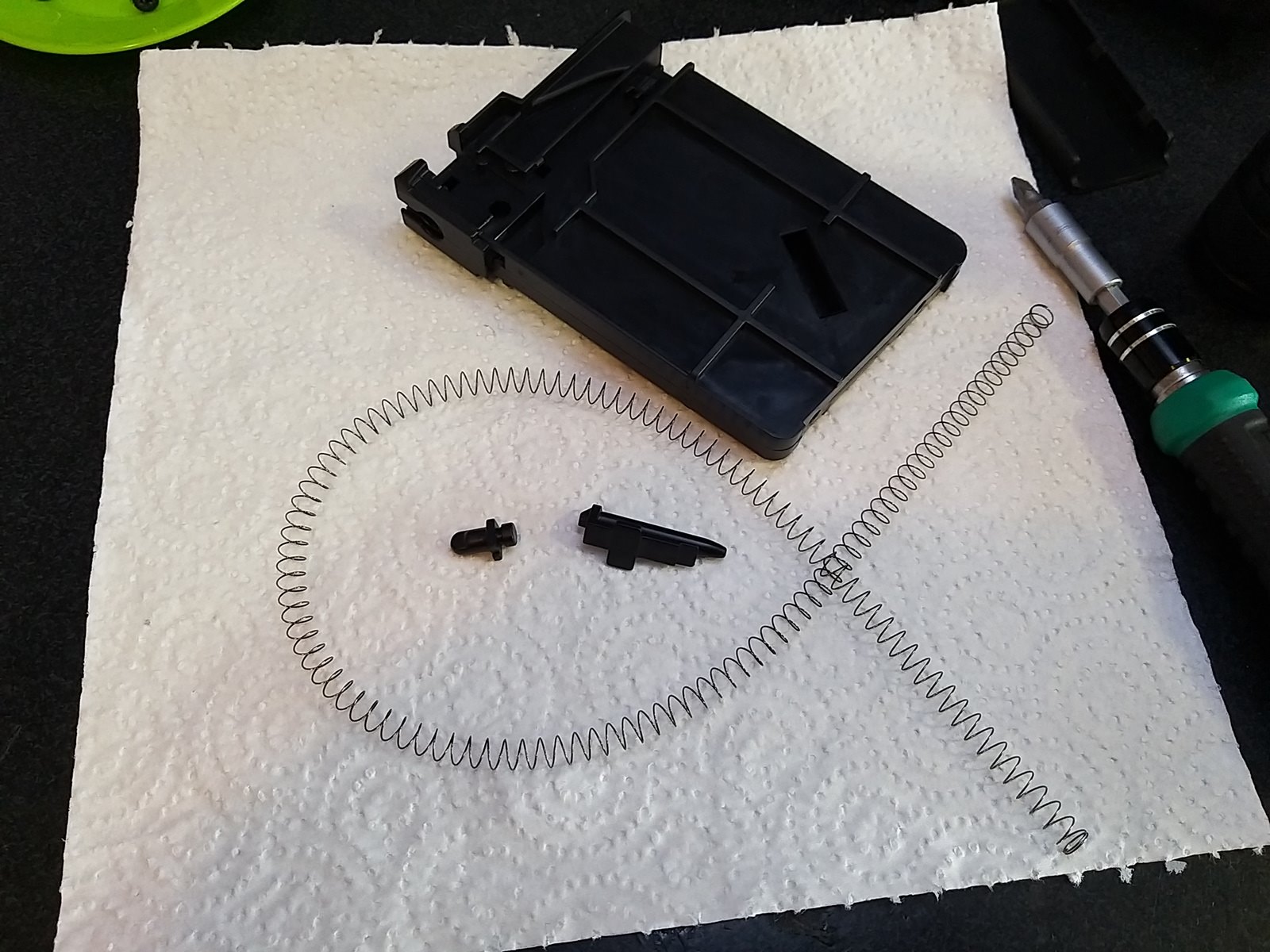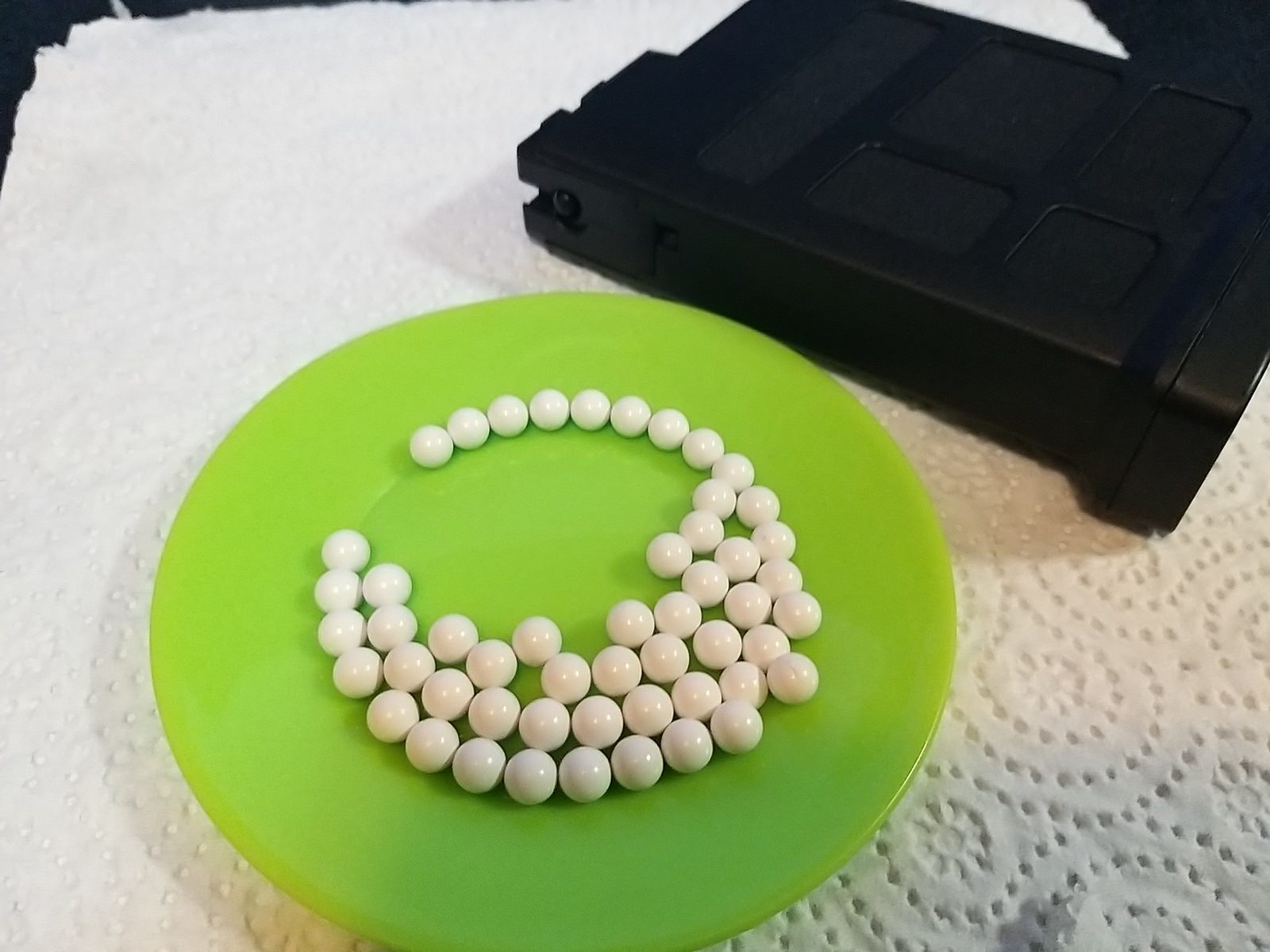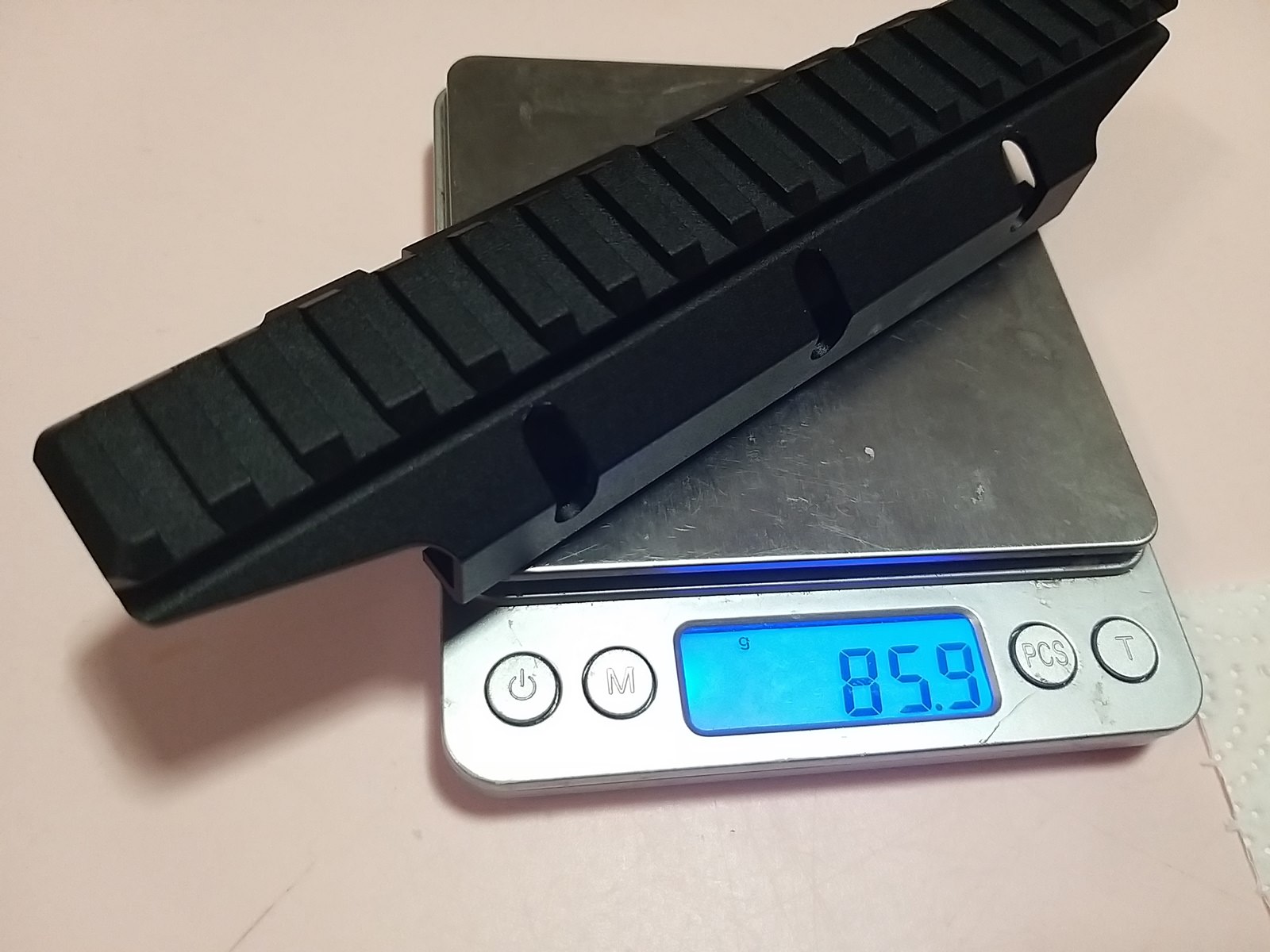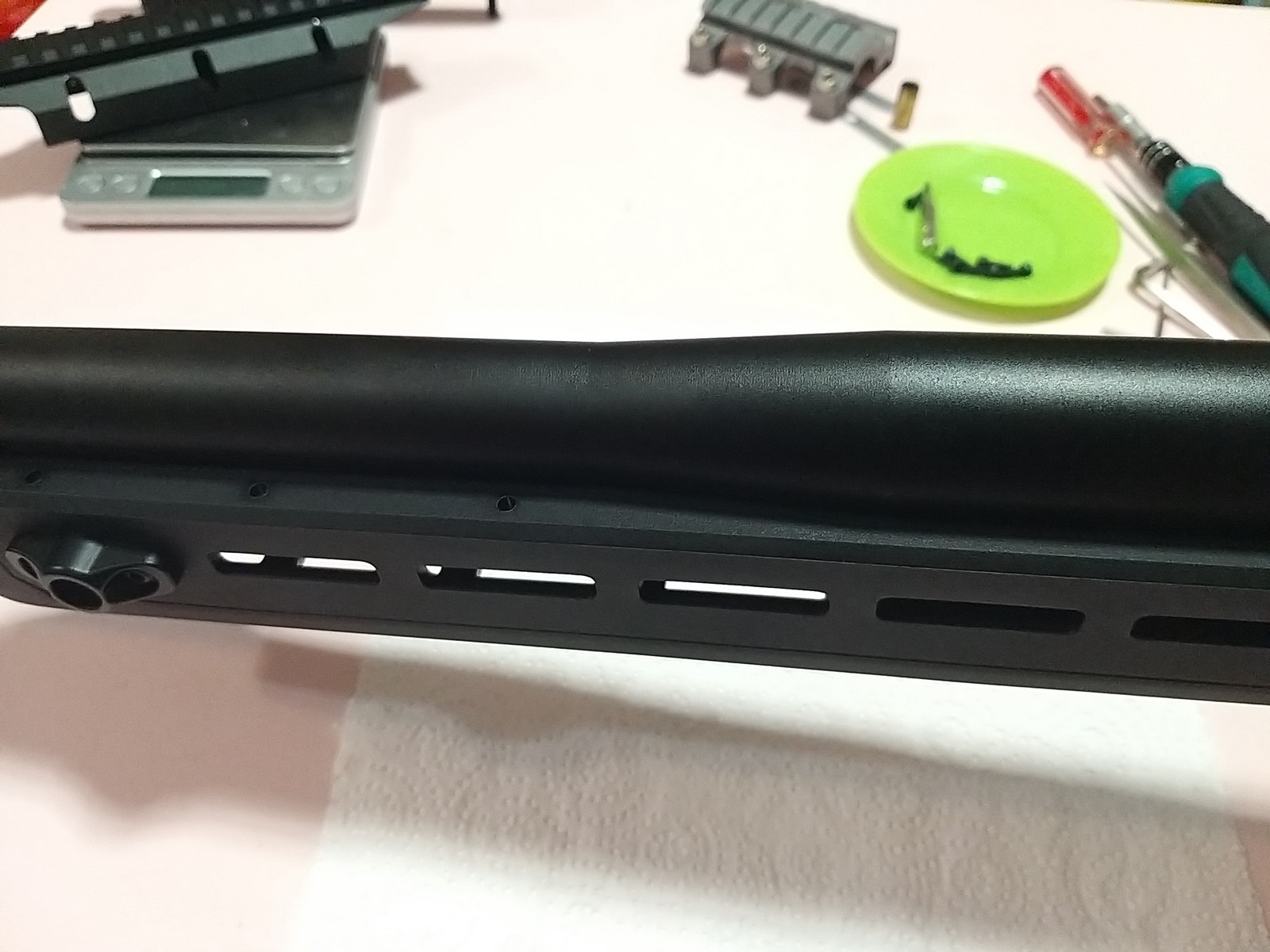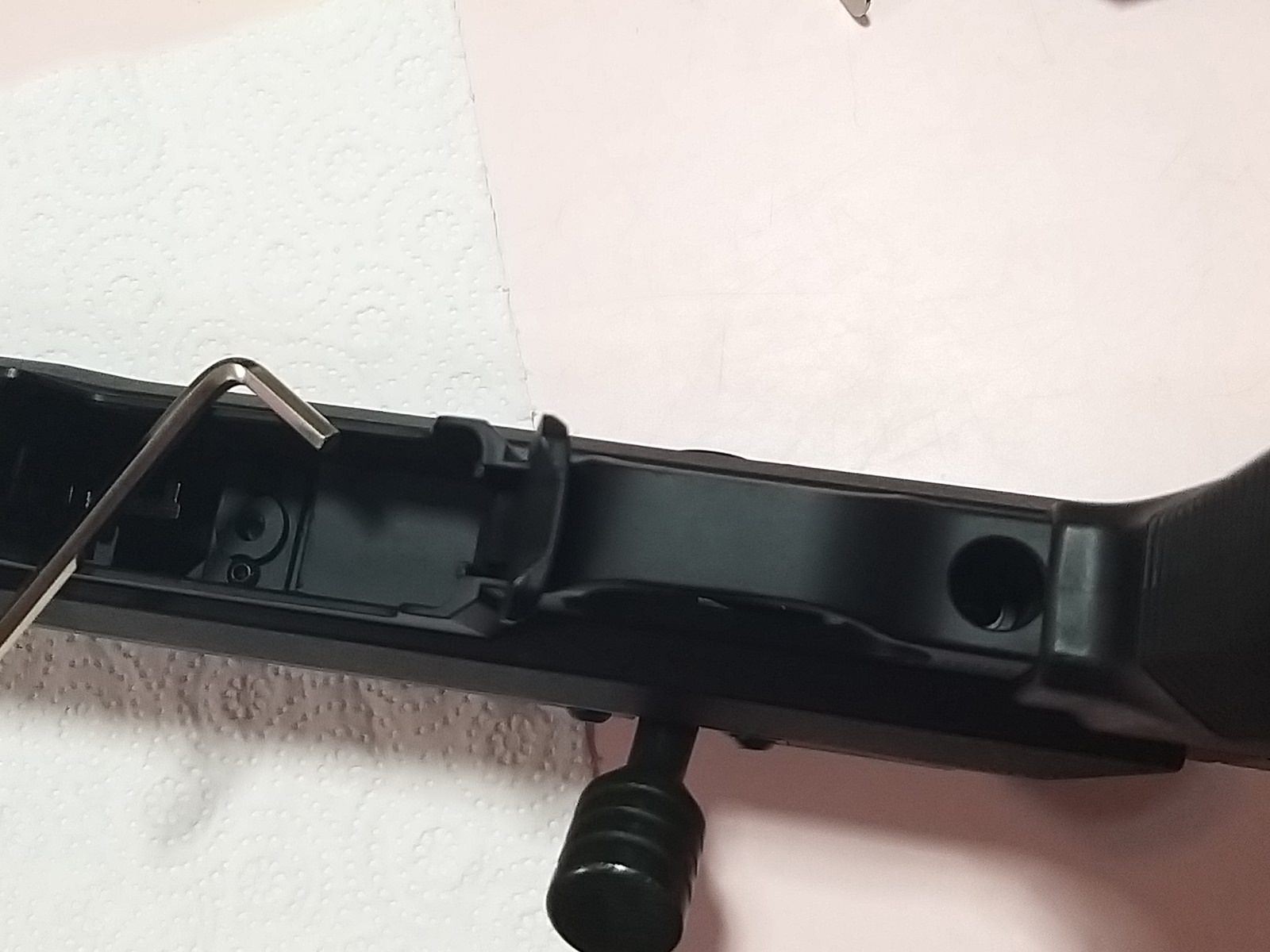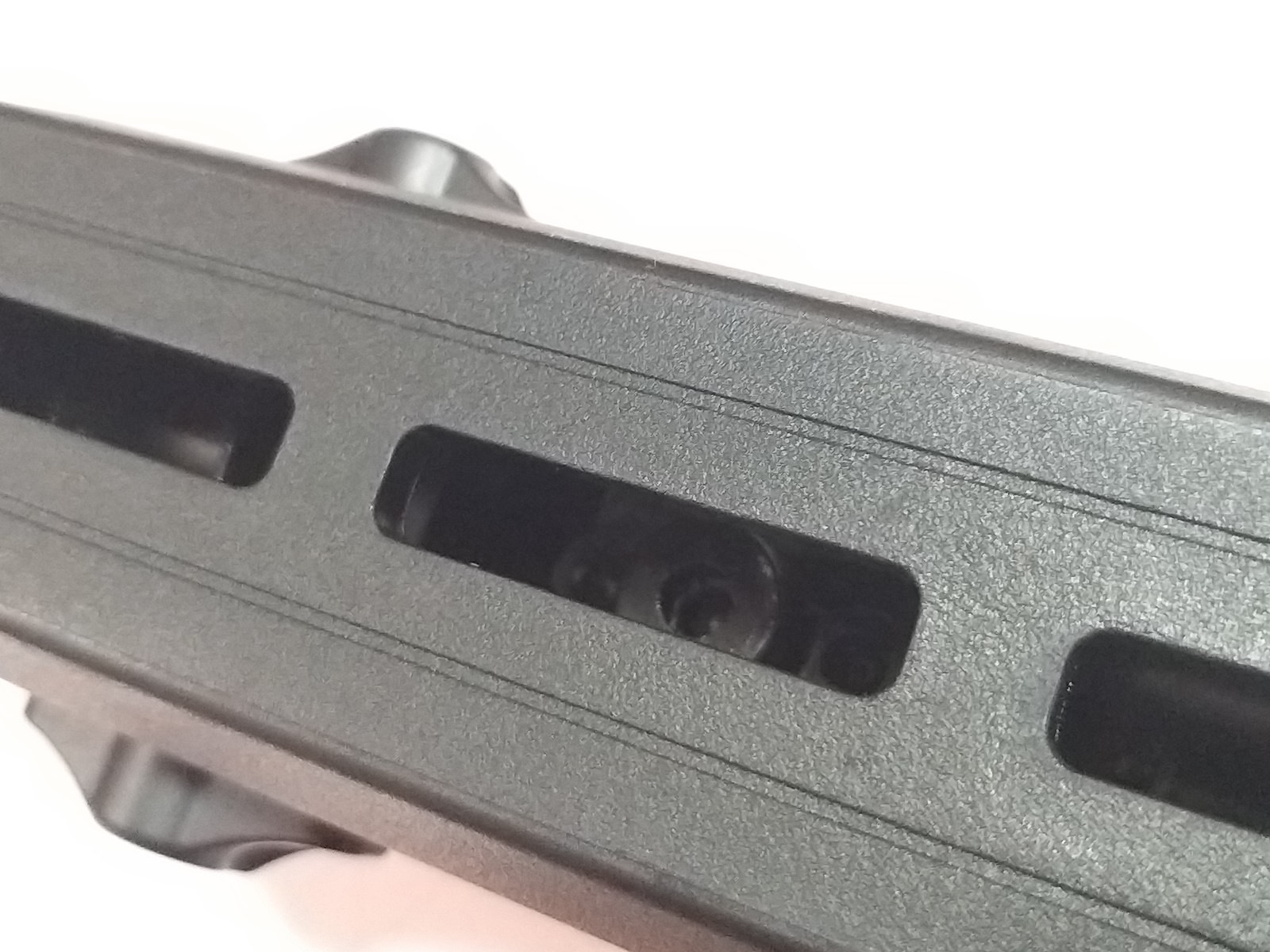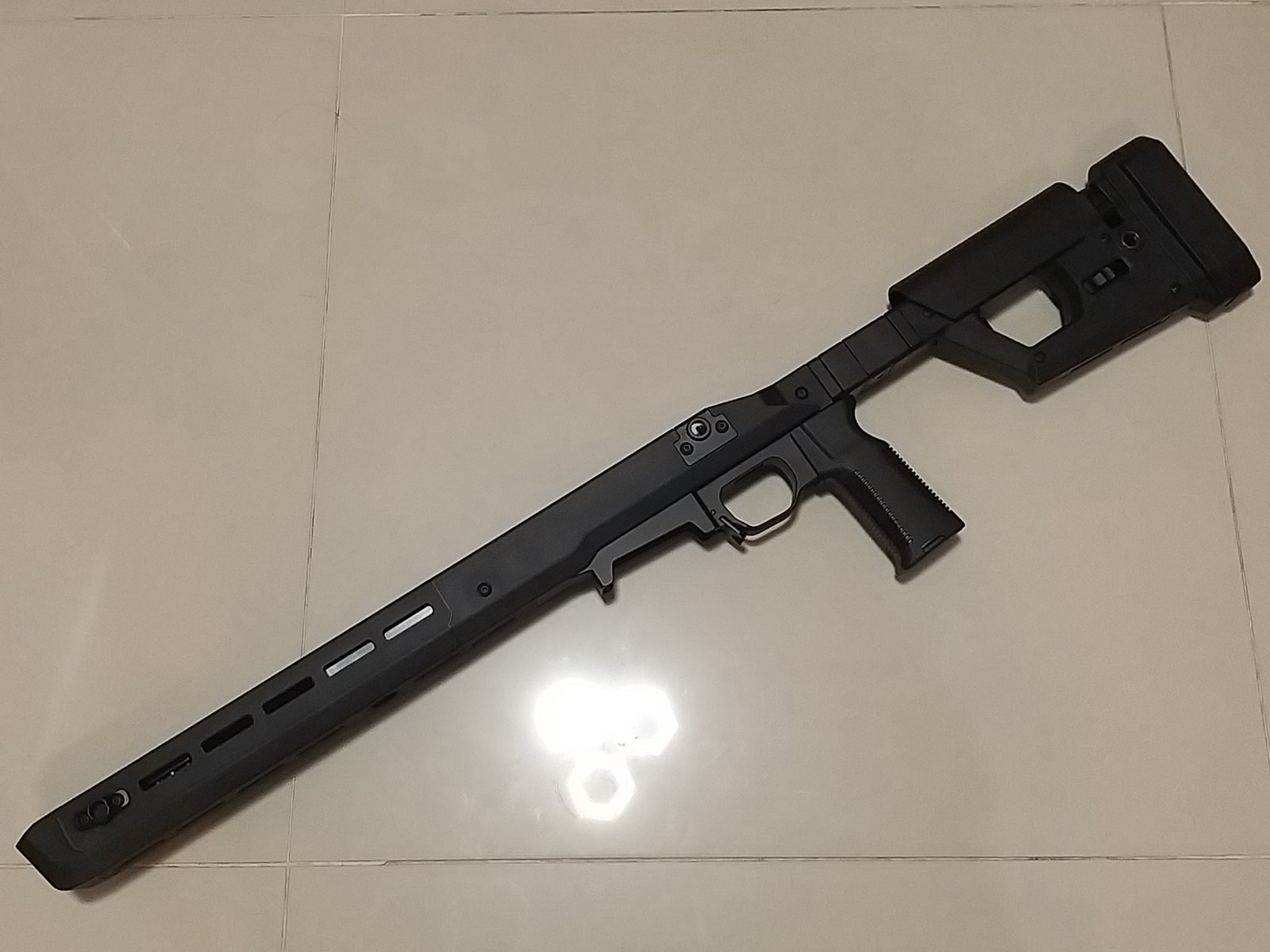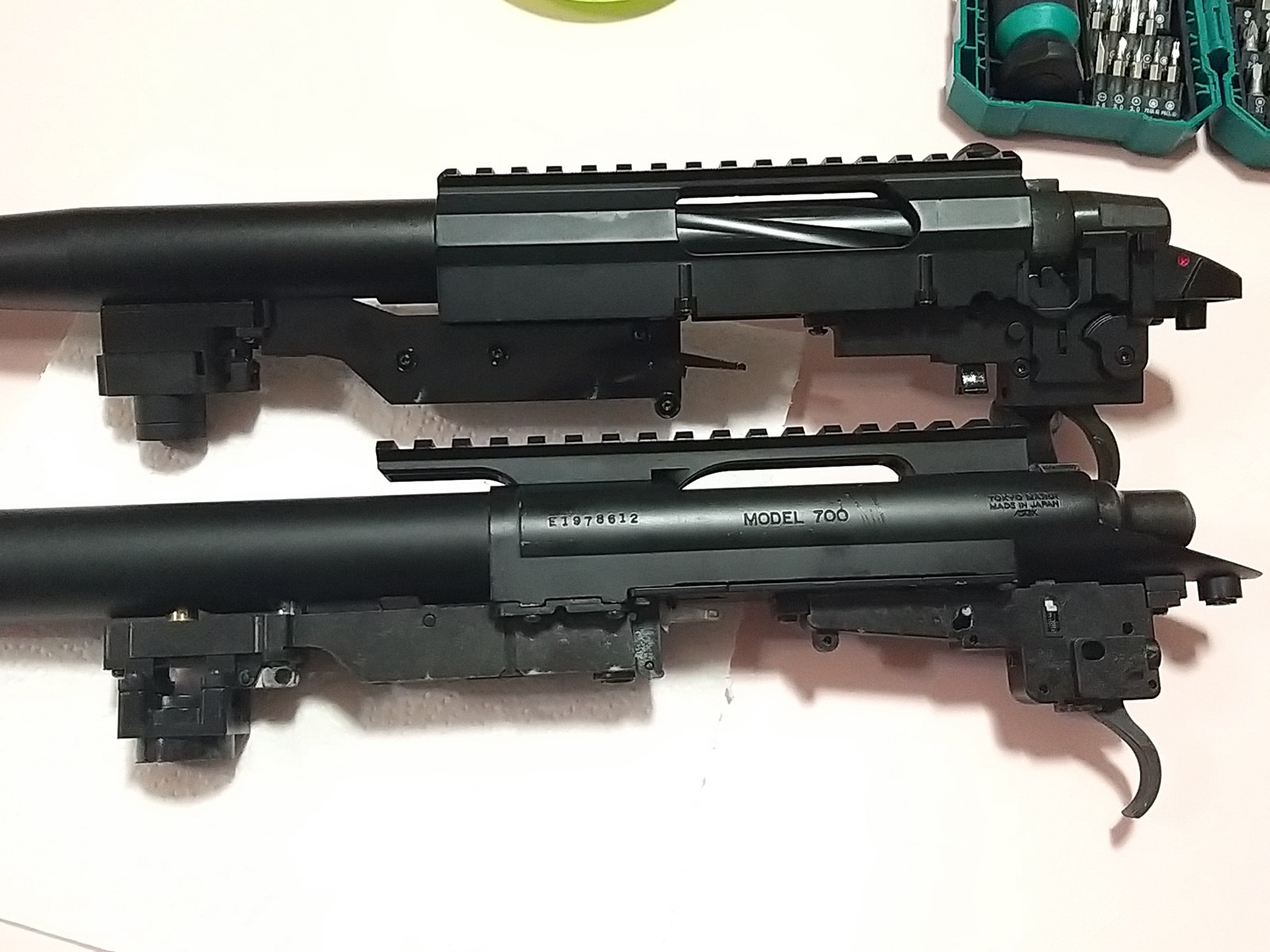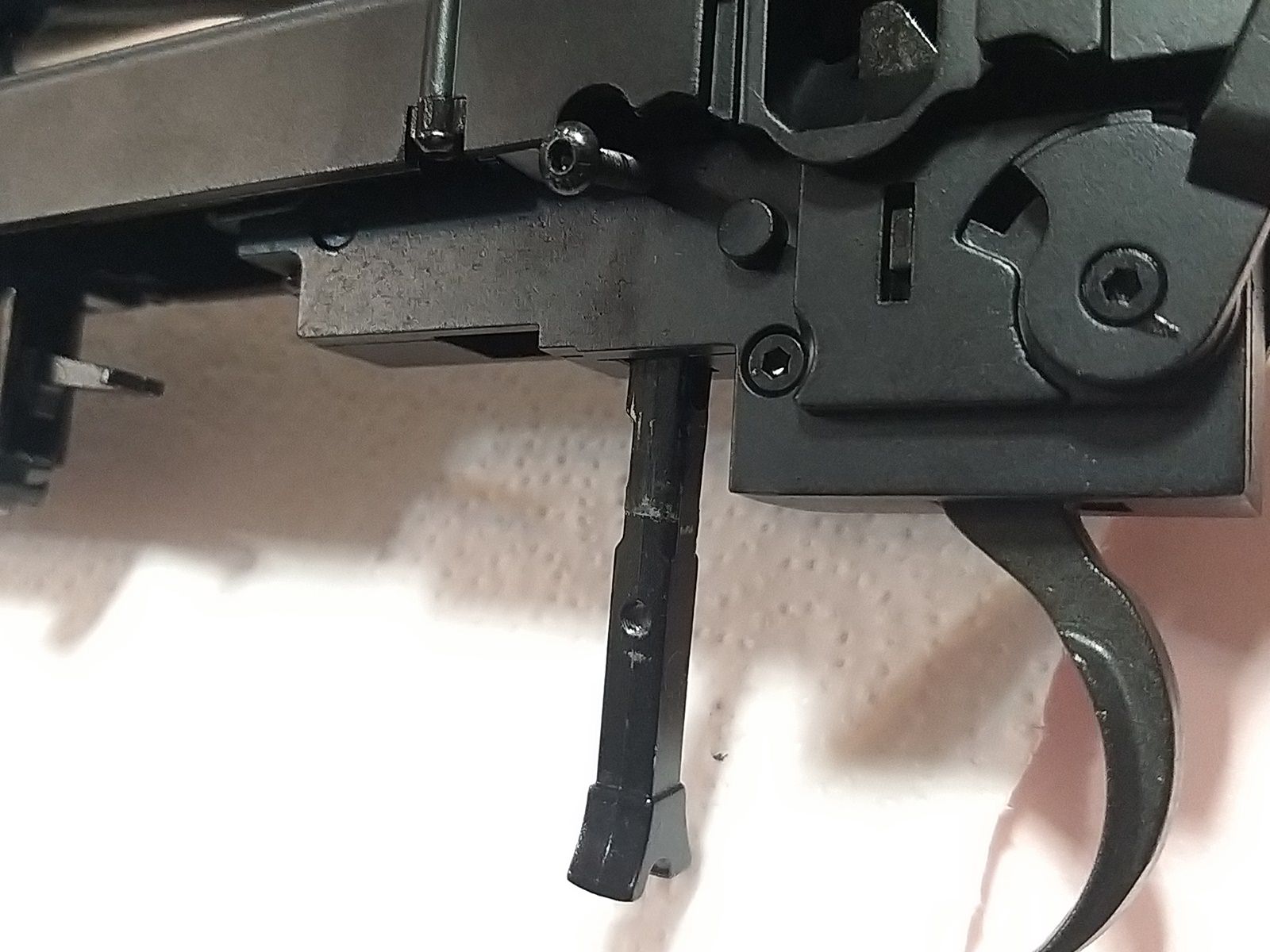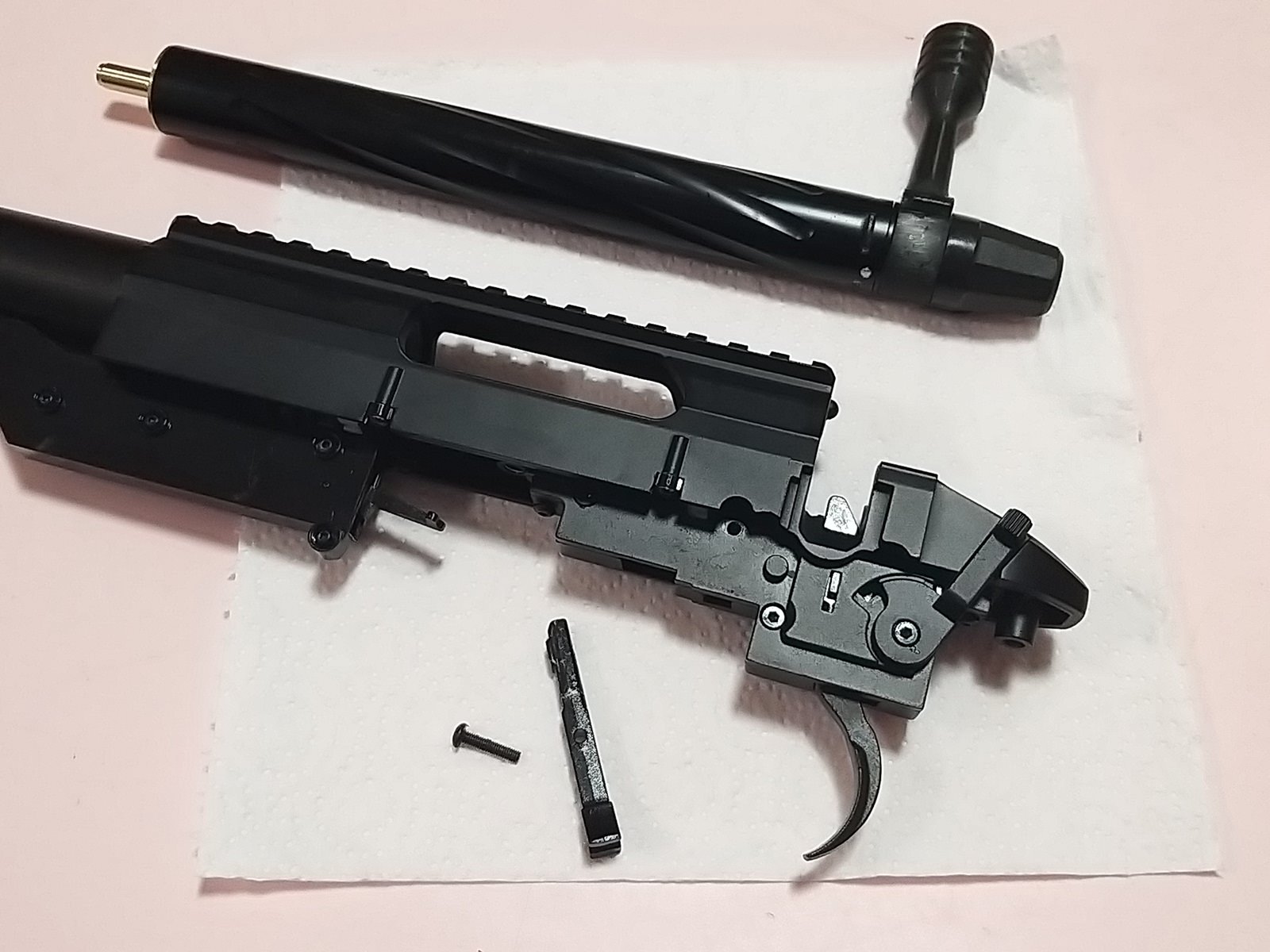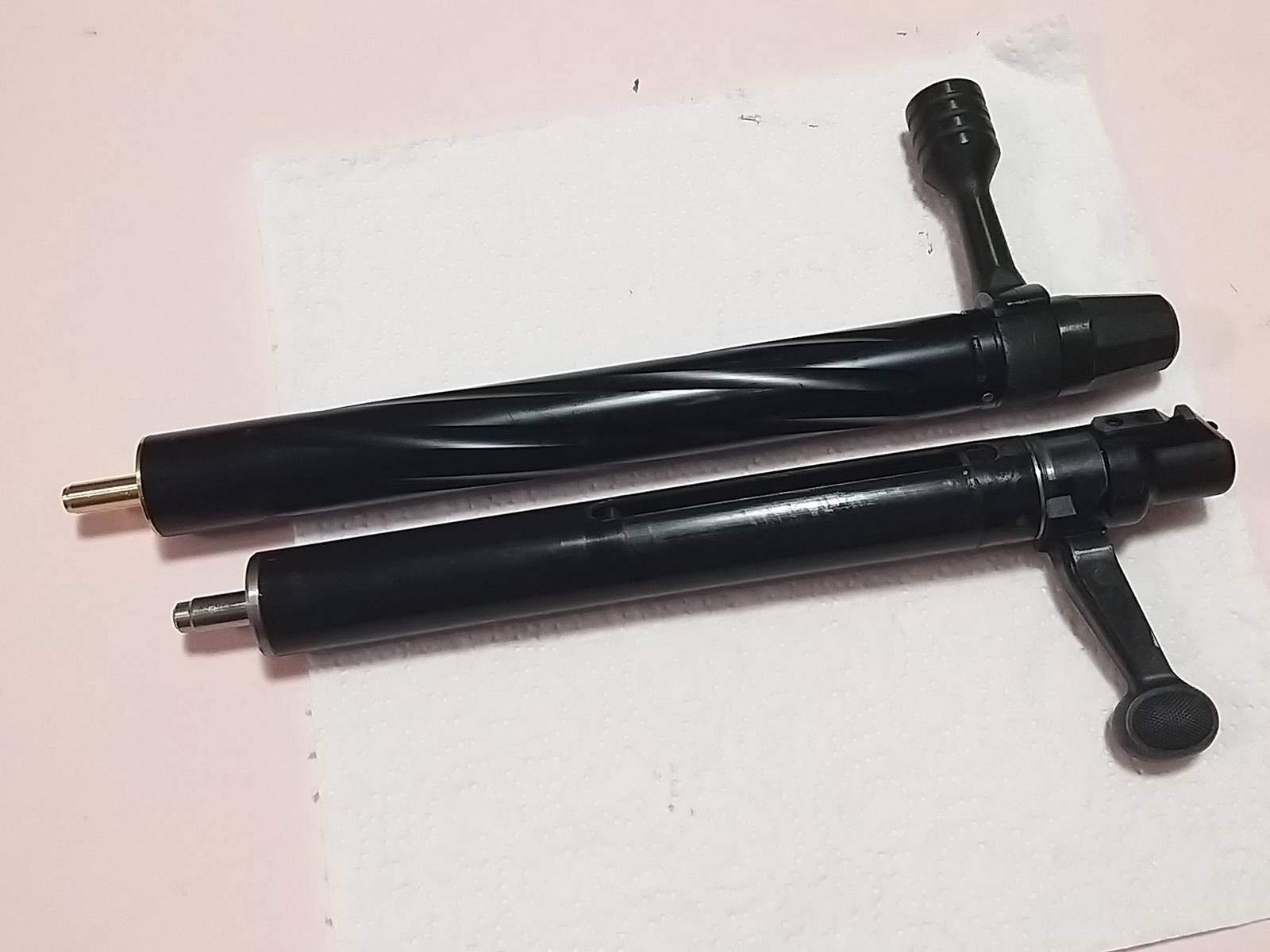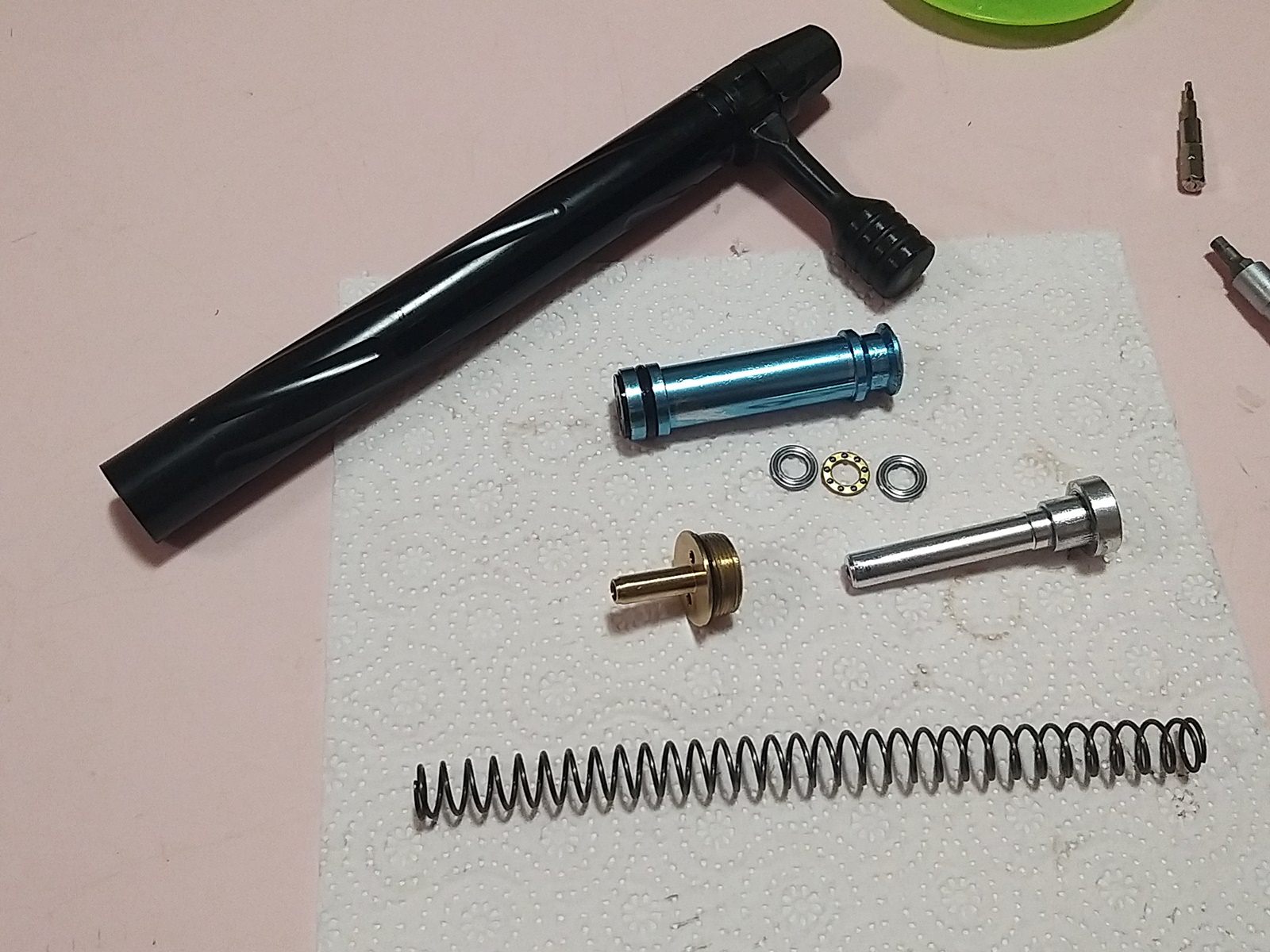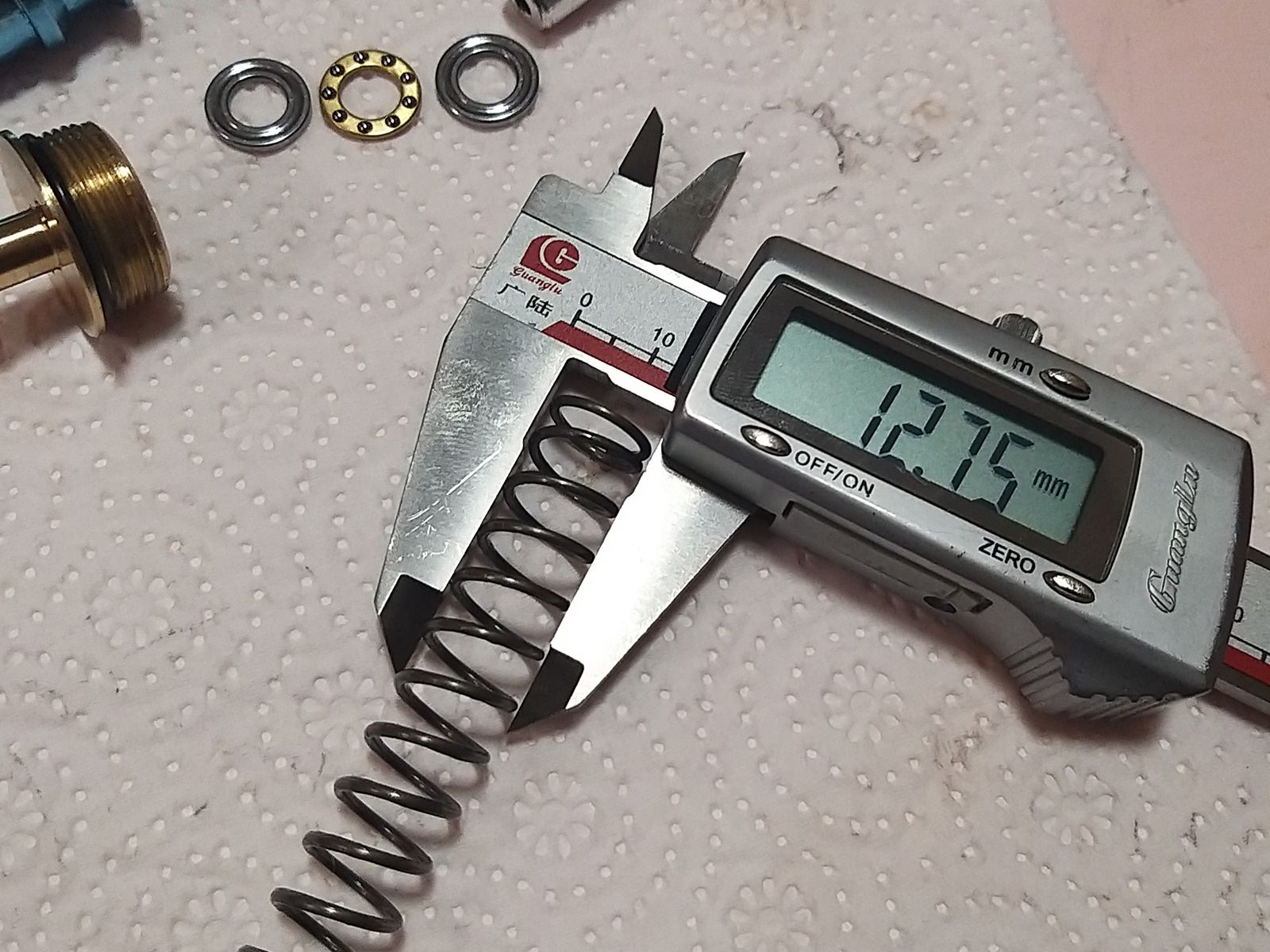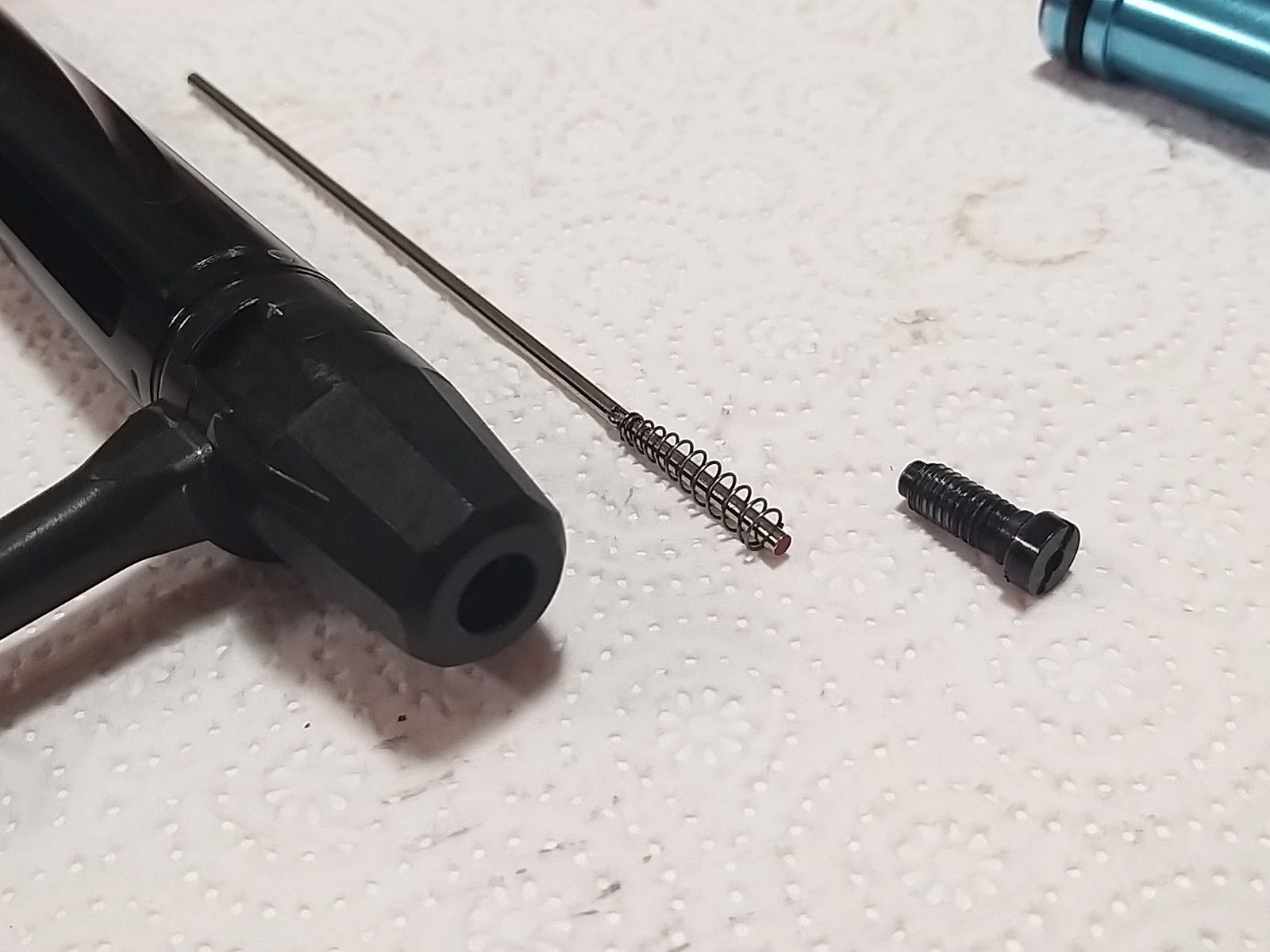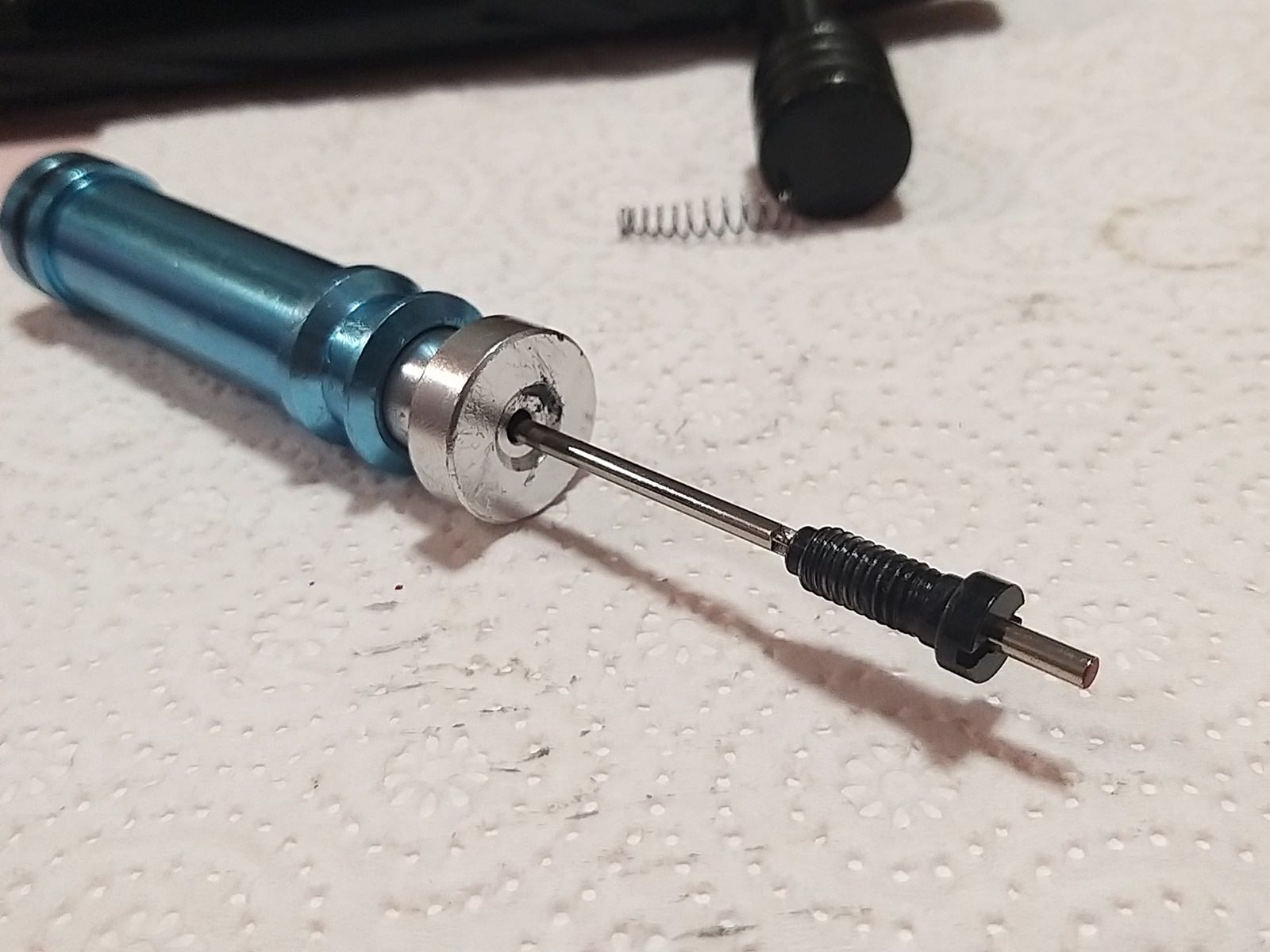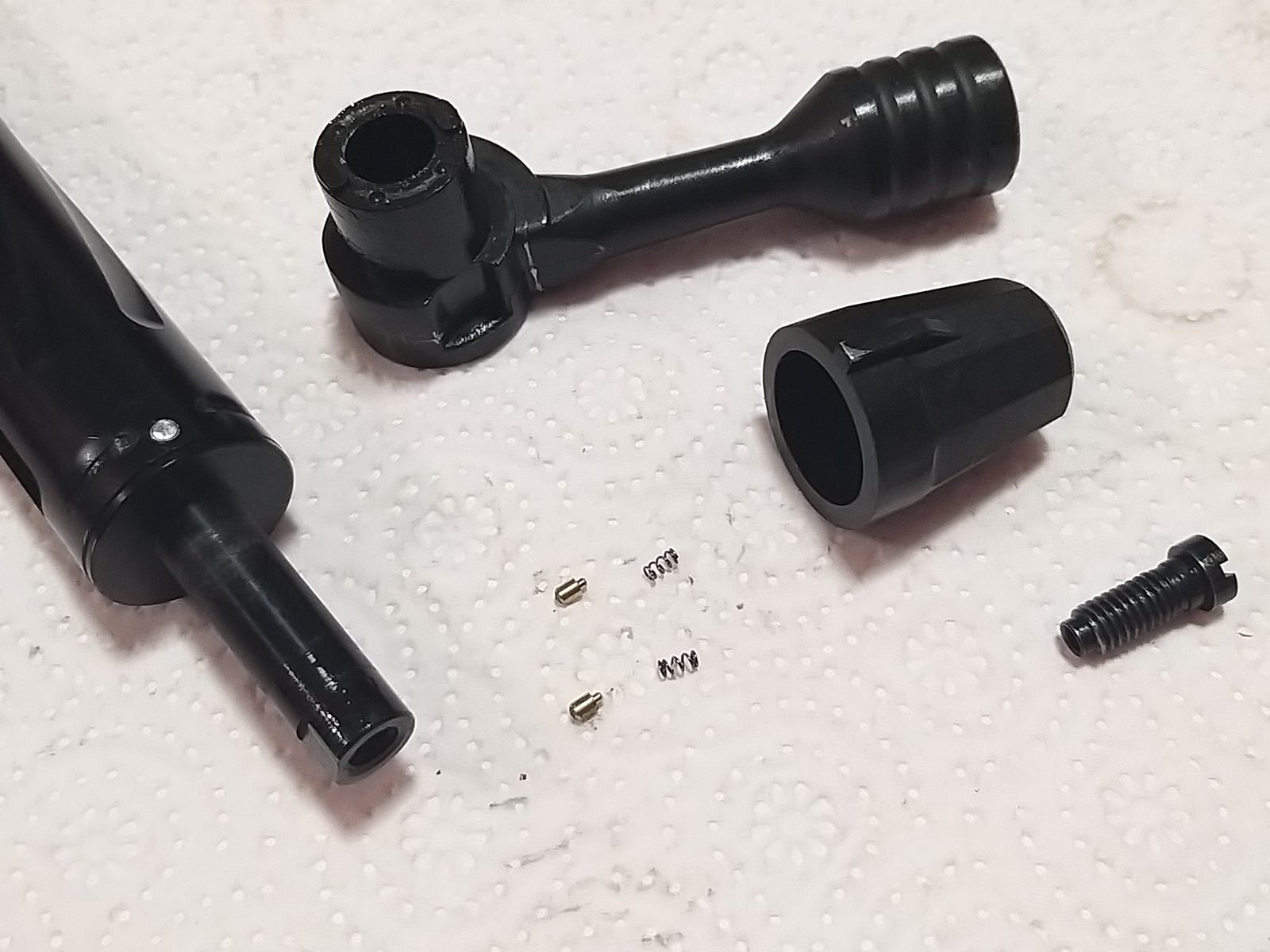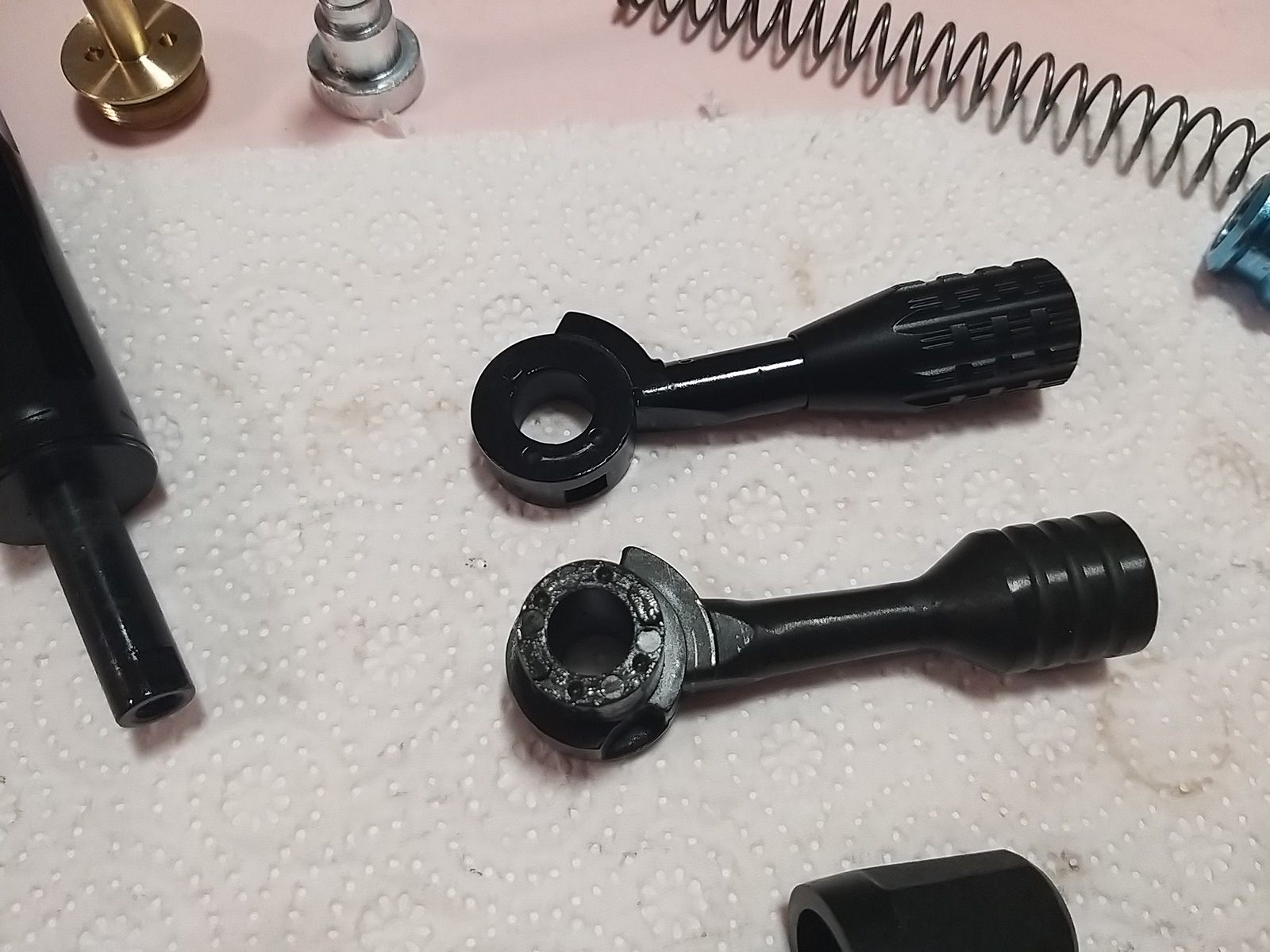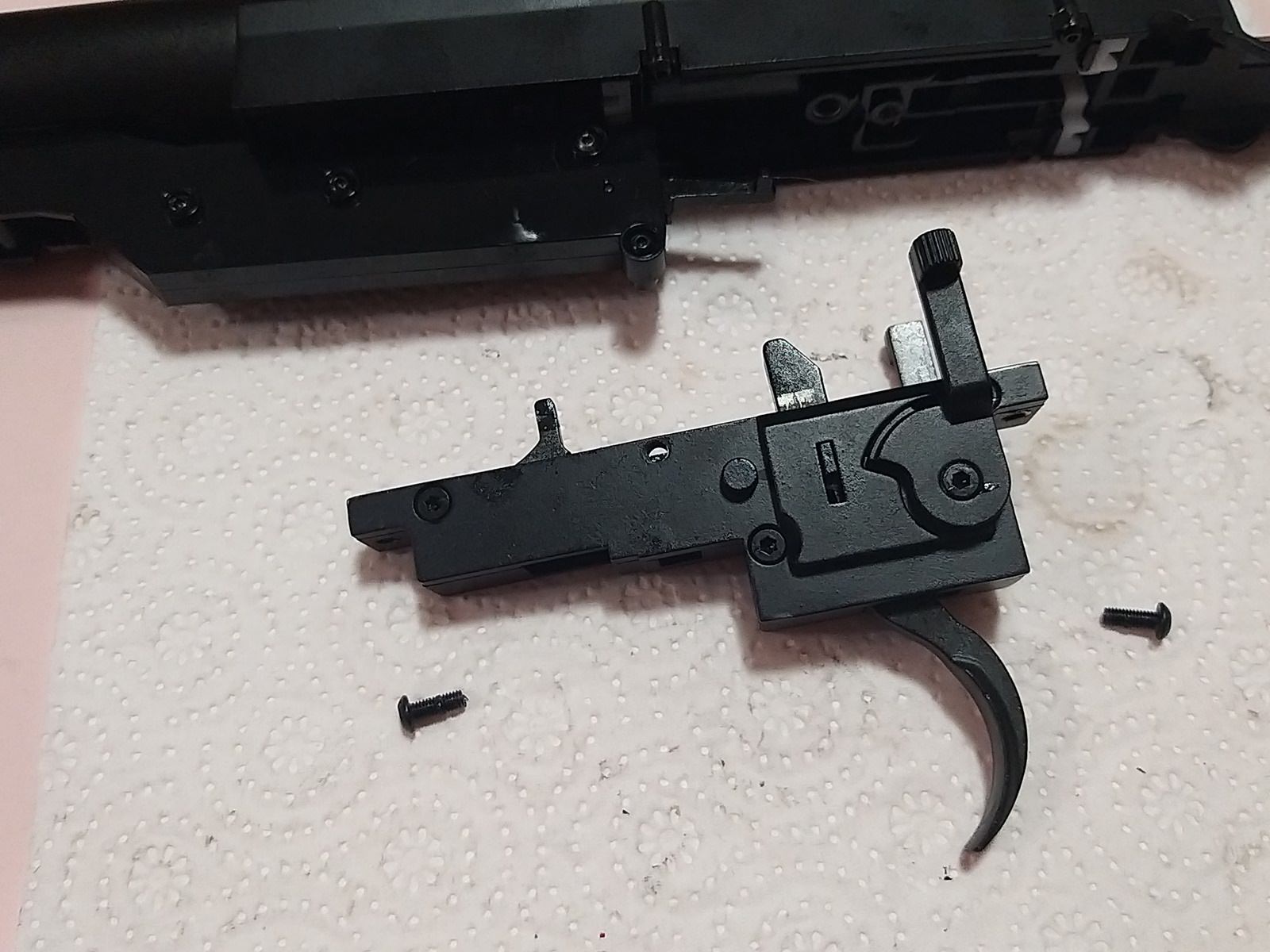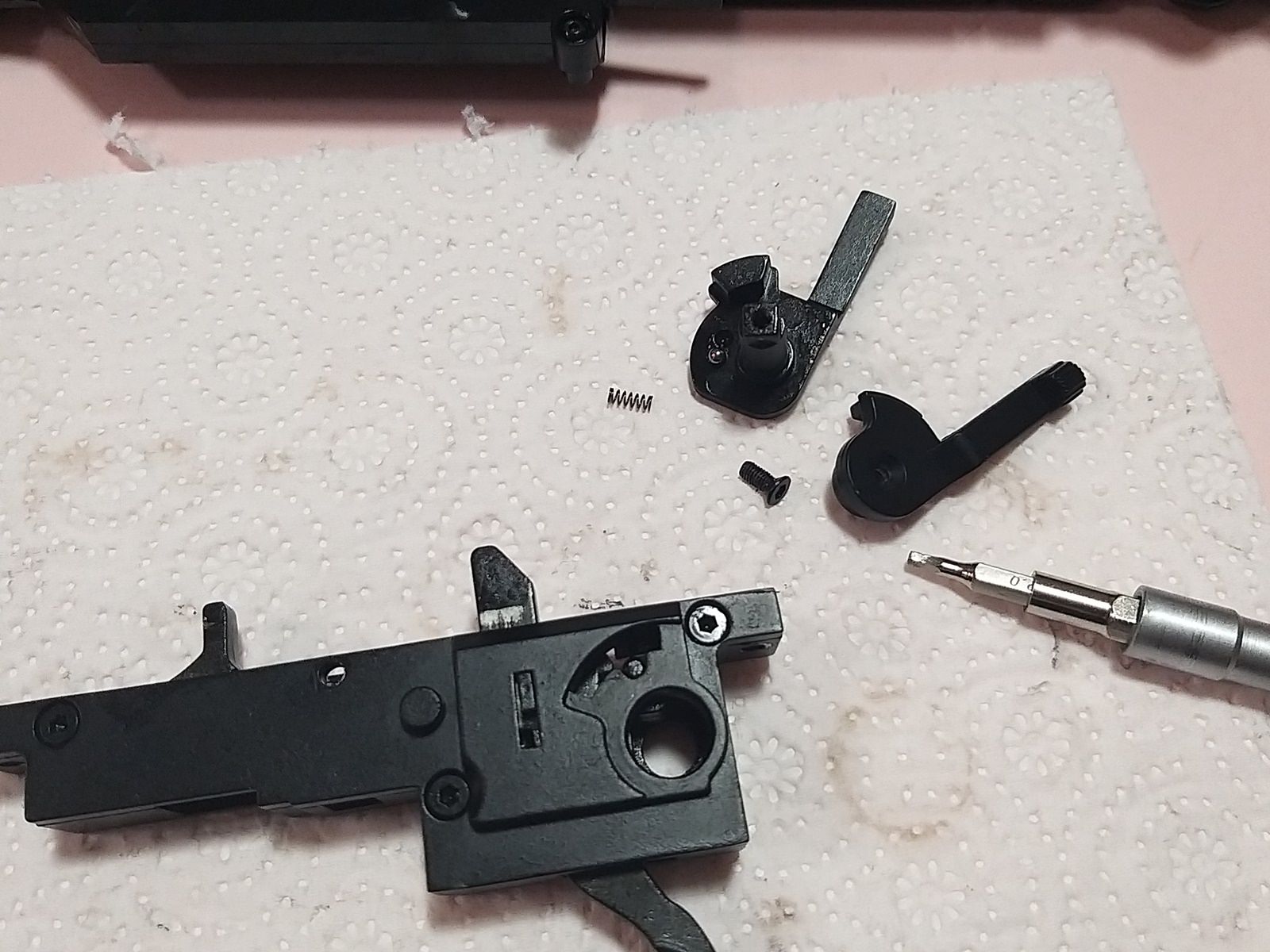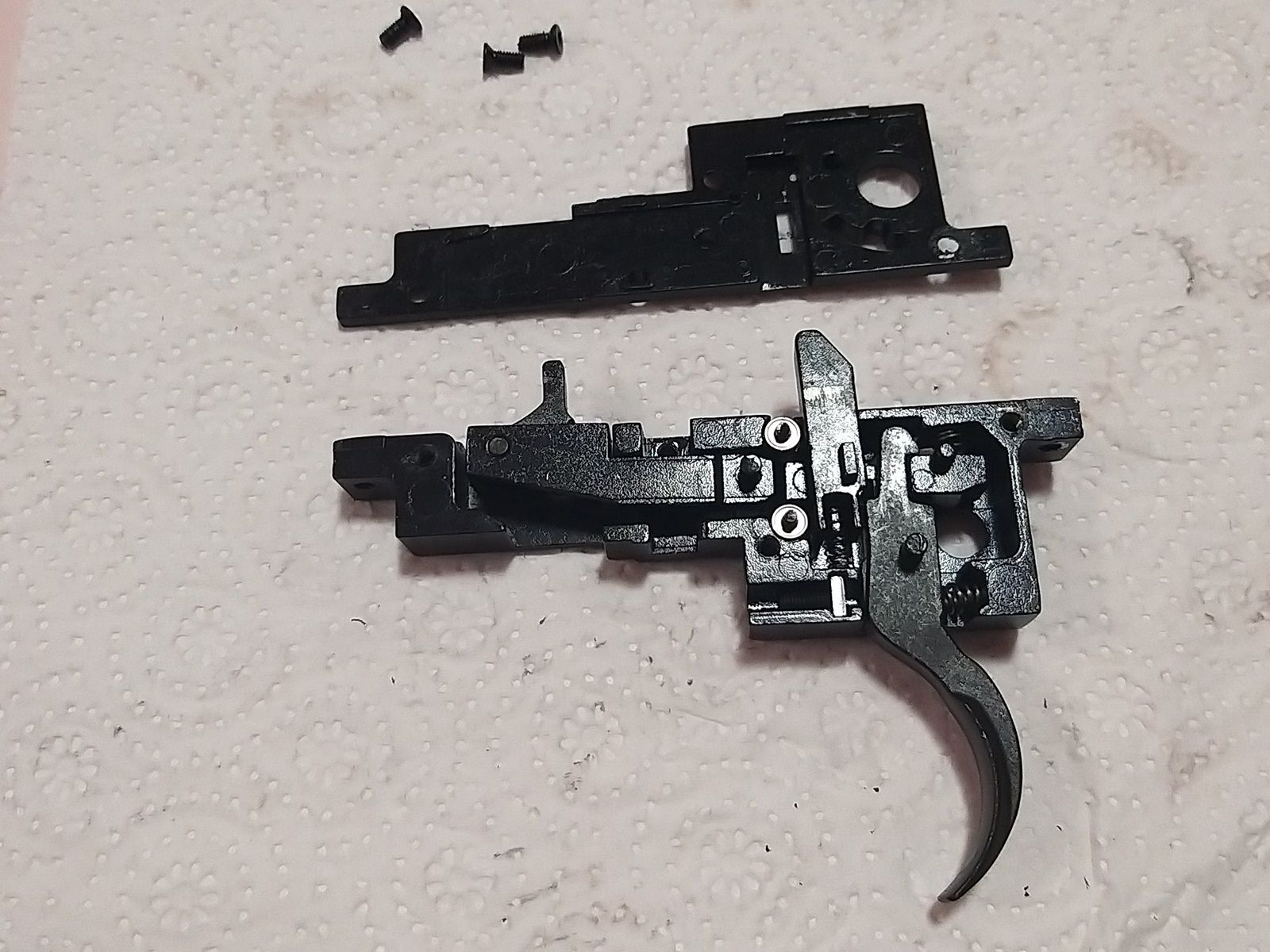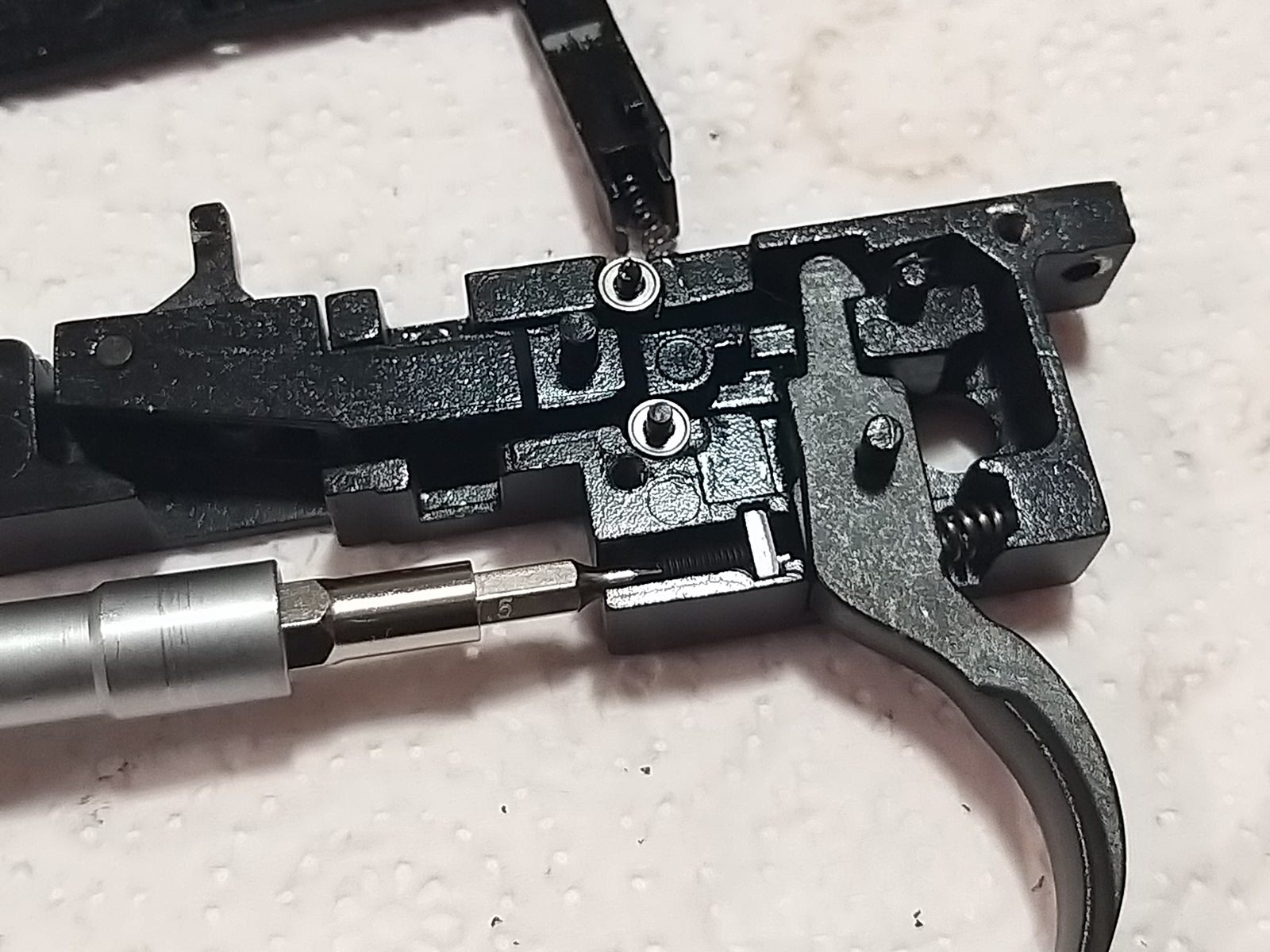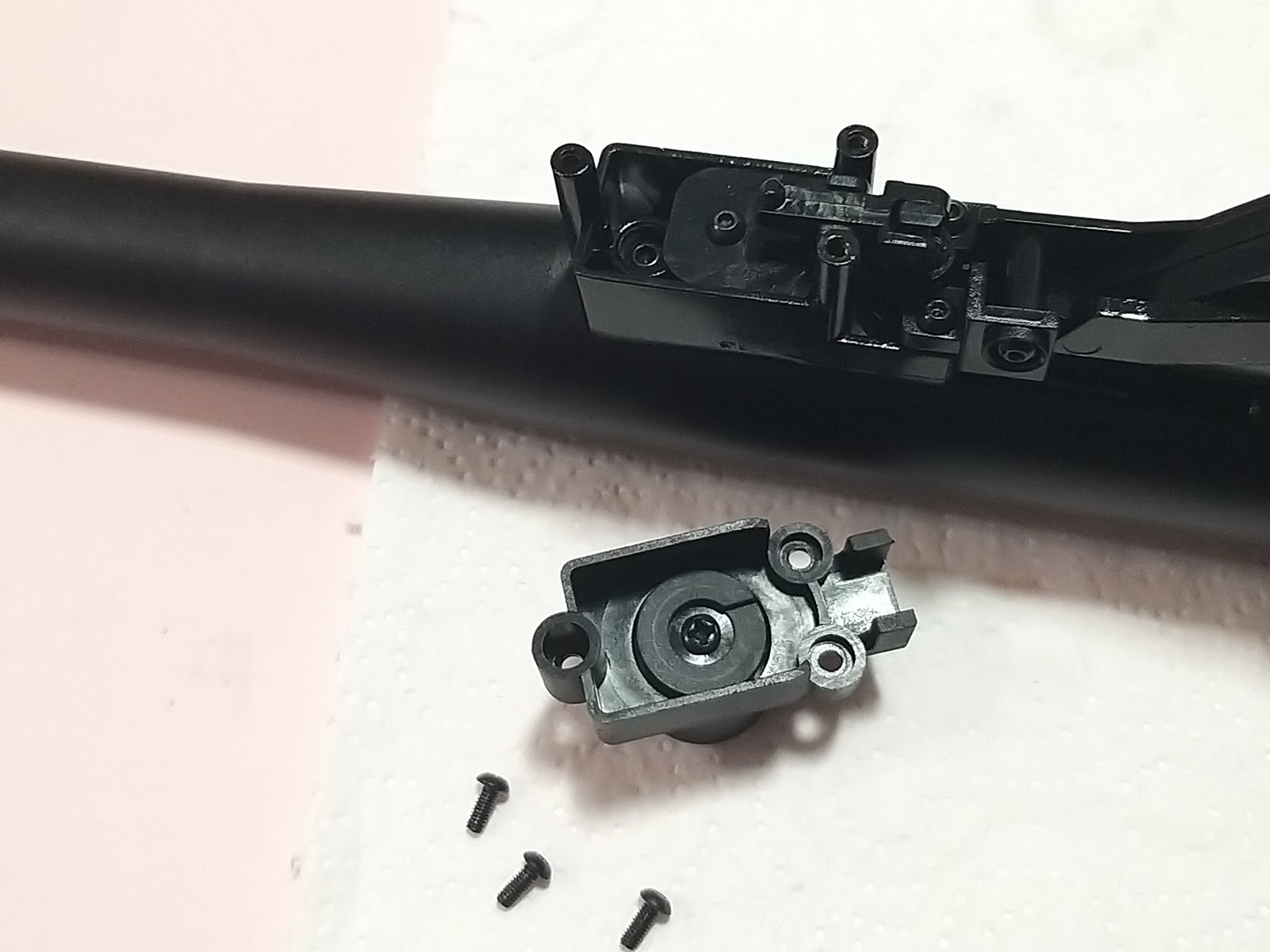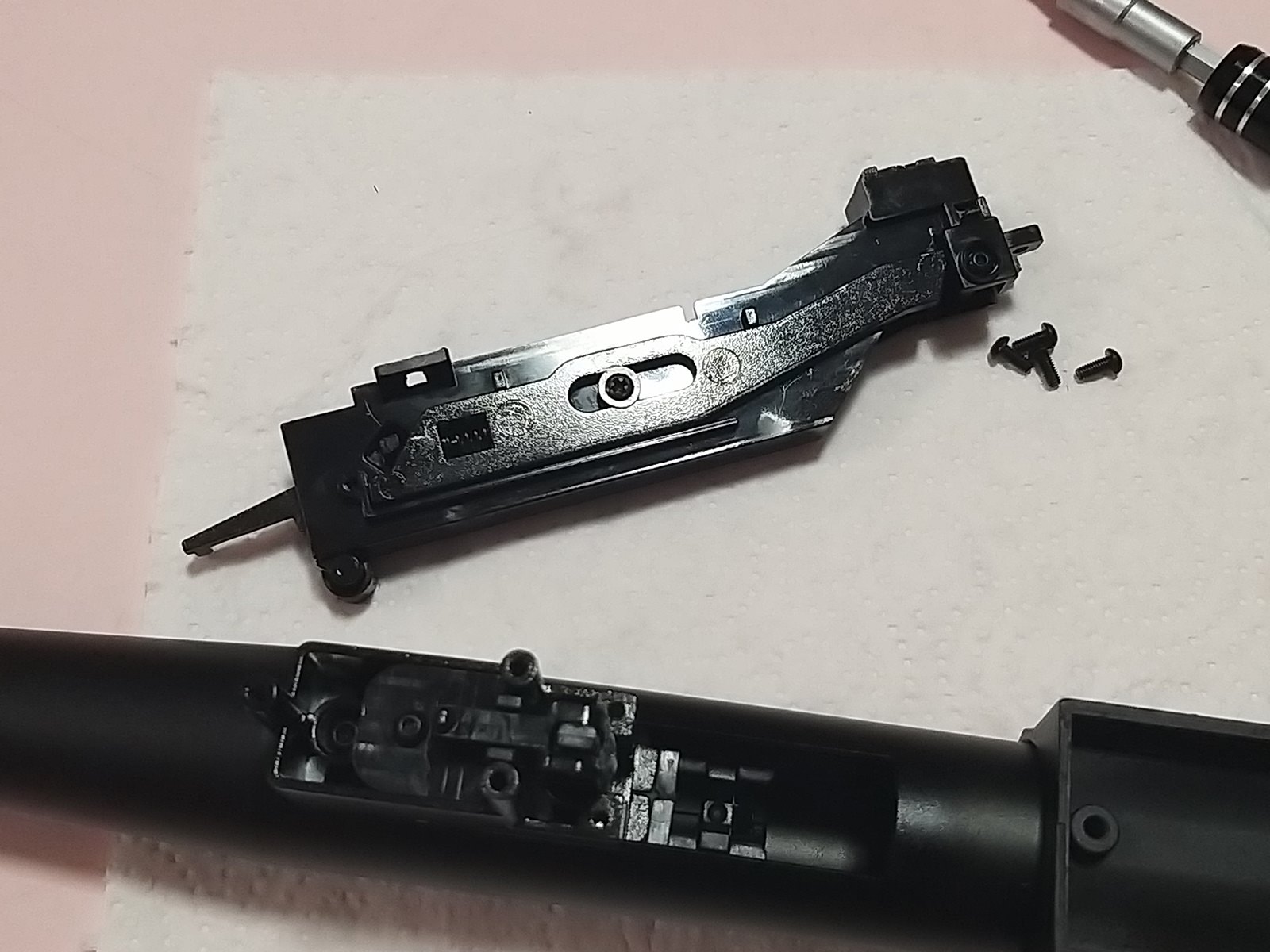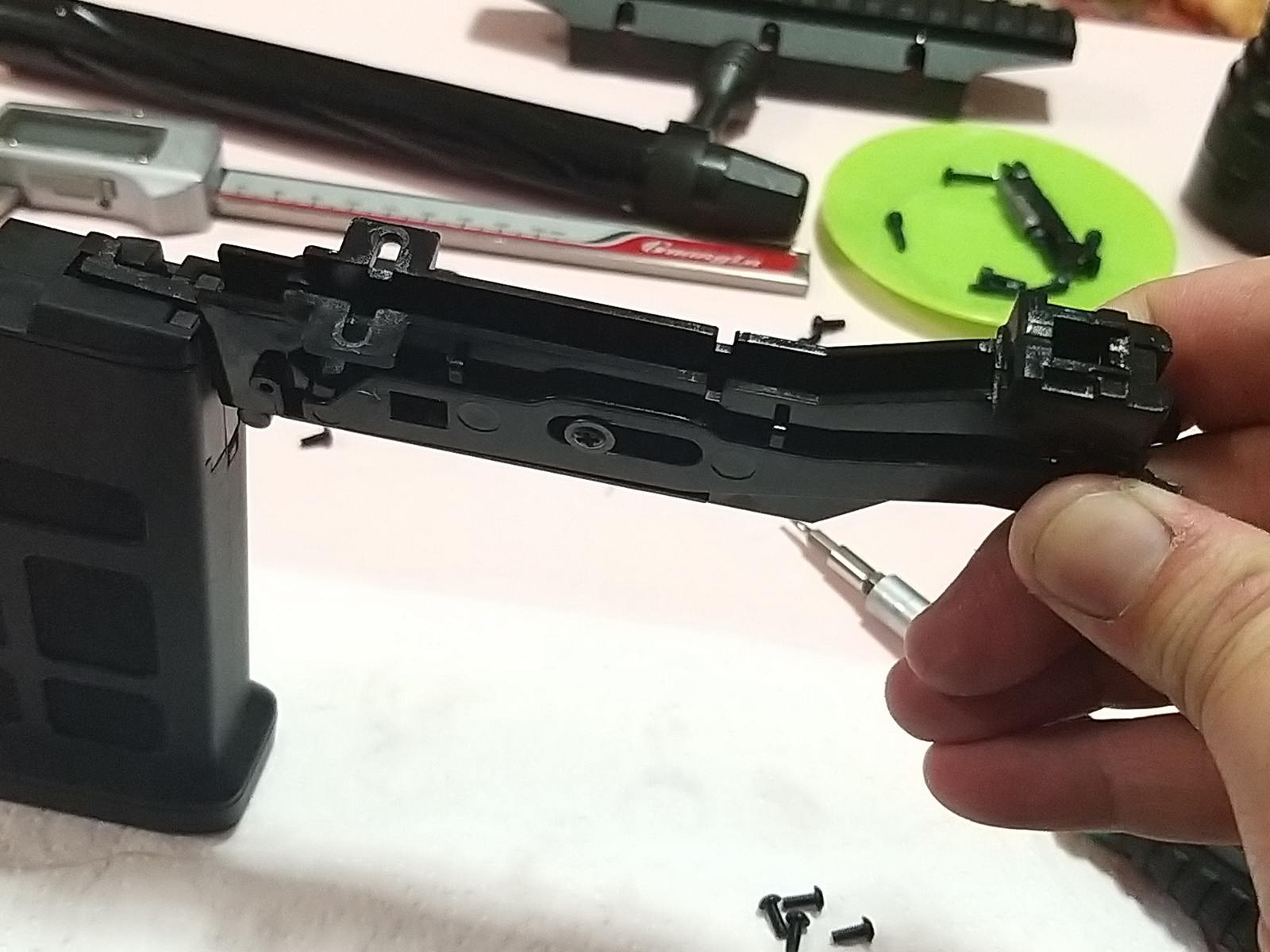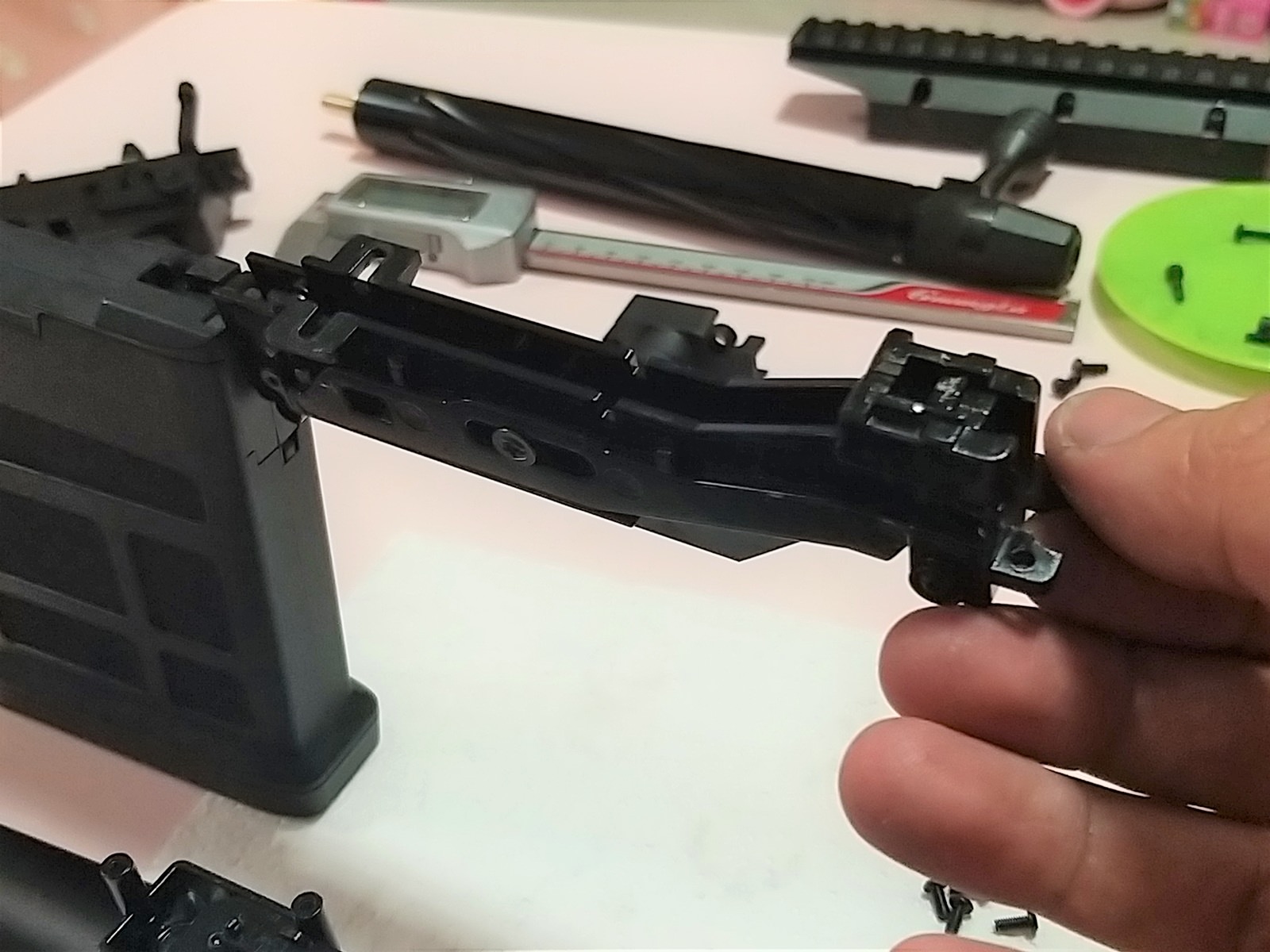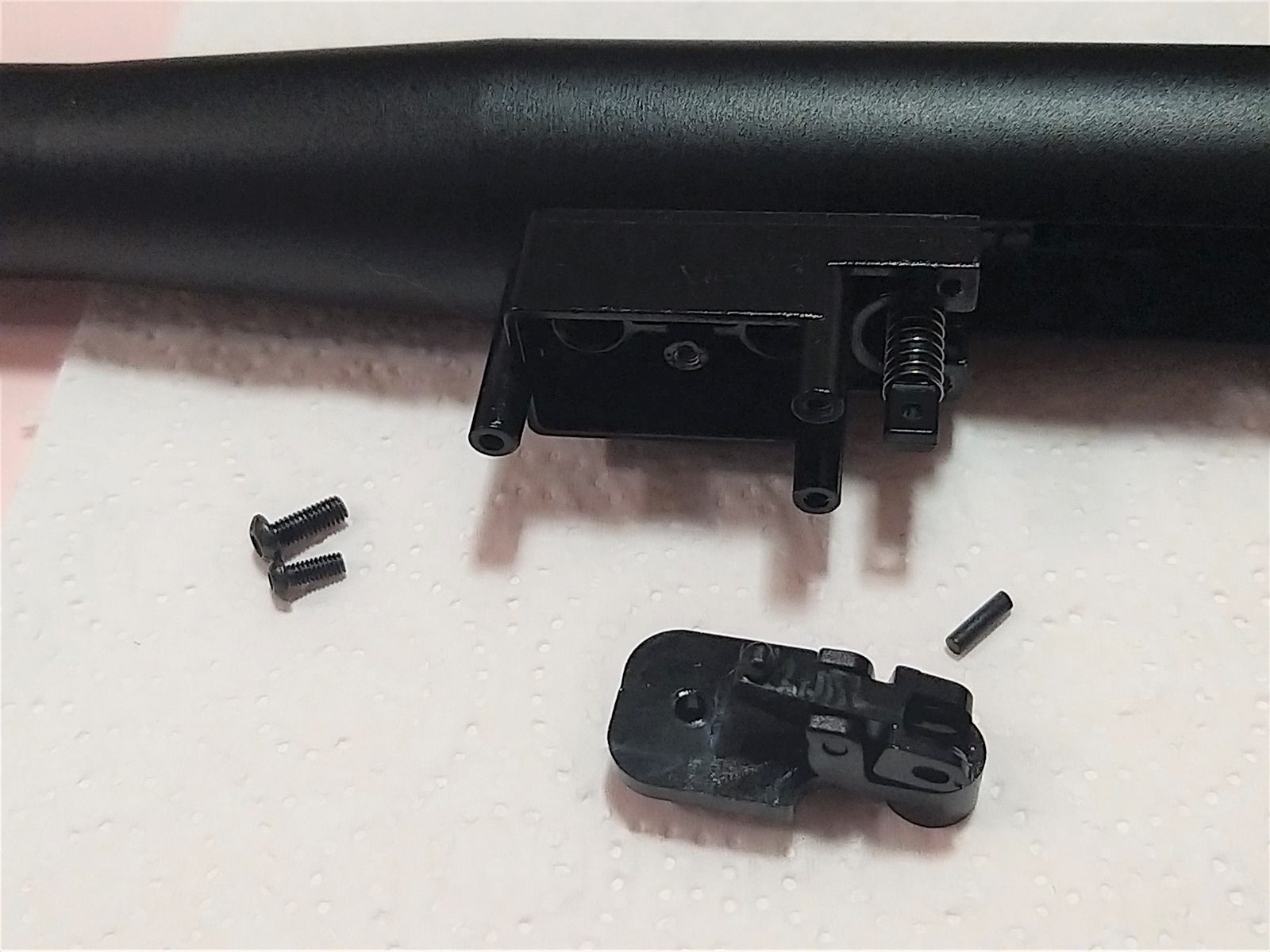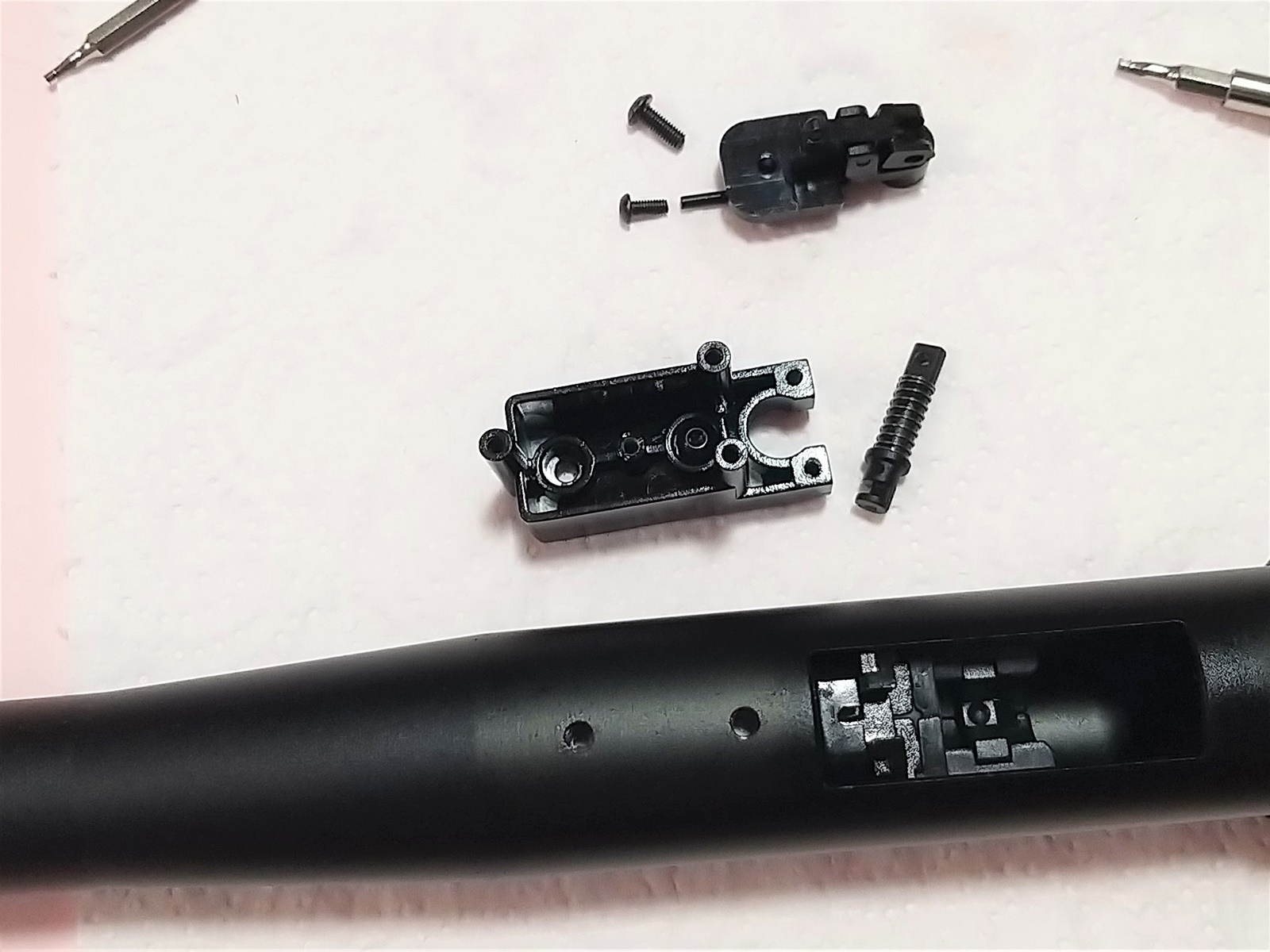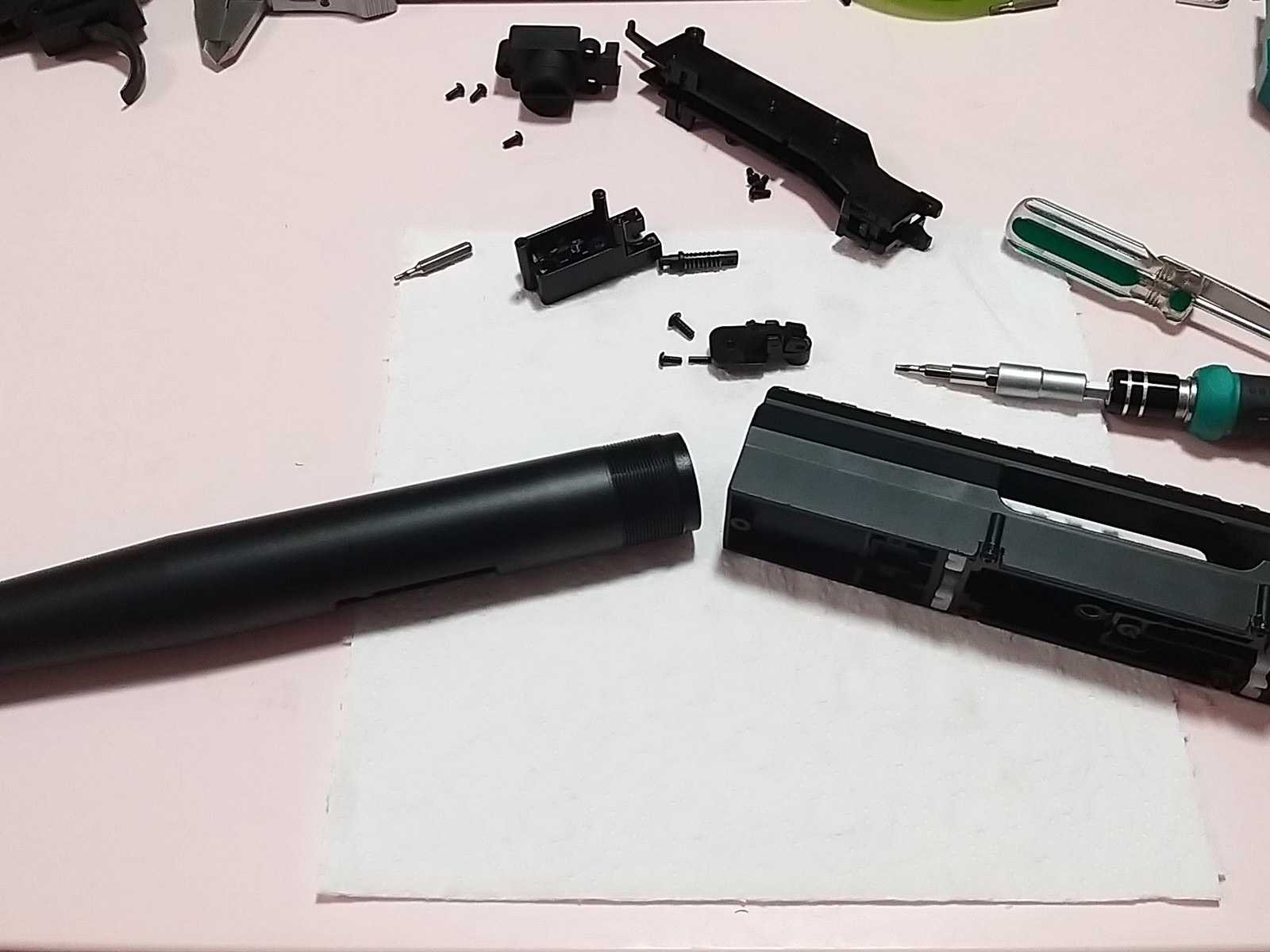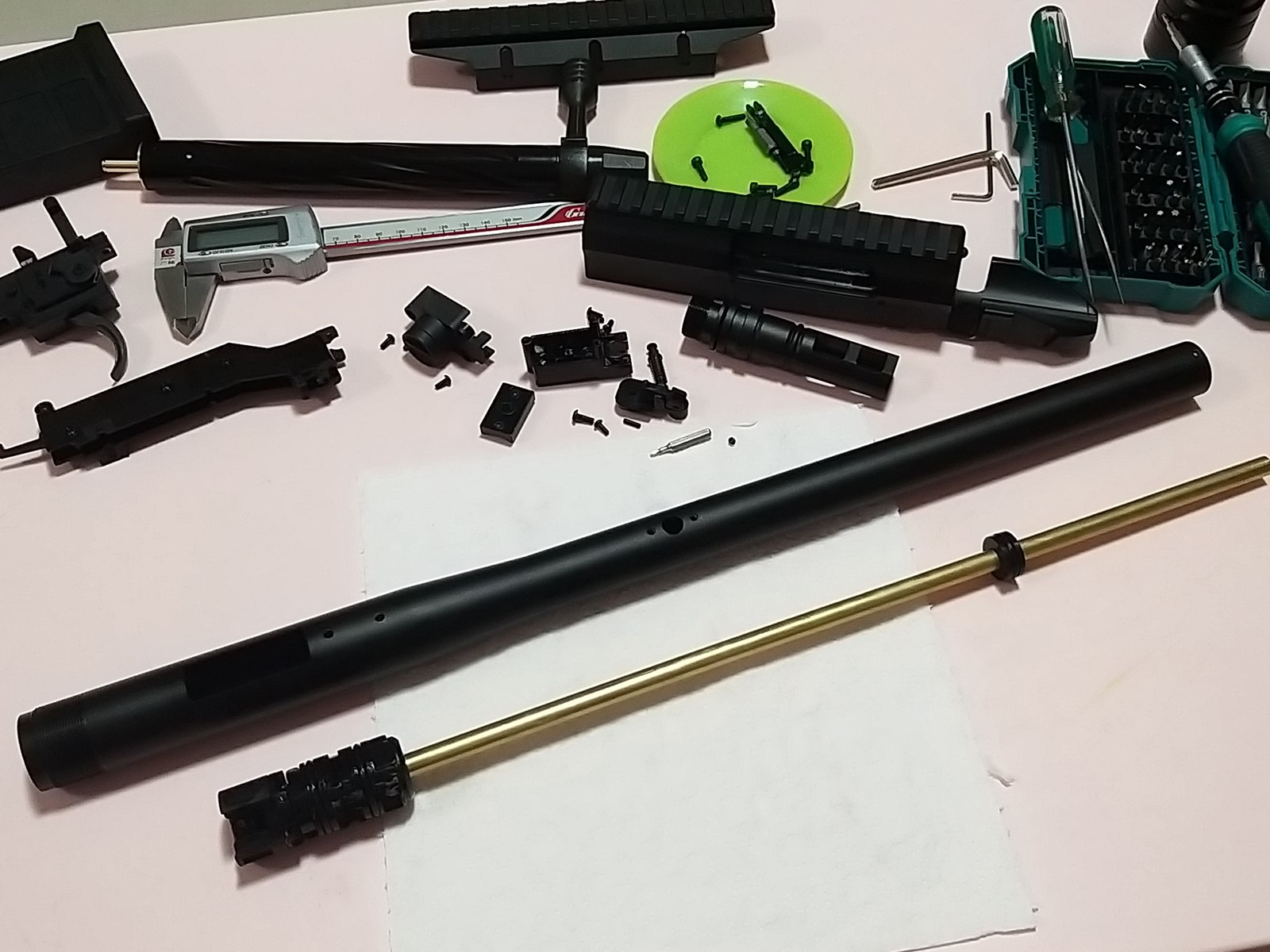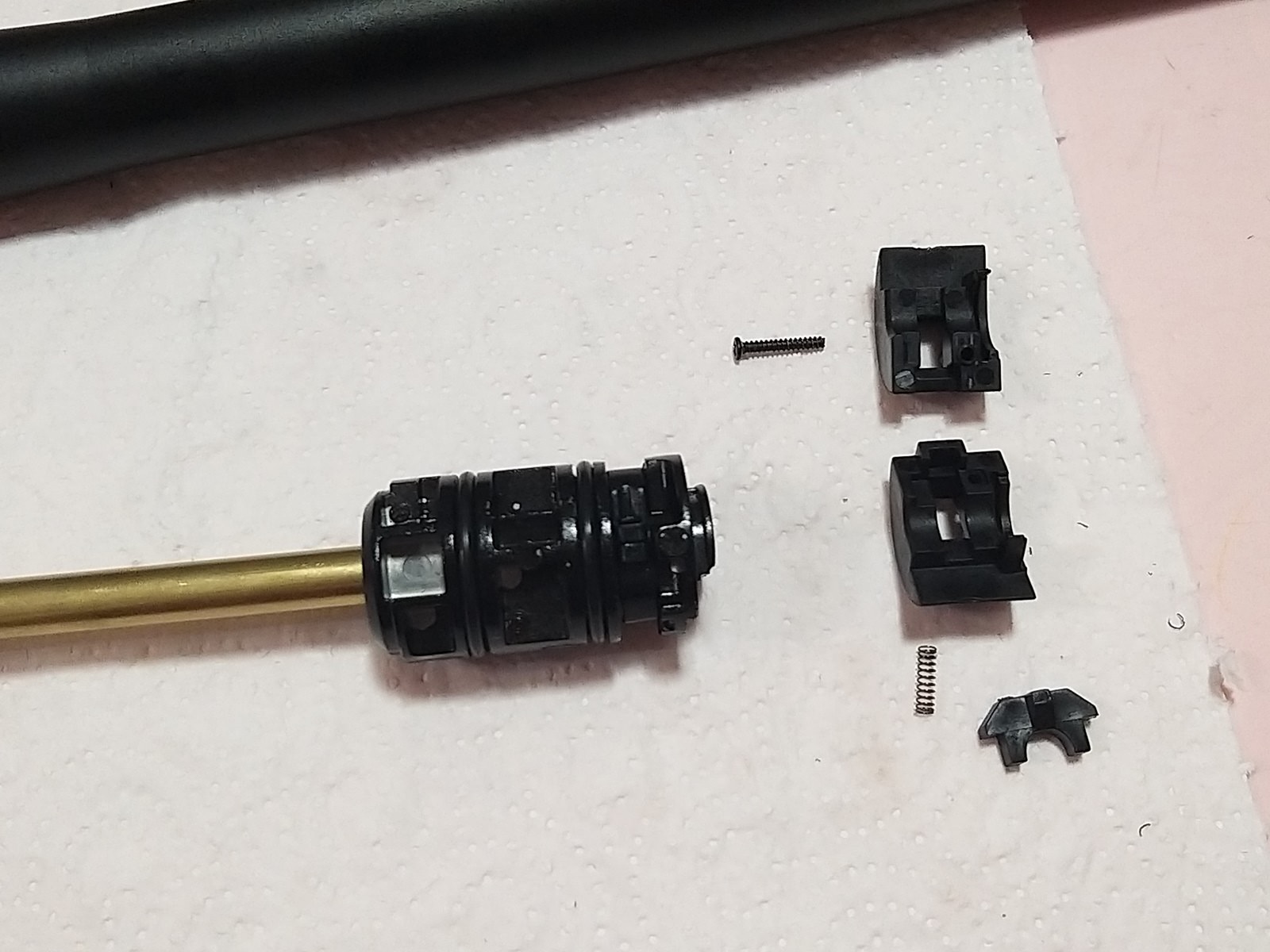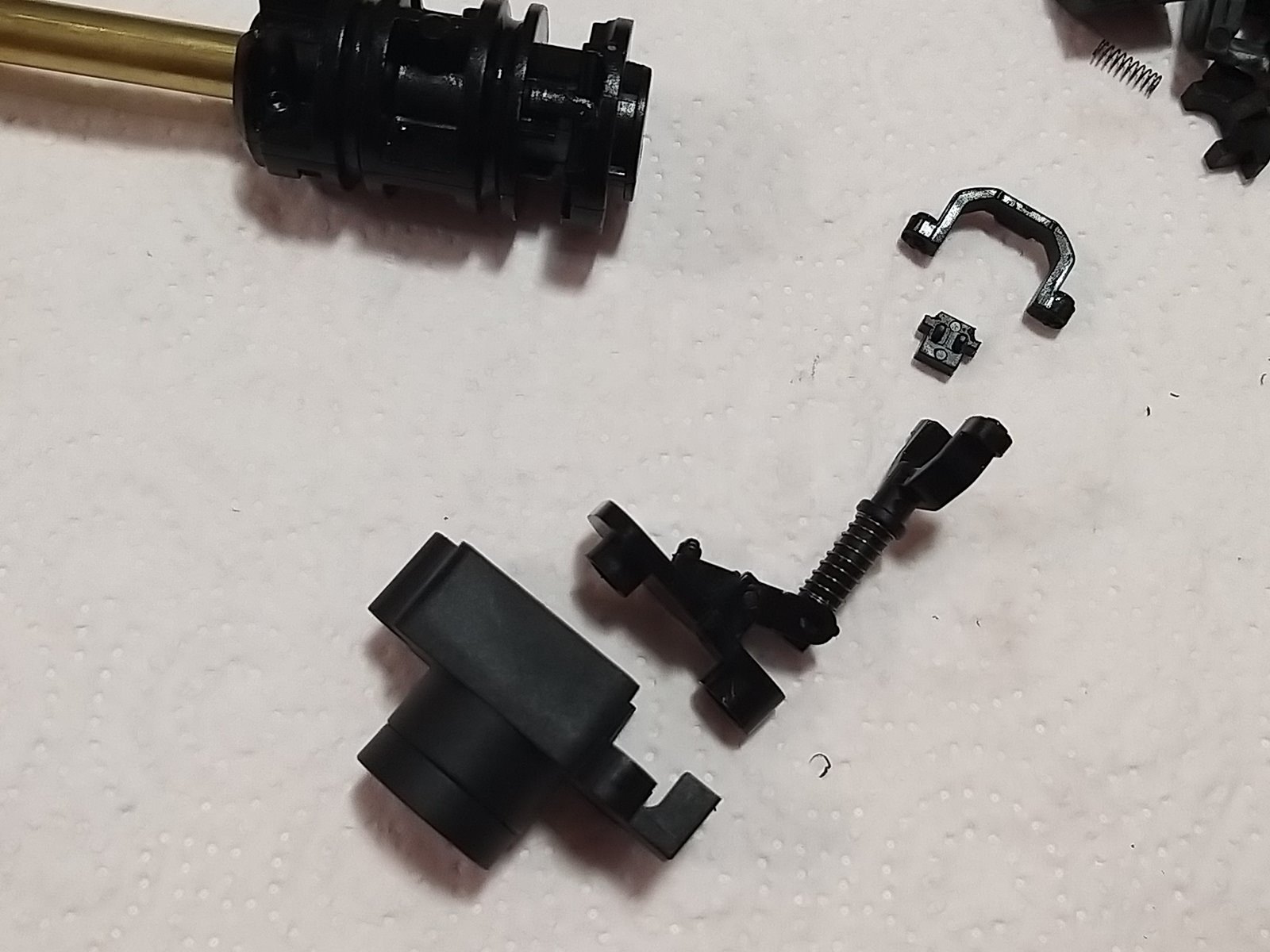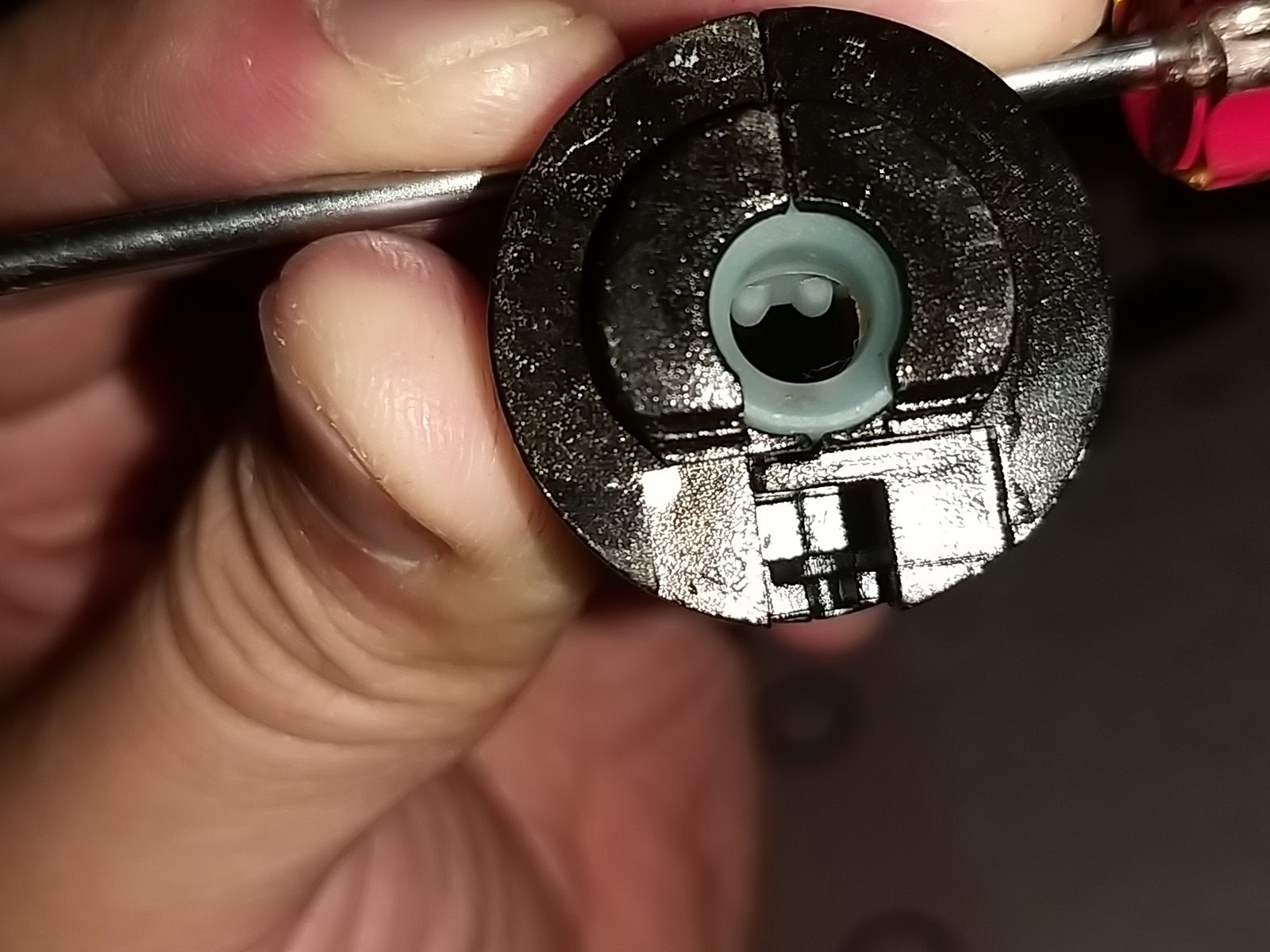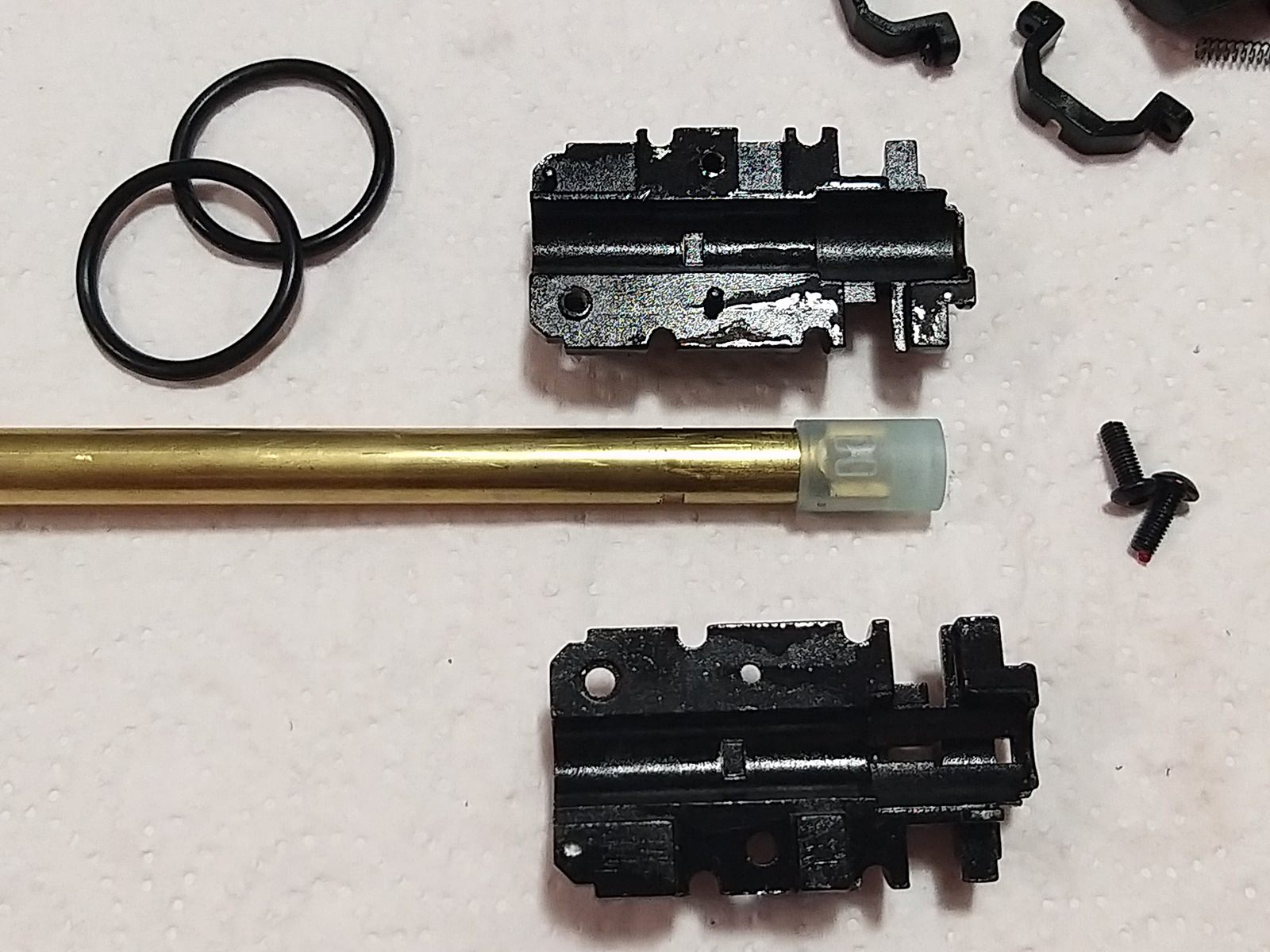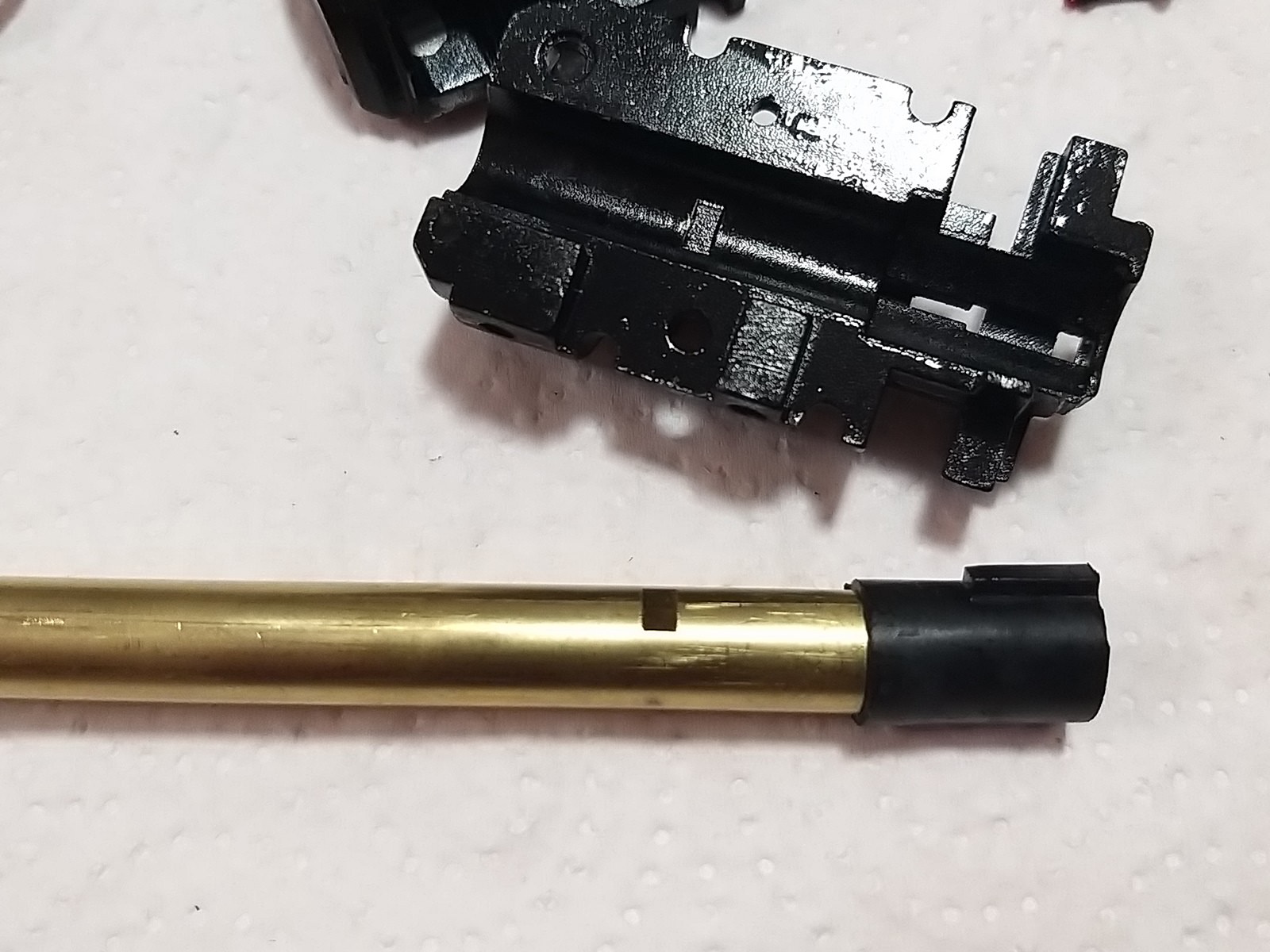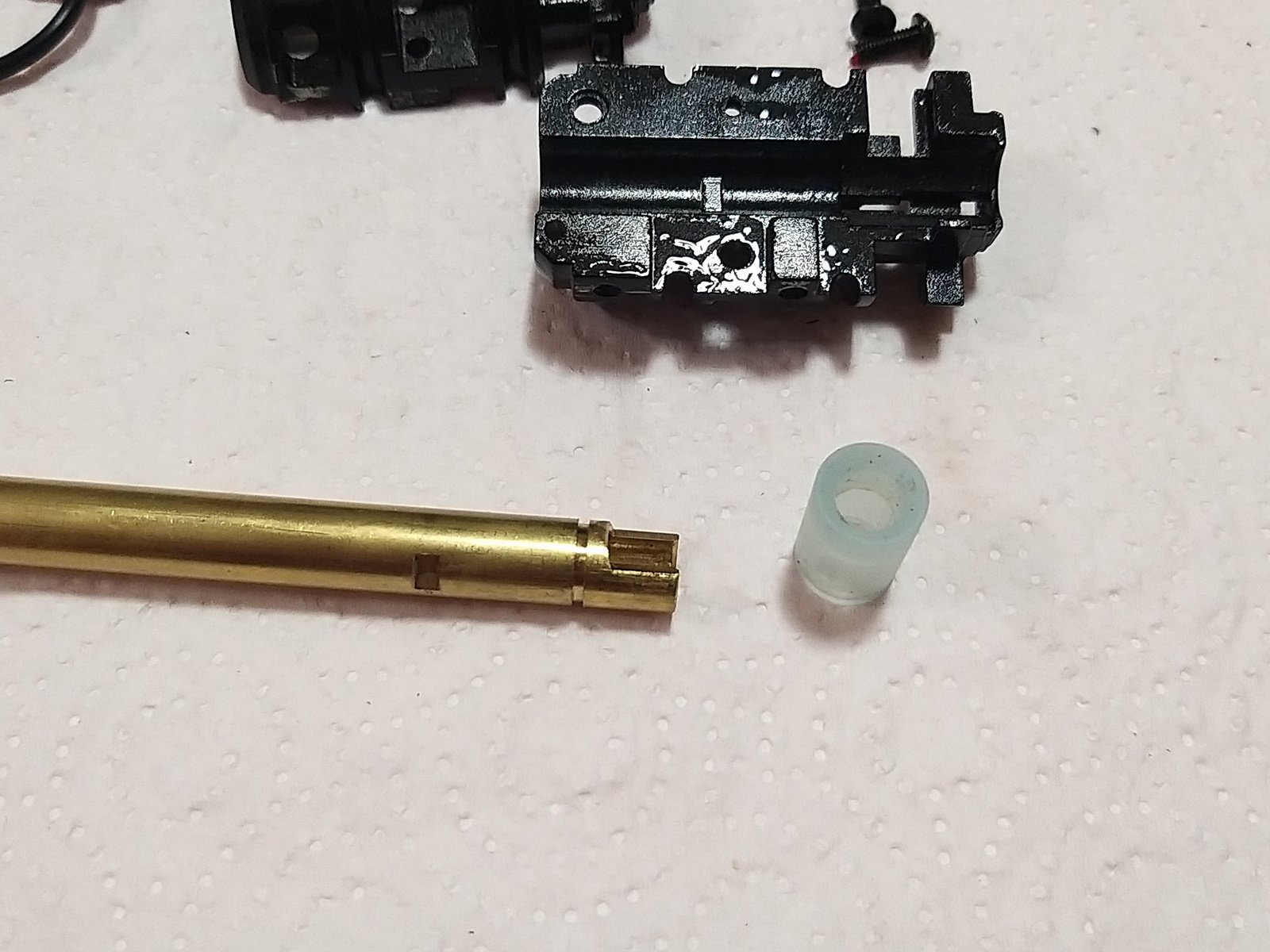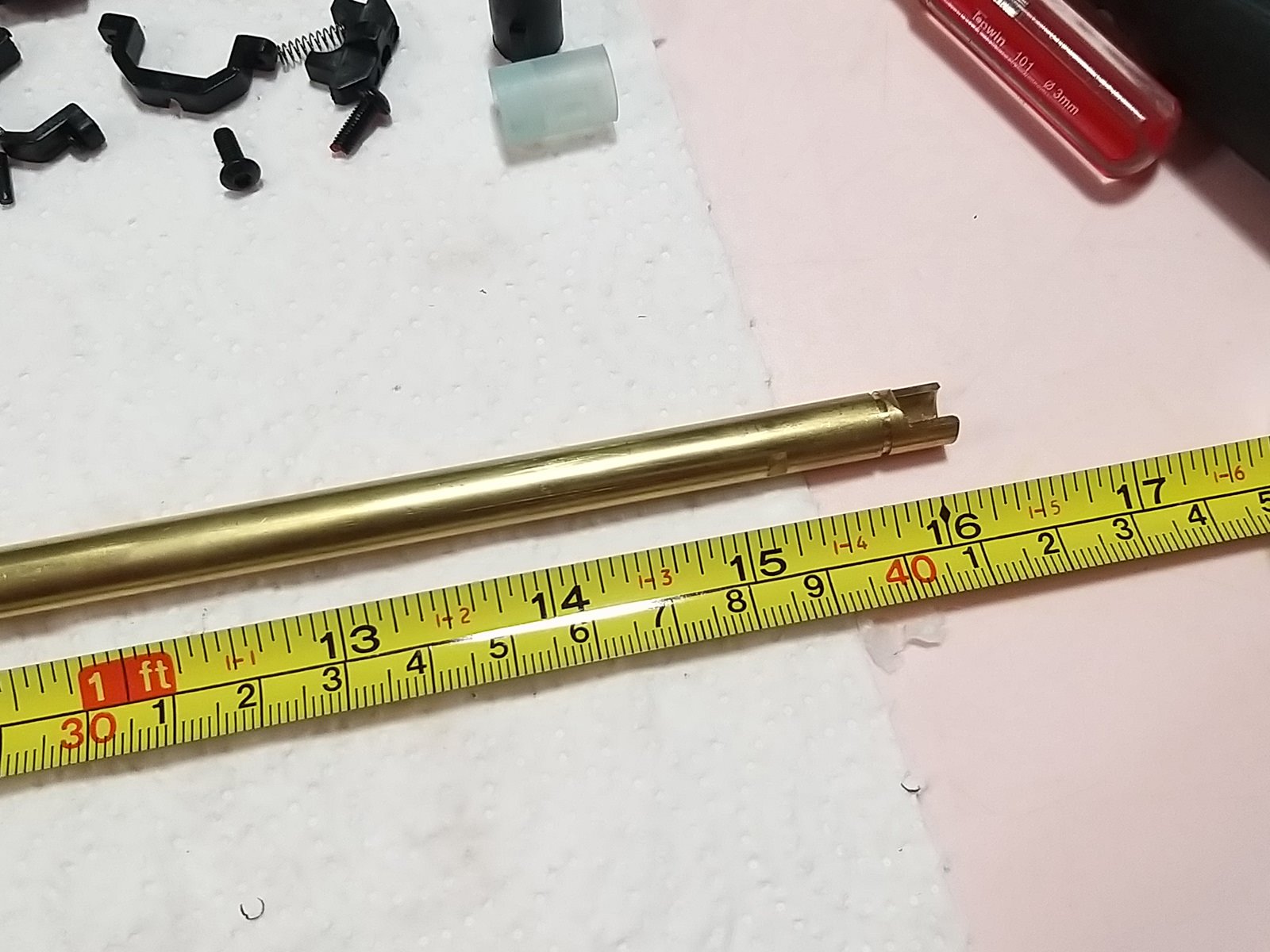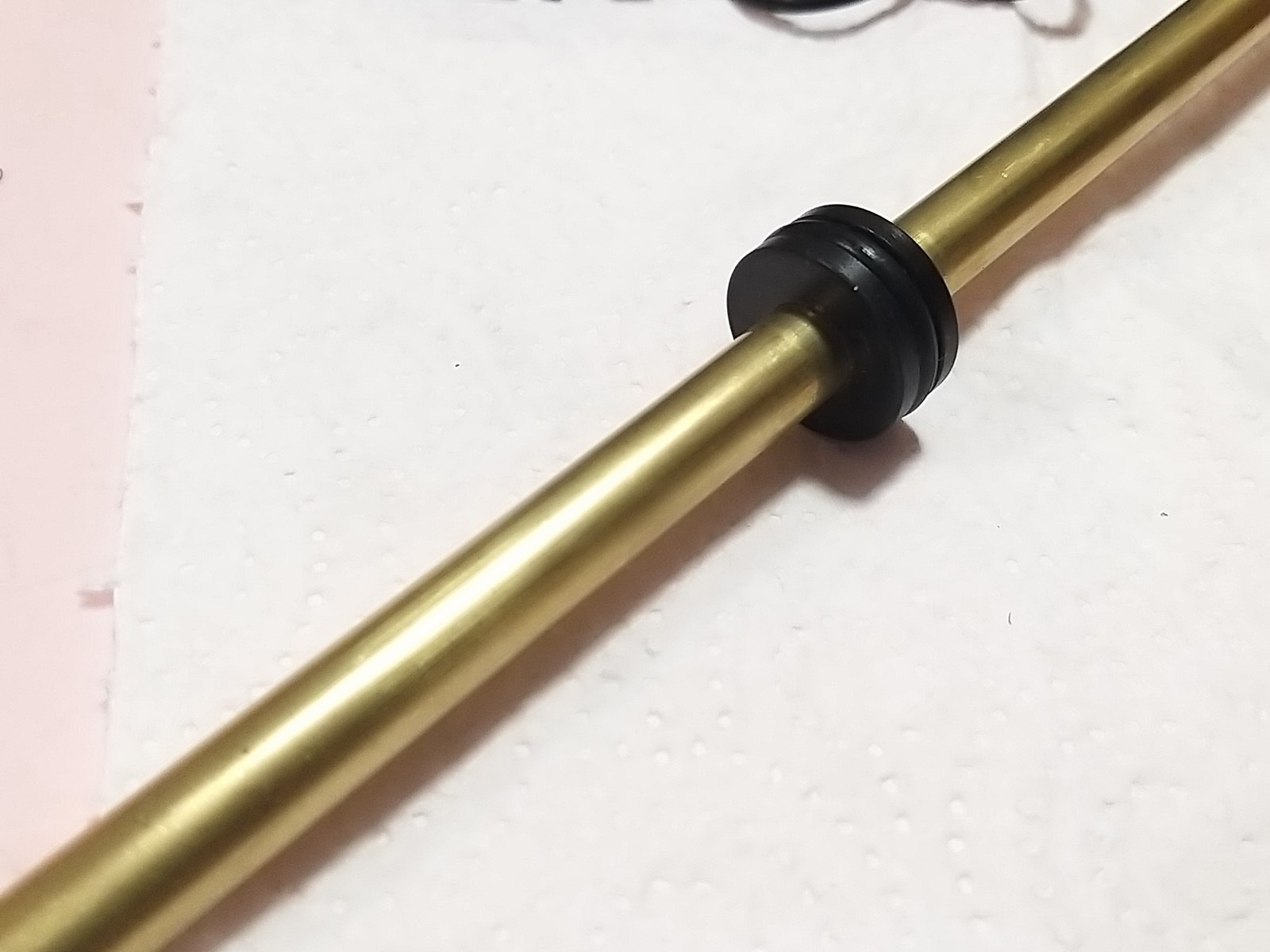(I do not own the rifle nor the original script of this unboxing review - all rights belong to a friend of mine called Dave)
![Image]()
![Image]()
Unboxing
![Image]()
![Image]()
The gun comes packaged inside a simplistic brown card box. This card box also comes with a carrying handle which, unlike some other brands, is sturdy and doesn't come off.
(note from translator: As seen in AirsoftUnboxing it should come along with a hard plastic case - I presume the local version probably comes with a different package)
![Image]()
The folded gun, along with contents such as the magazine, speed loader, a pack of BBs and 2 Allen keys, are well supported by a rigid, high density black foam.
![Image]()
This rifle also comes with a colour printed instruction leaflet (which, weirdly, the pictures are all in black and white for some reason).
![Image]()
![Image]()
The rifle itself. This rifle doesn't come with any extra accessories, not even M-lok rail pieces nor bipods. The rifle is tipped with a M40-esque flash hider. This gun is completely modelled from the Magpul Pro 700 which, while not necessarily aesthetically pleasing, is a highly functional design.
![Image]()
This gun has a feeding system is a copy of the Marui M40 system. Different from other feeding tube systems, the M40 system has a cut off system which, if the magazine ran out of BBs or the magazine isn't attached to the gun, the BB feeding tube will be blocked and no BBs will be fed into the hop up chamber, even if there are any BBs inside the feeding tube.
(note from translator: think Striker series or the SRS where you can tilt the gun and feed a BB into it - not happening with the Marui M40 system)
![Image]()
This is accomplished by a lever inside the magazine well which will be pushed against by the magazine - as long as this lever isn't engaged the feeding tube will be blocked on both sides, preventing BBs from being fed into the gun. Pressing this lever externally with a finger will cause all BBs to leave this tube, thereby clearing the rifle.
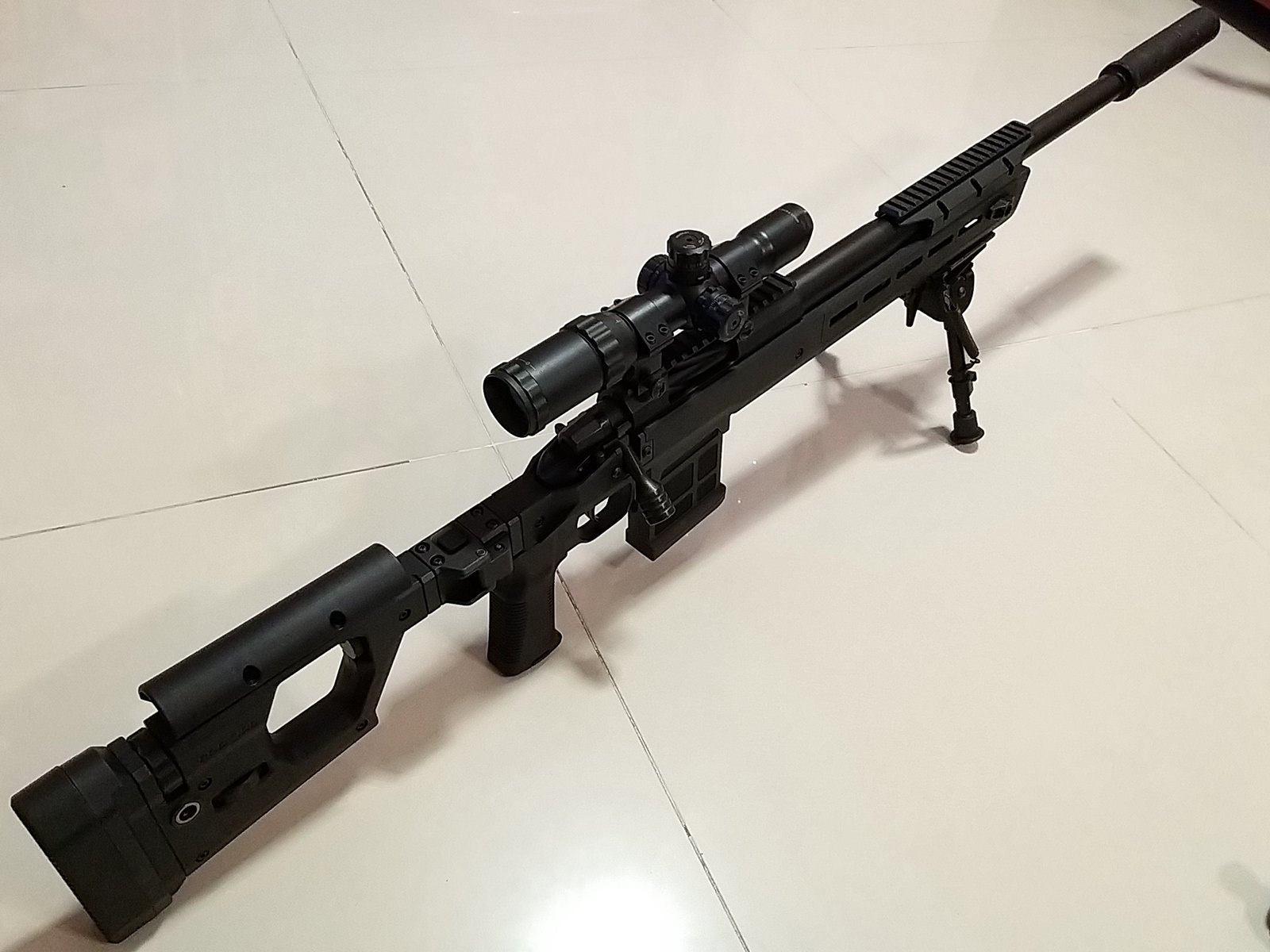
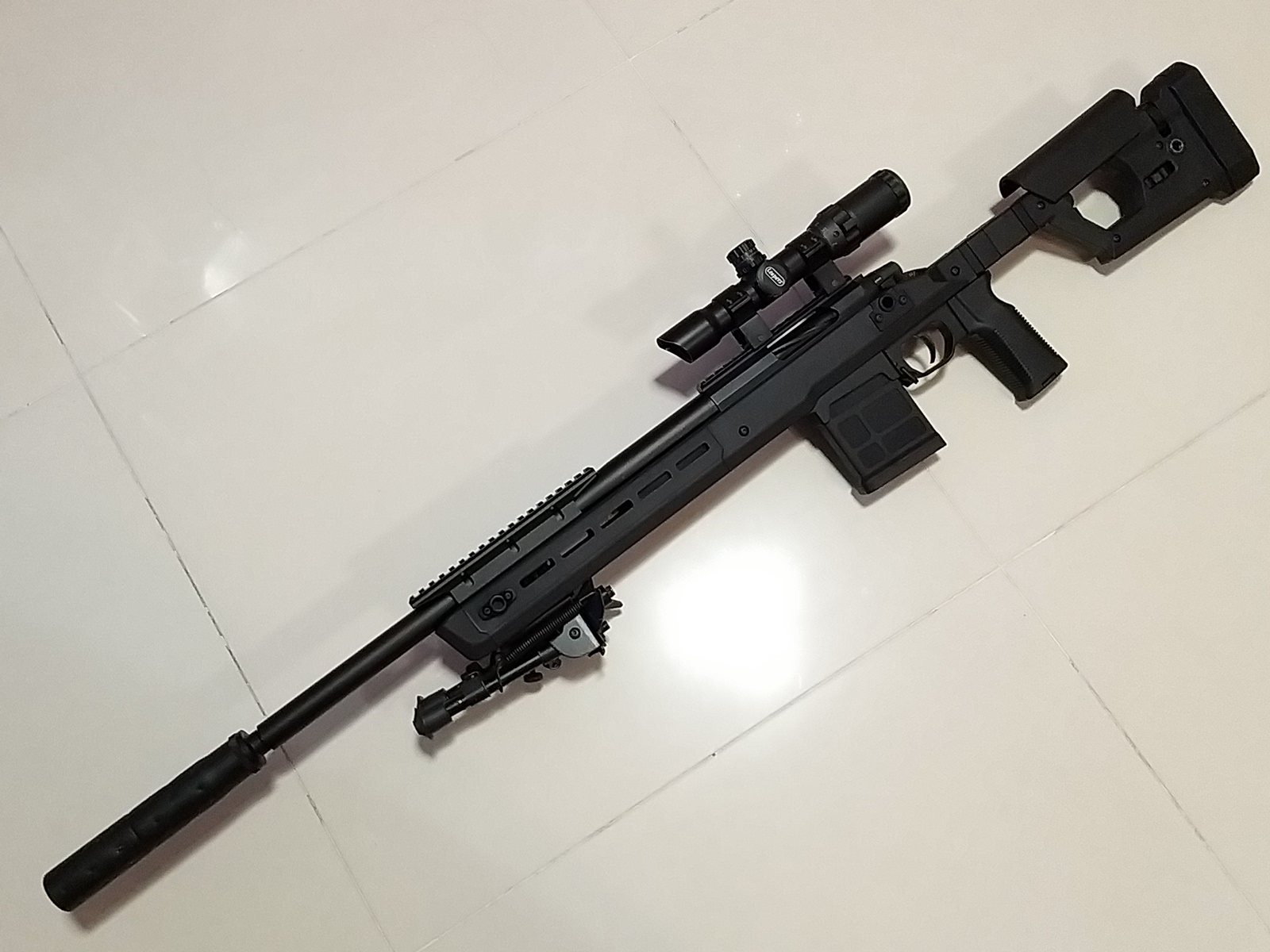
Unboxing
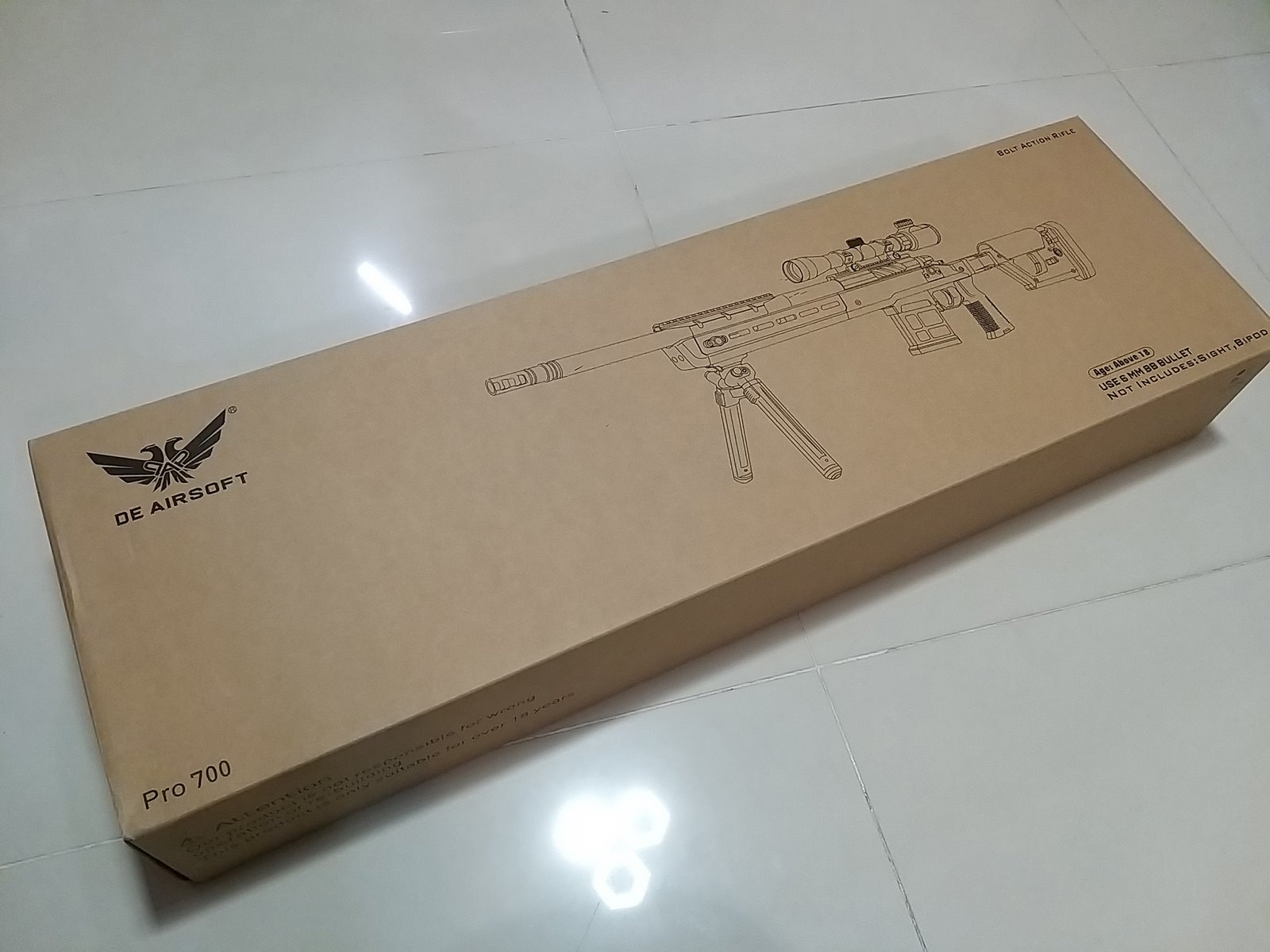
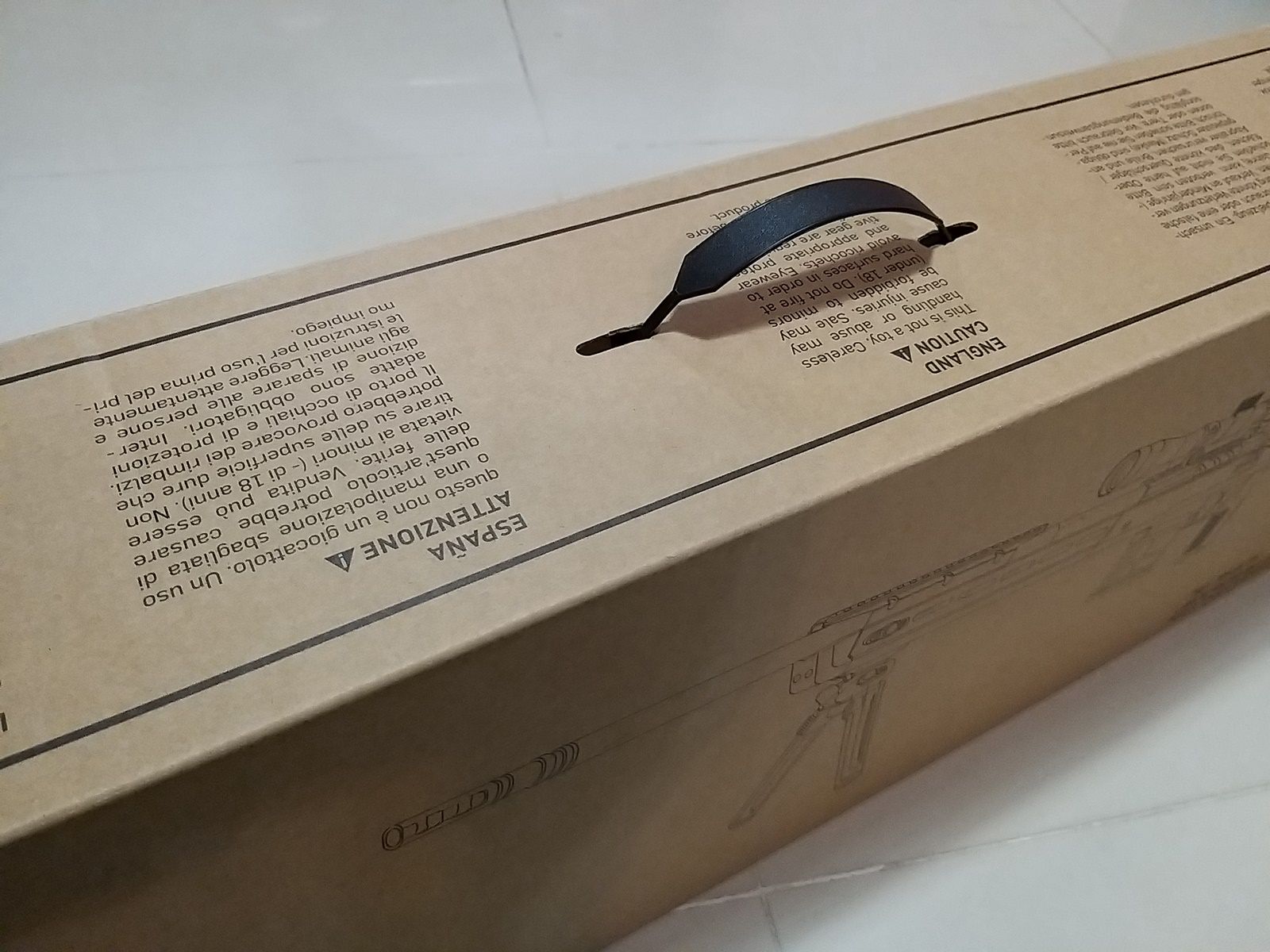
The gun comes packaged inside a simplistic brown card box. This card box also comes with a carrying handle which, unlike some other brands, is sturdy and doesn't come off.
(note from translator: As seen in AirsoftUnboxing it should come along with a hard plastic case - I presume the local version probably comes with a different package)
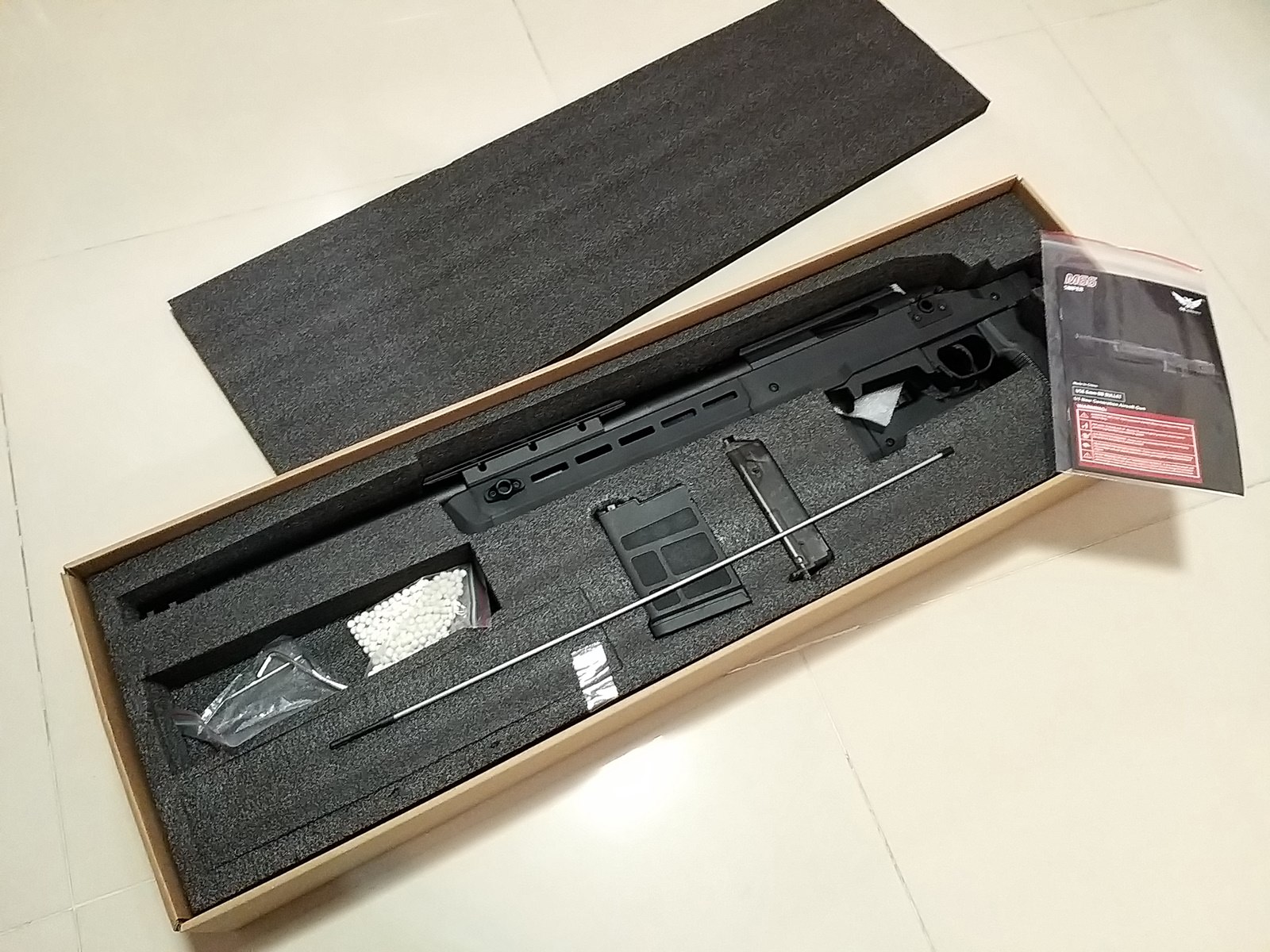
The folded gun, along with contents such as the magazine, speed loader, a pack of BBs and 2 Allen keys, are well supported by a rigid, high density black foam.
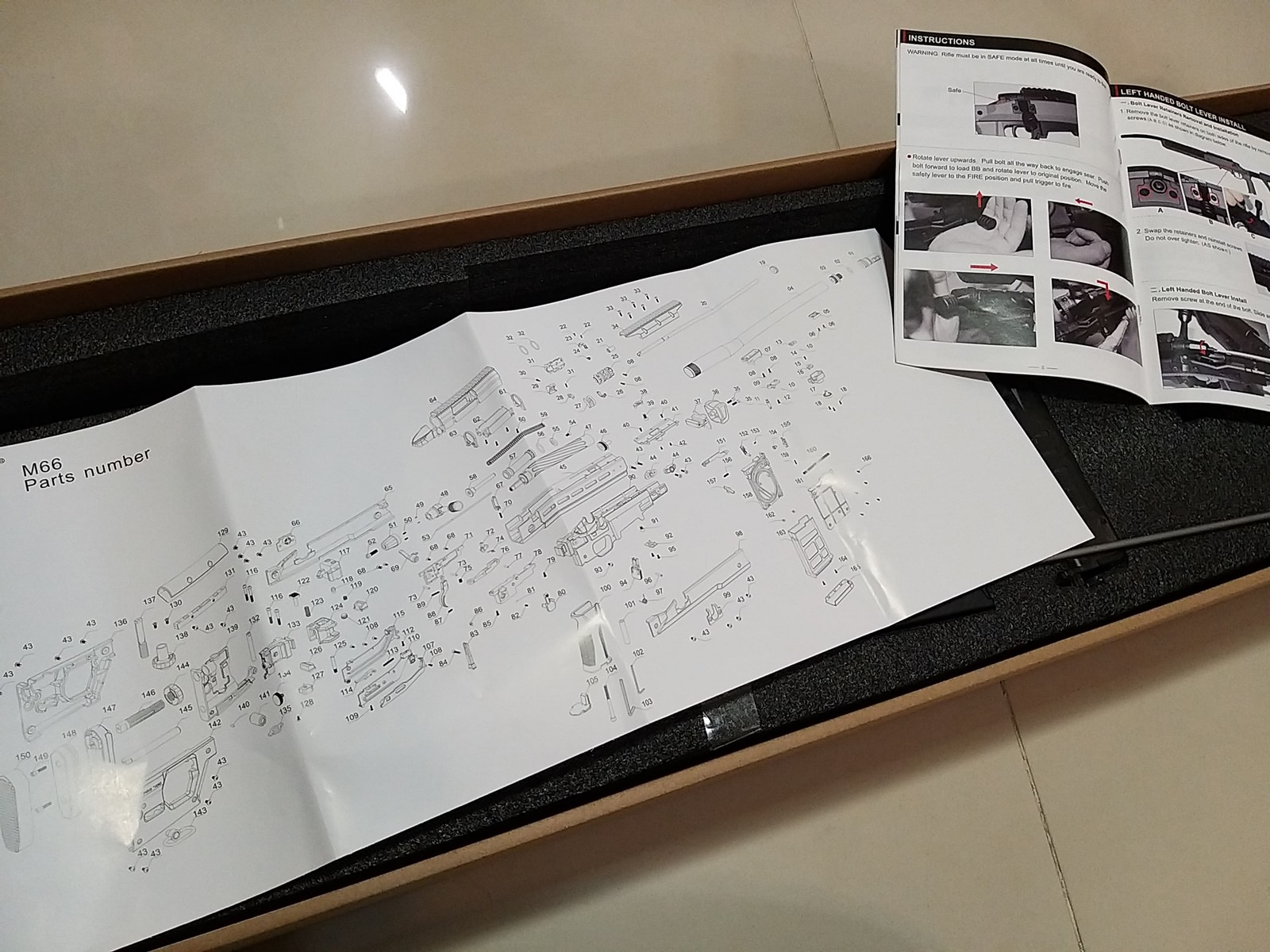
This rifle also comes with a colour printed instruction leaflet (which, weirdly, the pictures are all in black and white for some reason).
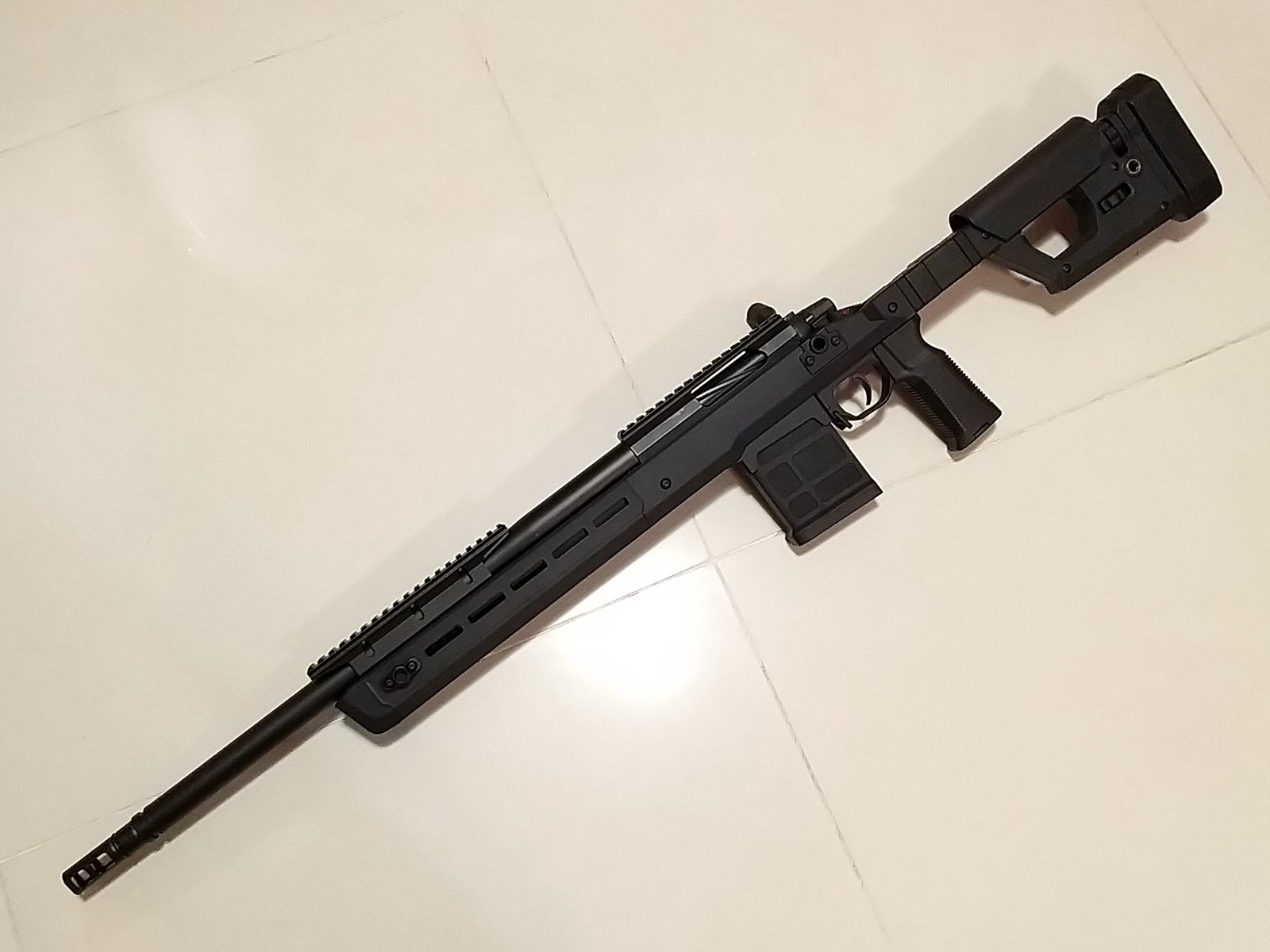
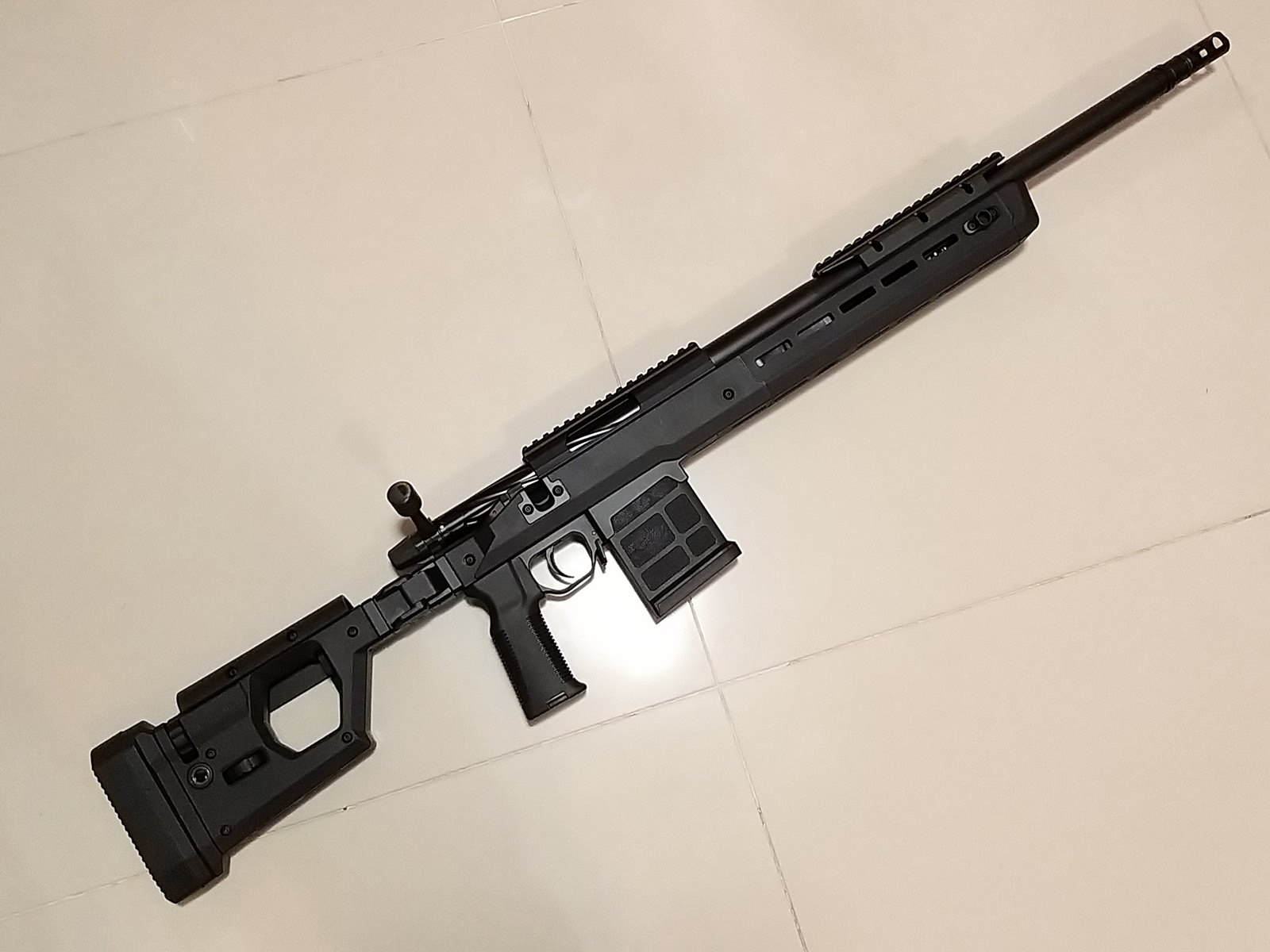
The rifle itself. This rifle doesn't come with any extra accessories, not even M-lok rail pieces nor bipods. The rifle is tipped with a M40-esque flash hider. This gun is completely modelled from the Magpul Pro 700 which, while not necessarily aesthetically pleasing, is a highly functional design.
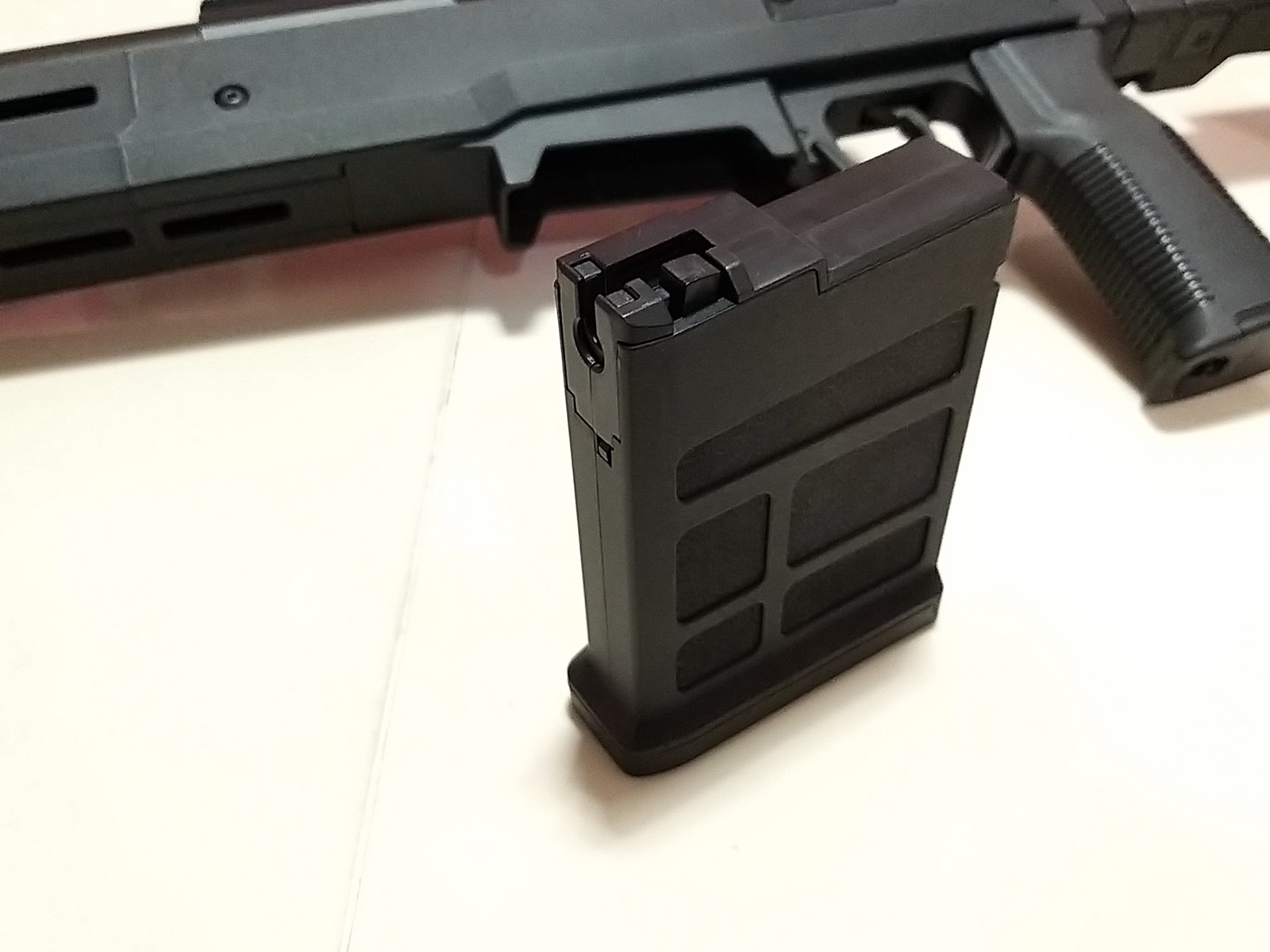
This gun has a feeding system is a copy of the Marui M40 system. Different from other feeding tube systems, the M40 system has a cut off system which, if the magazine ran out of BBs or the magazine isn't attached to the gun, the BB feeding tube will be blocked and no BBs will be fed into the hop up chamber, even if there are any BBs inside the feeding tube.
(note from translator: think Striker series or the SRS where you can tilt the gun and feed a BB into it - not happening with the Marui M40 system)
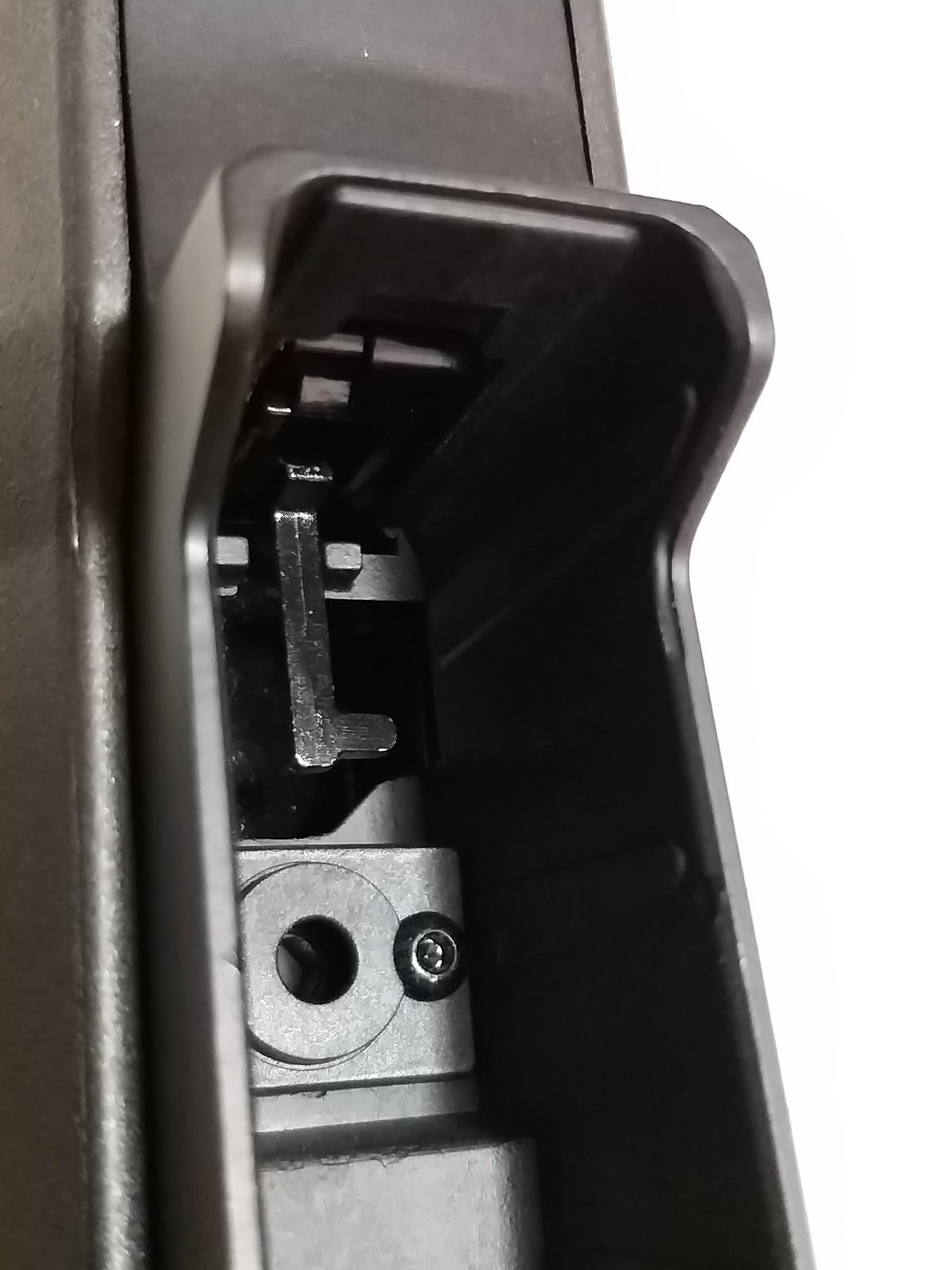
This is accomplished by a lever inside the magazine well which will be pushed against by the magazine - as long as this lever isn't engaged the feeding tube will be blocked on both sides, preventing BBs from being fed into the gun. Pressing this lever externally with a finger will cause all BBs to leave this tube, thereby clearing the rifle.


